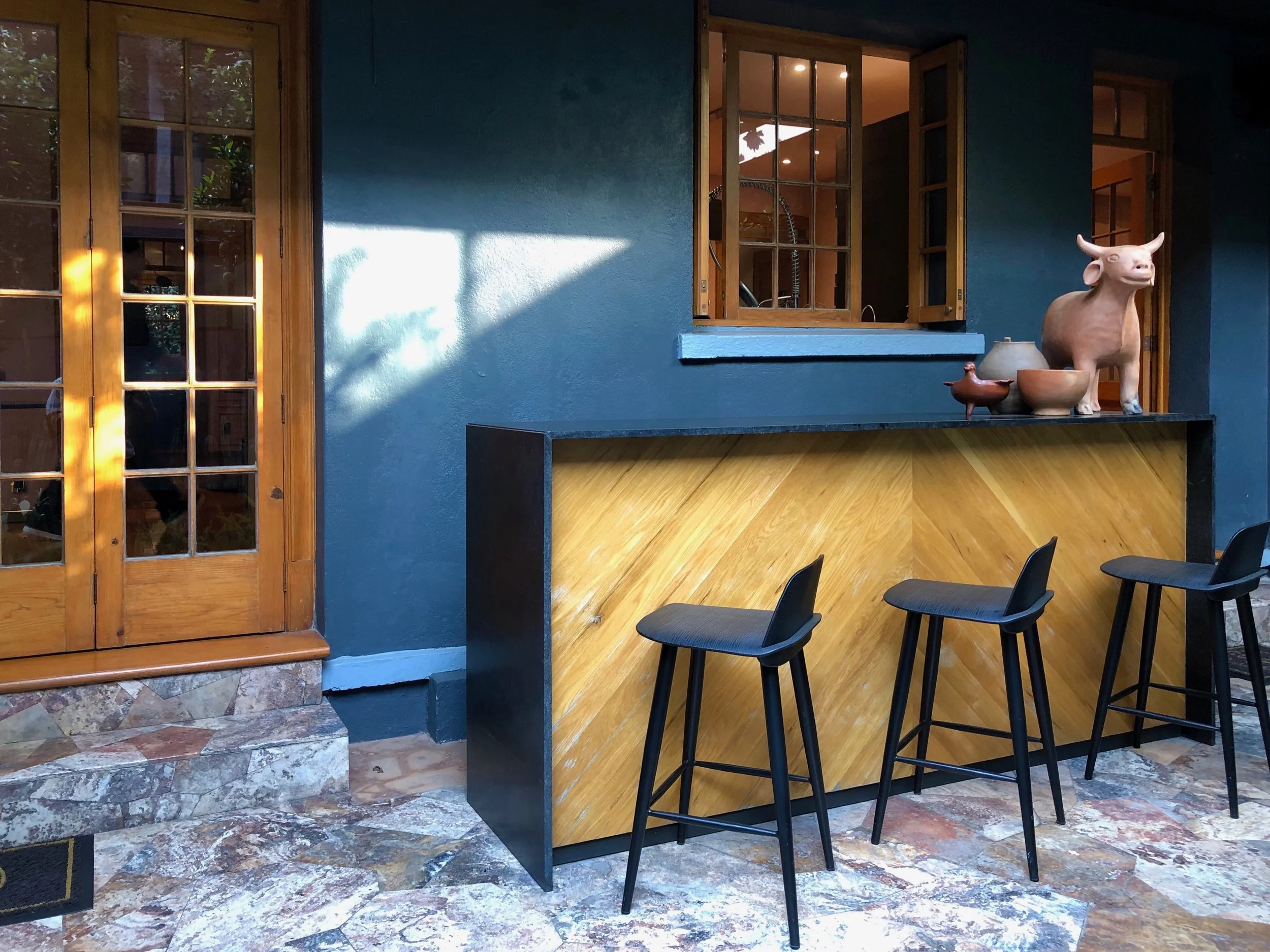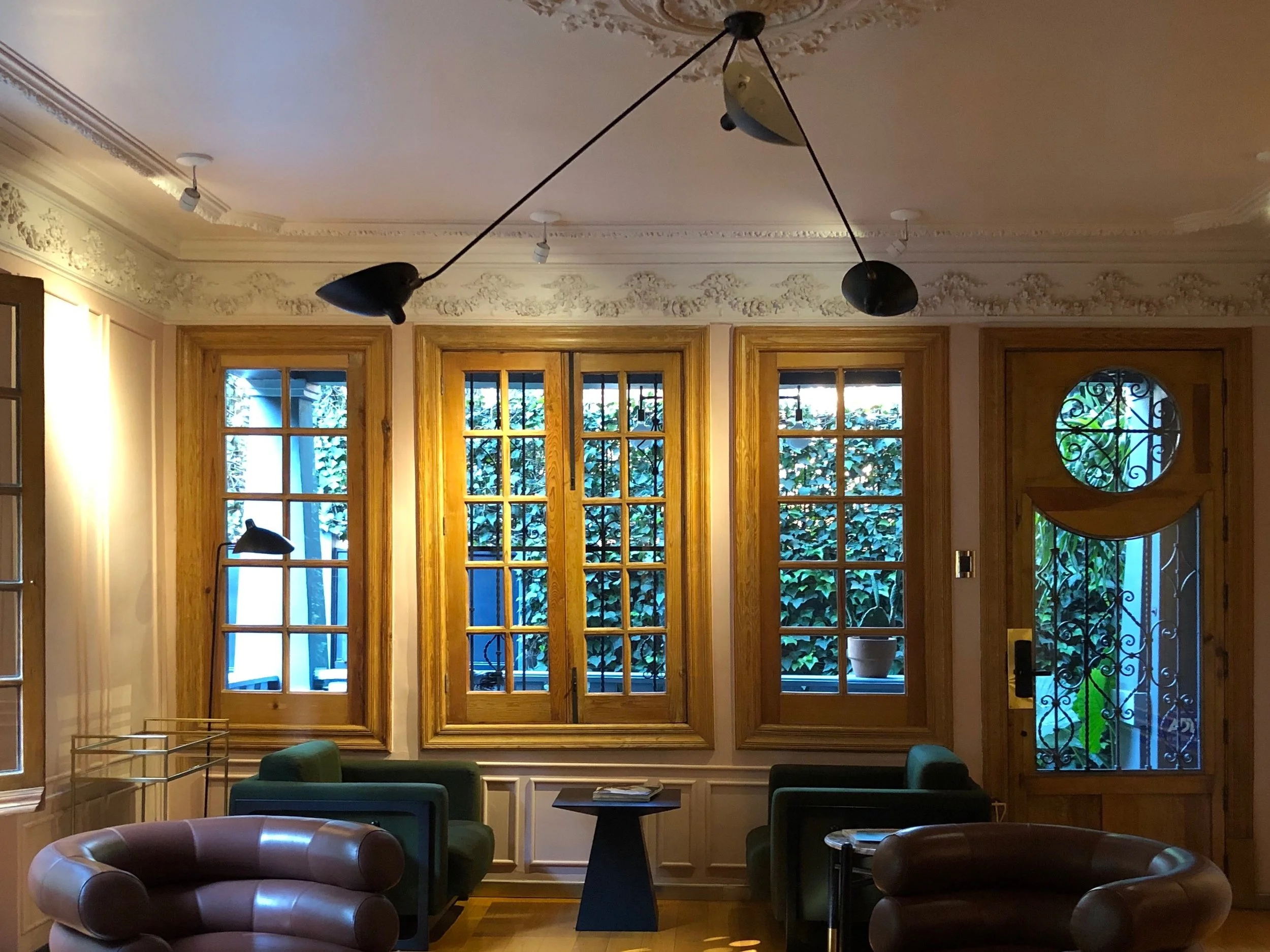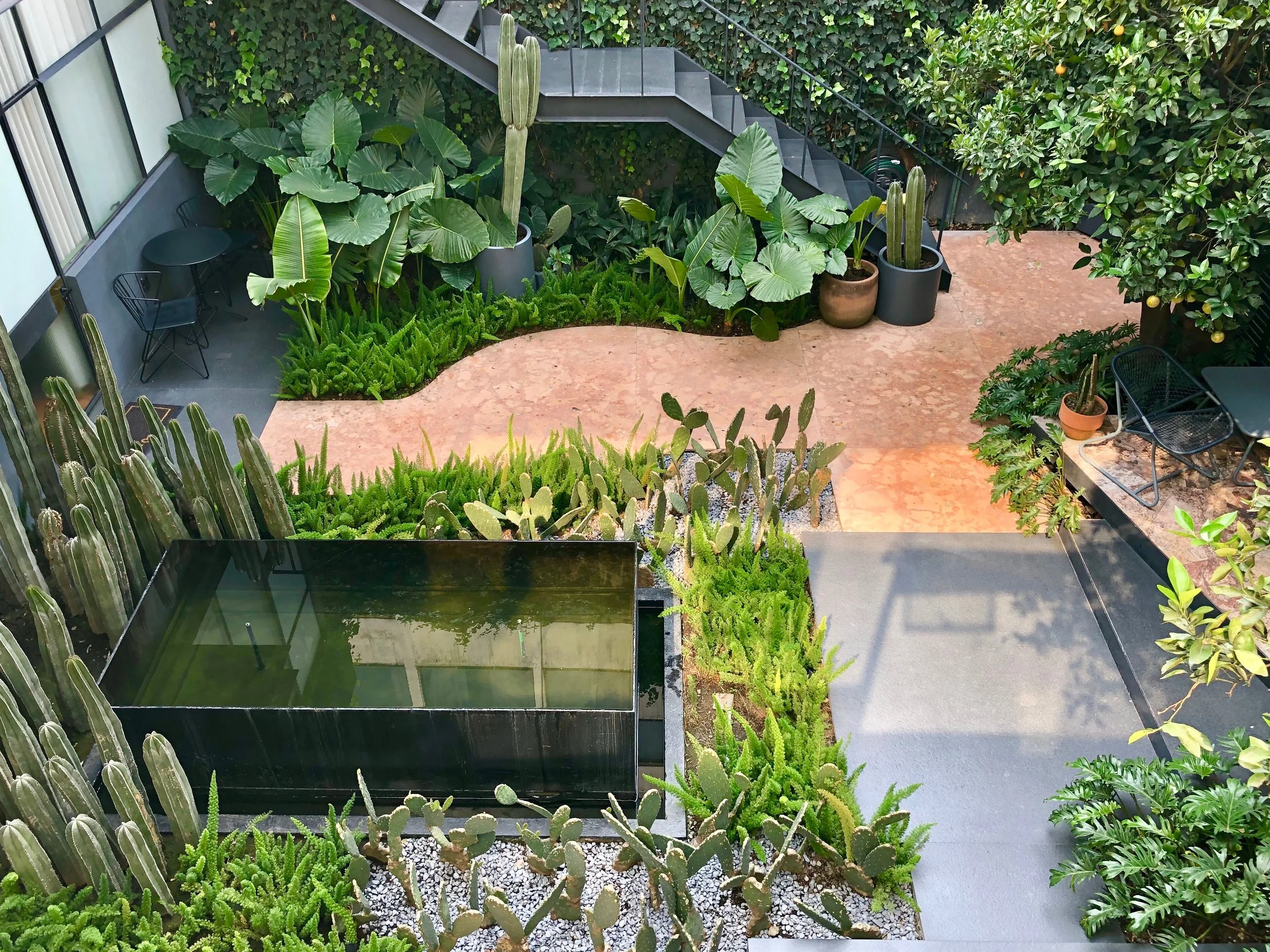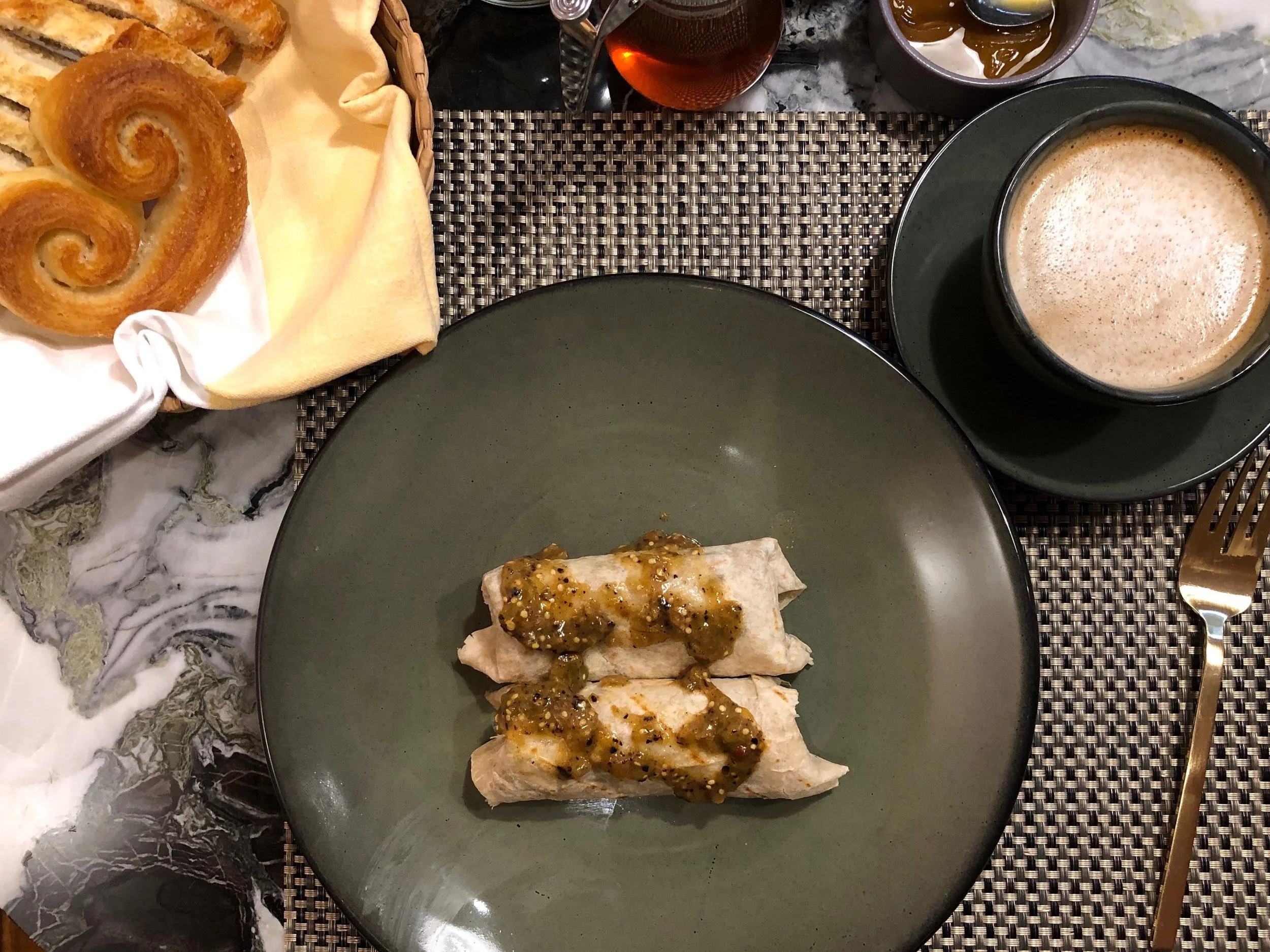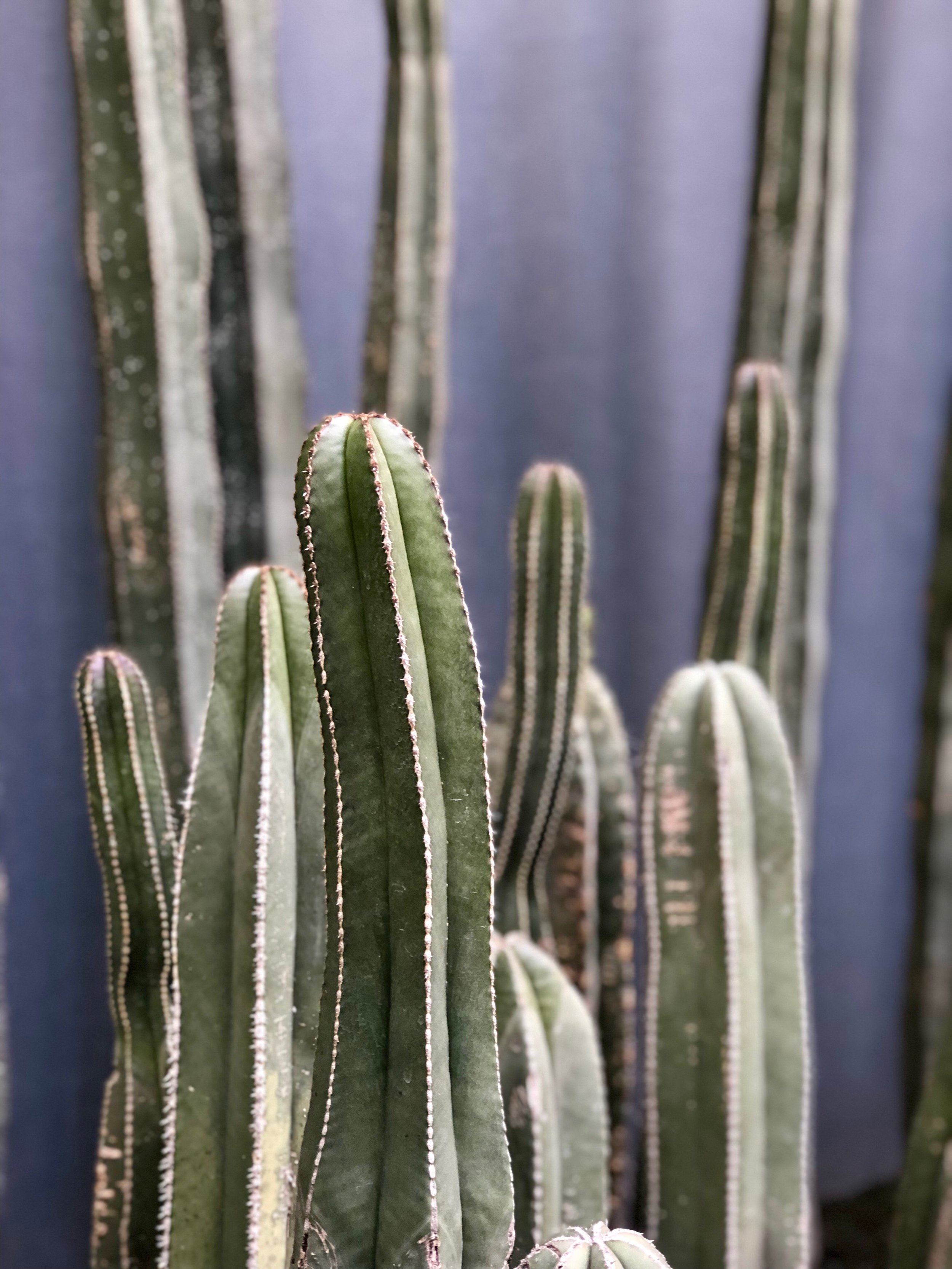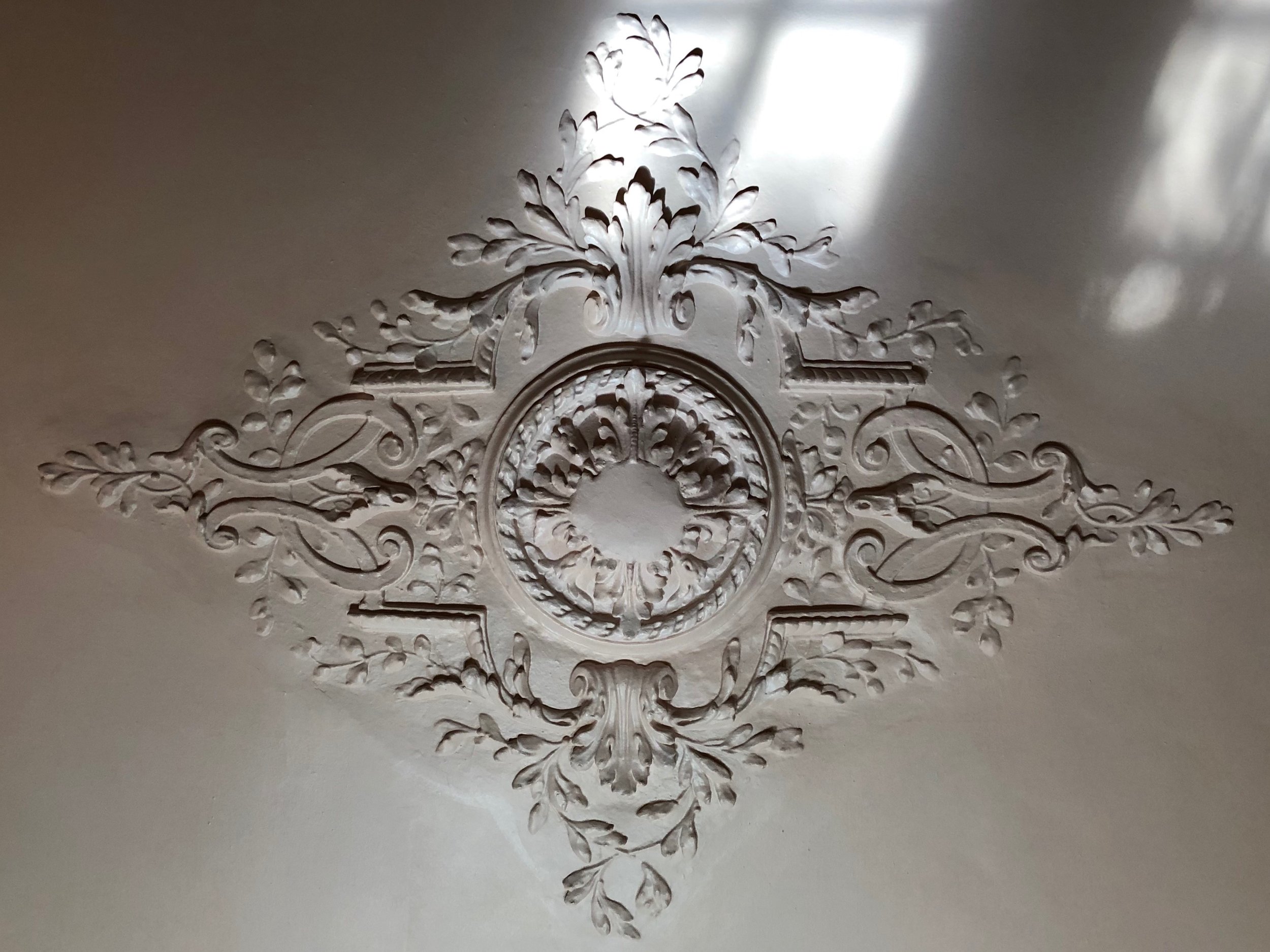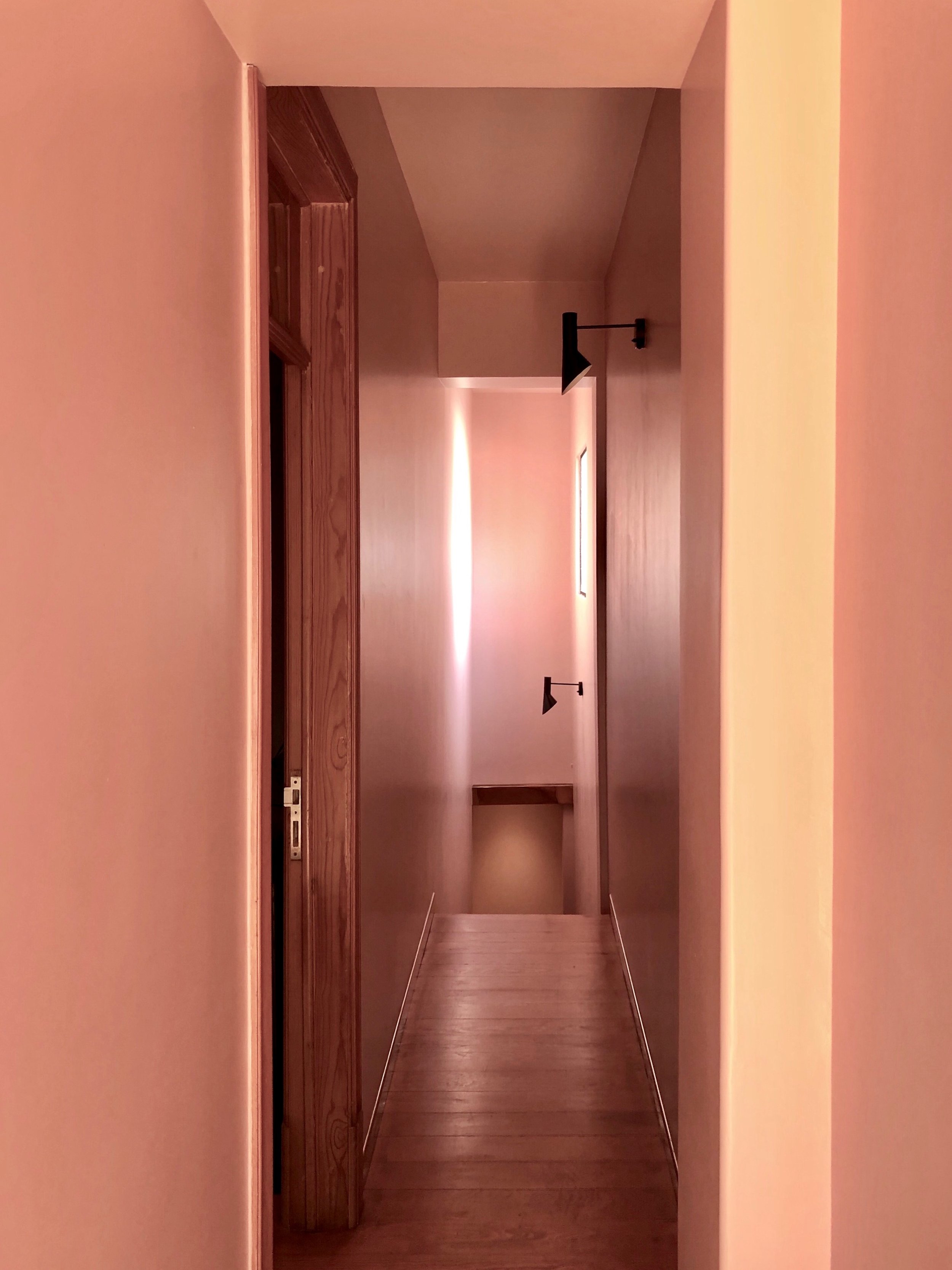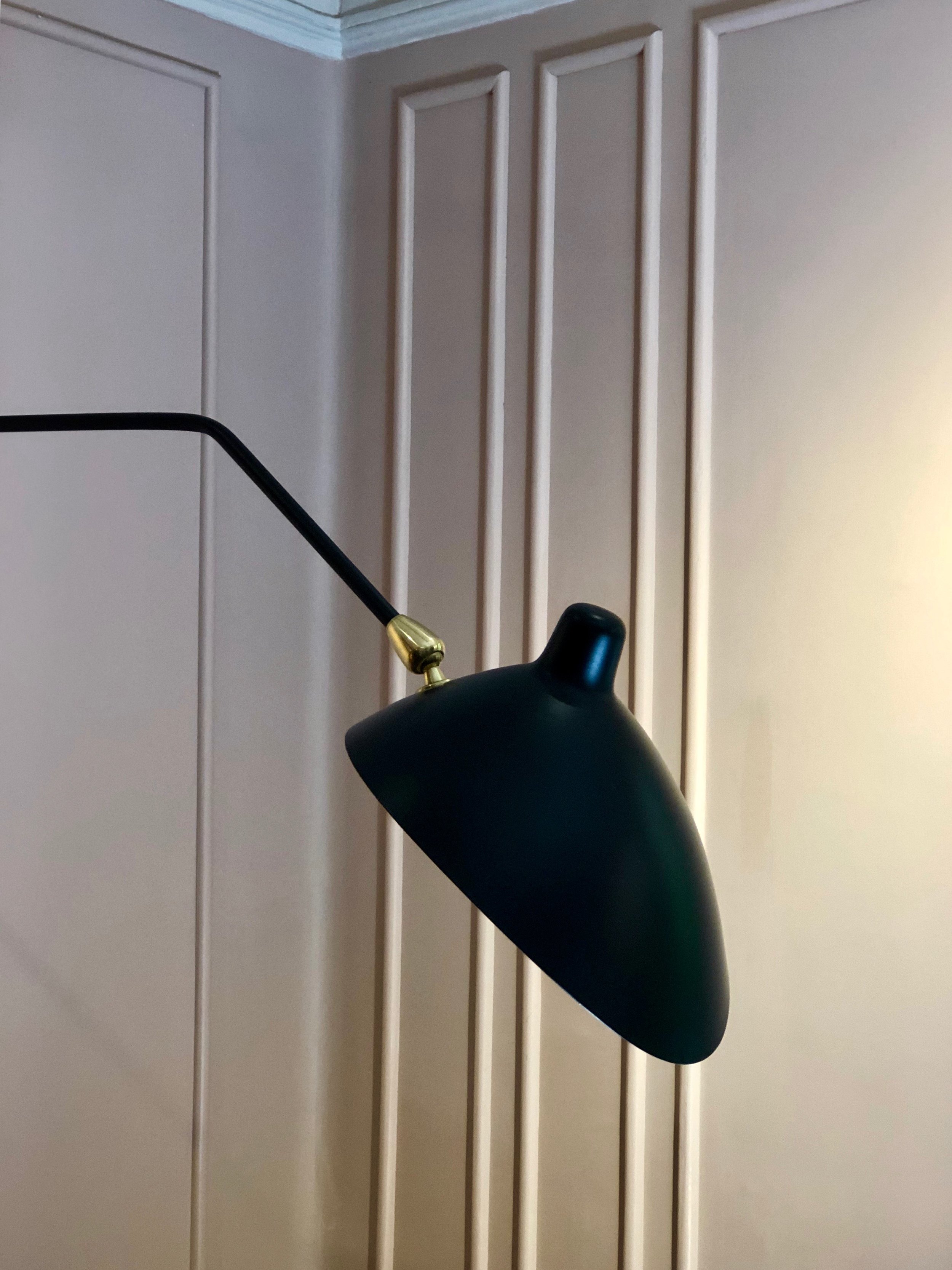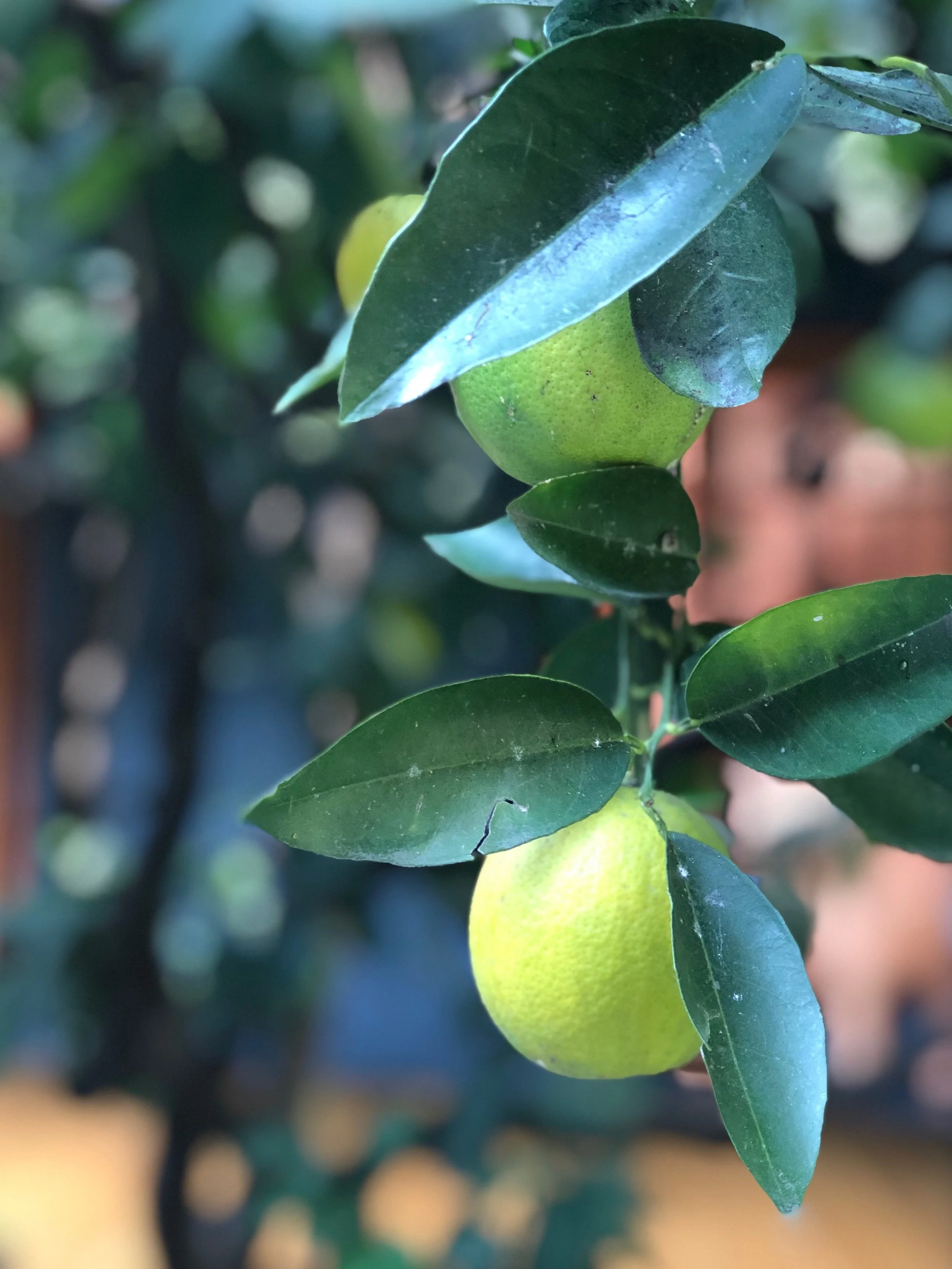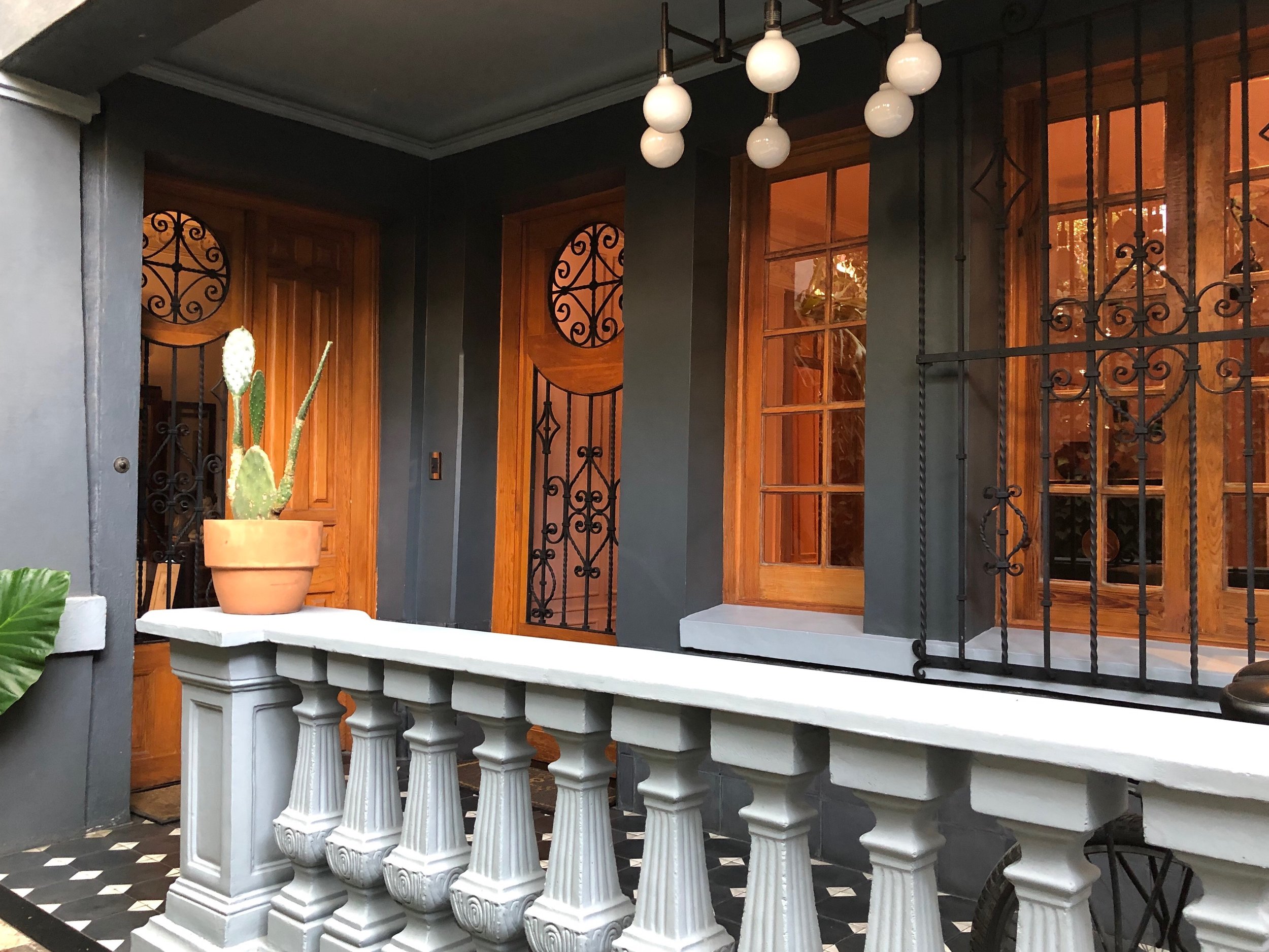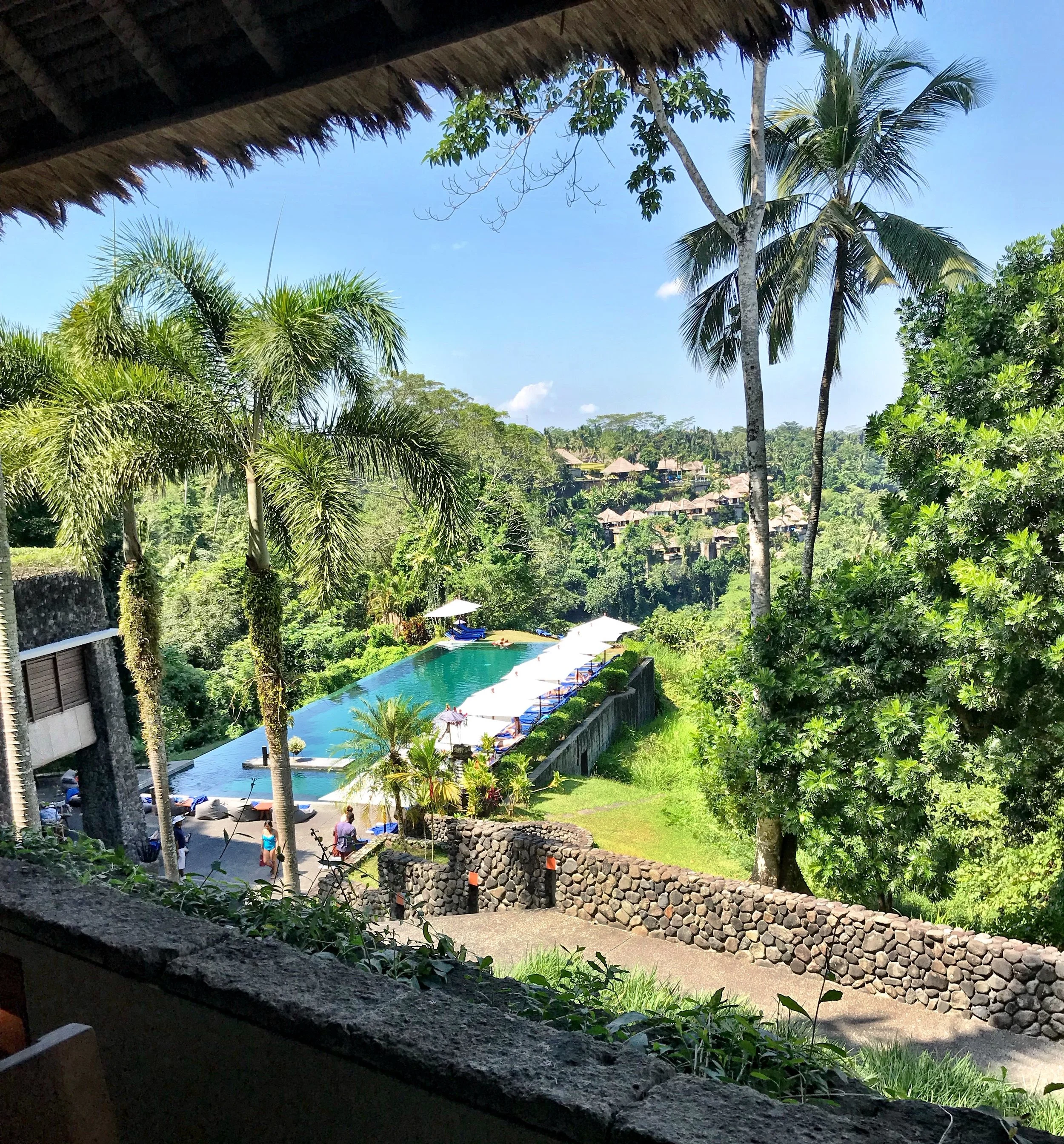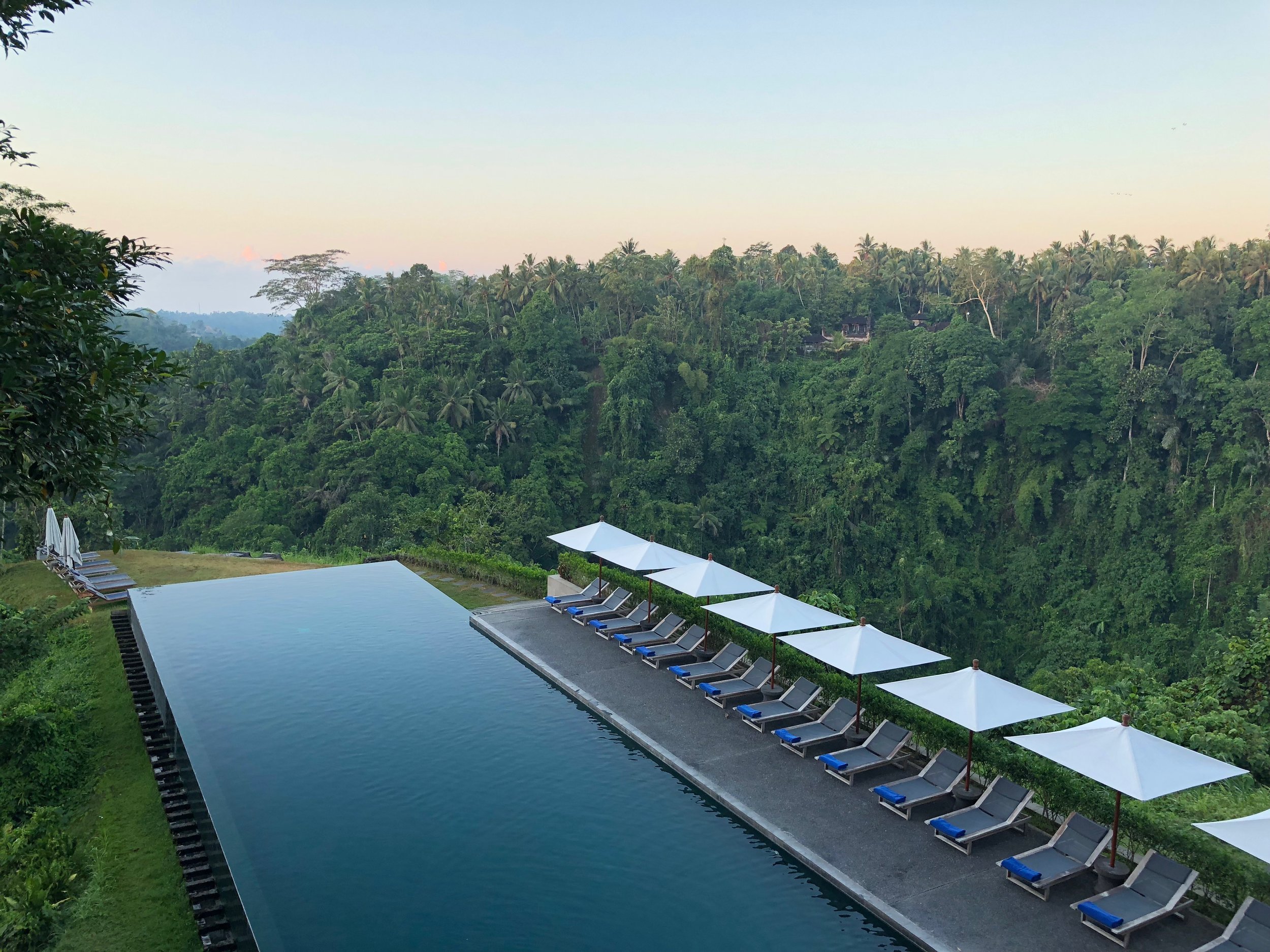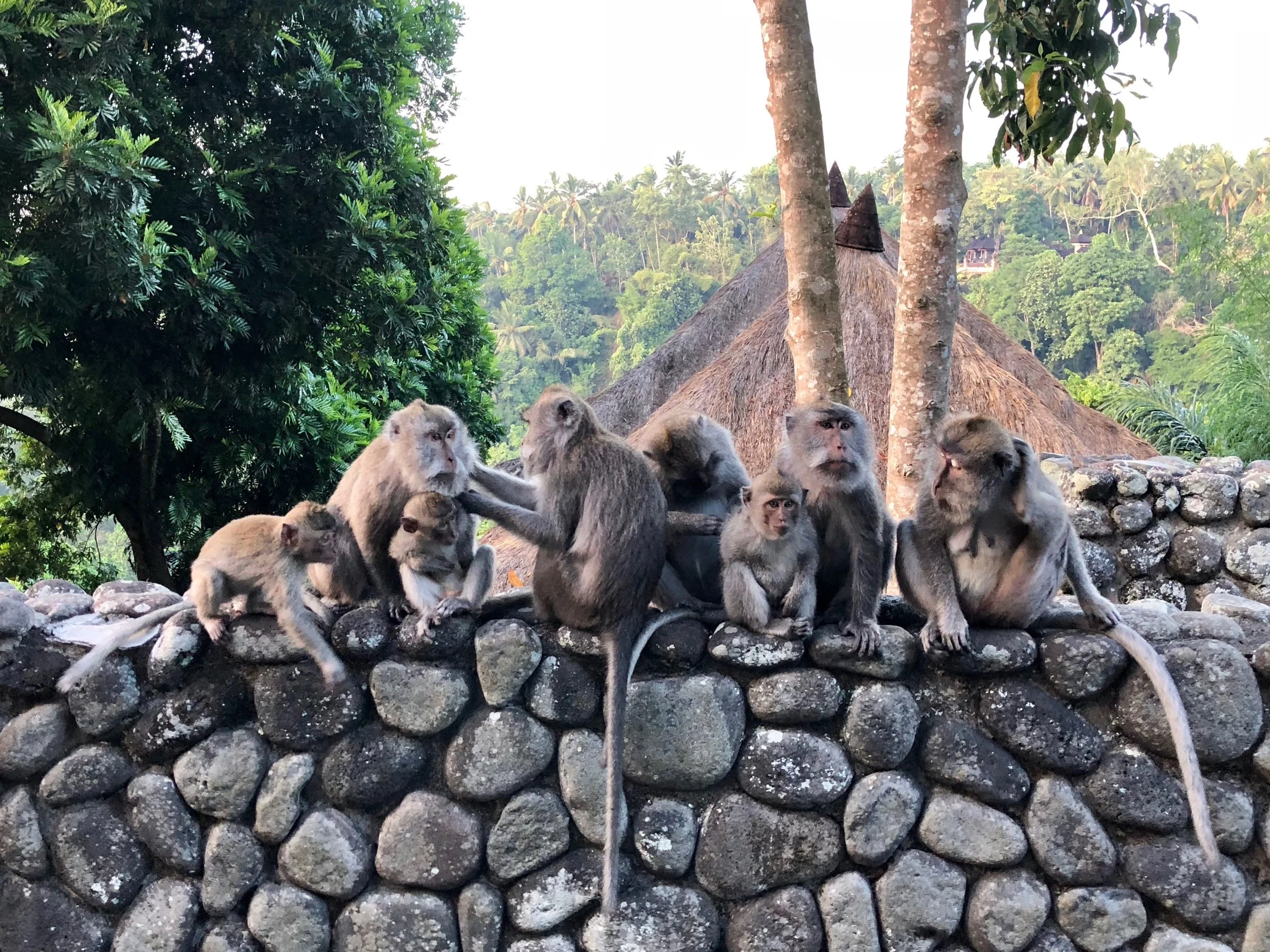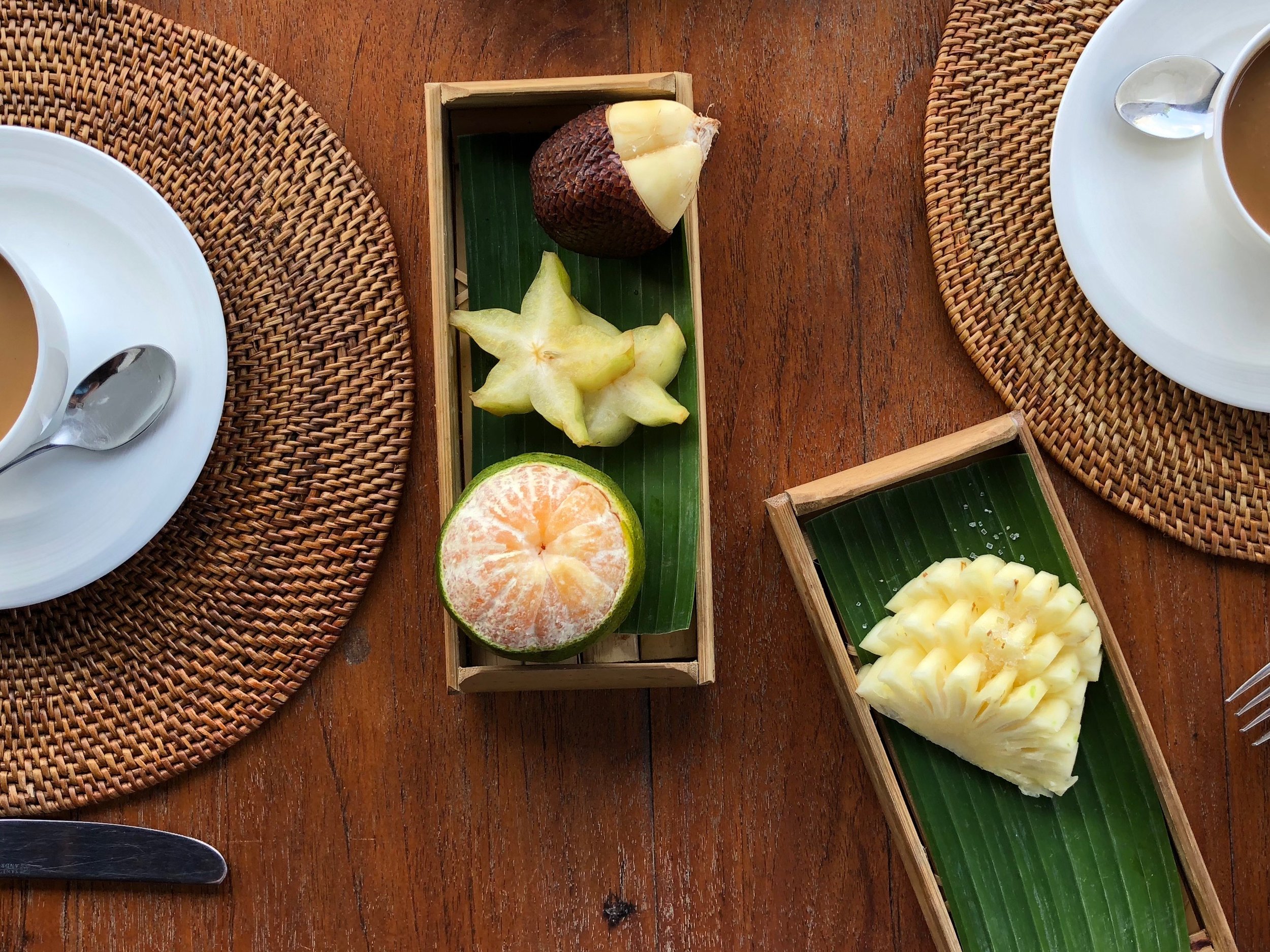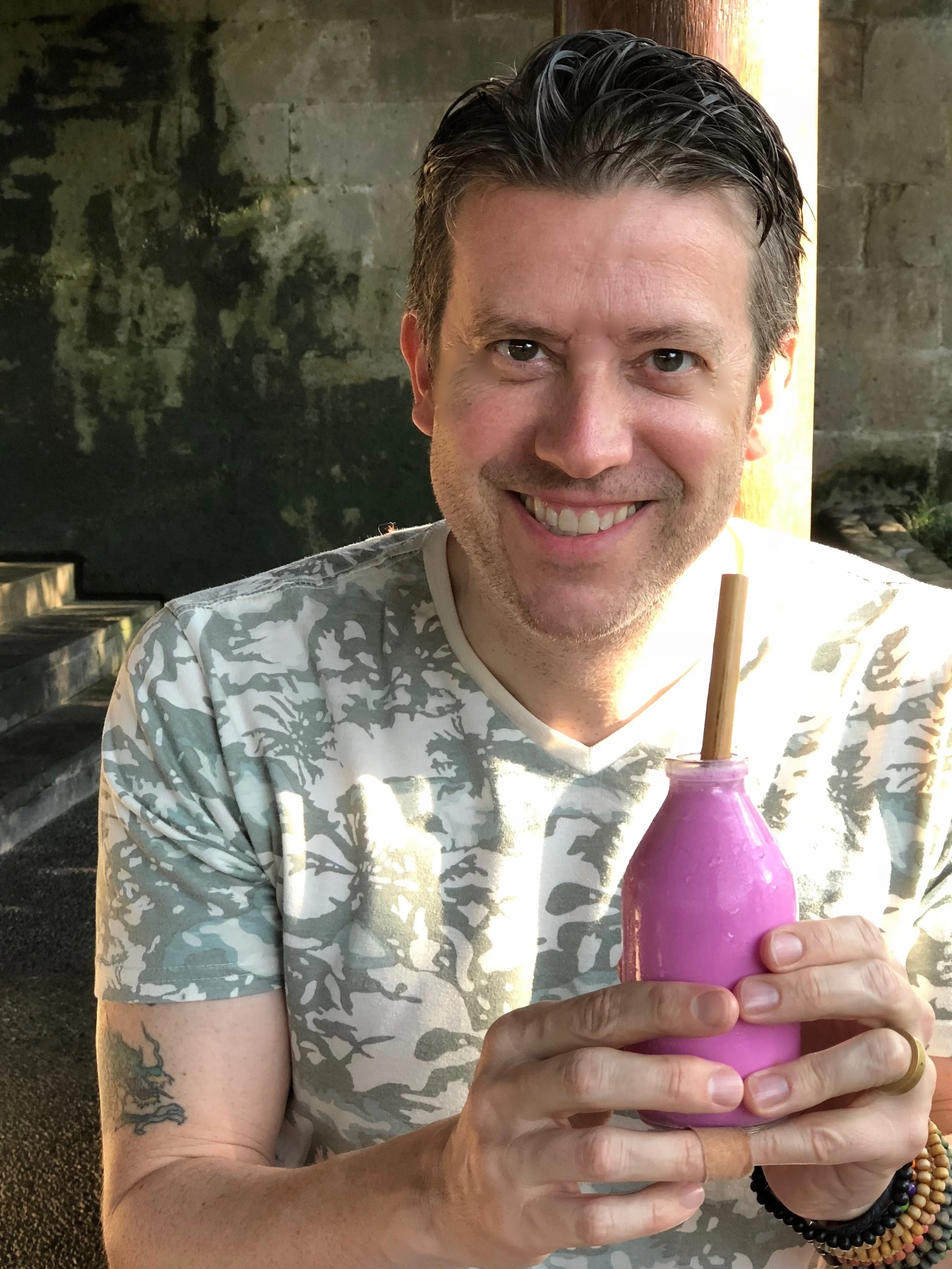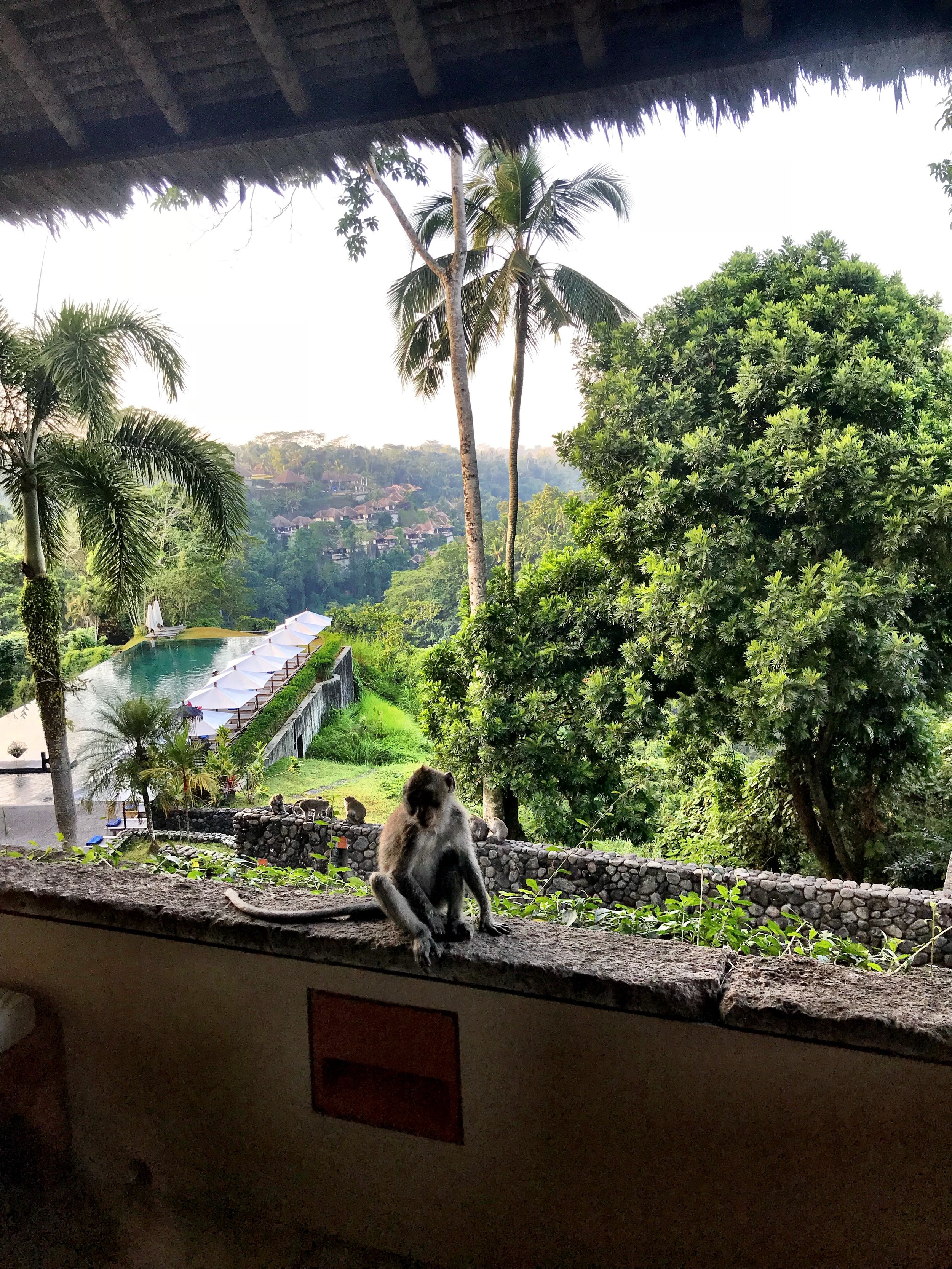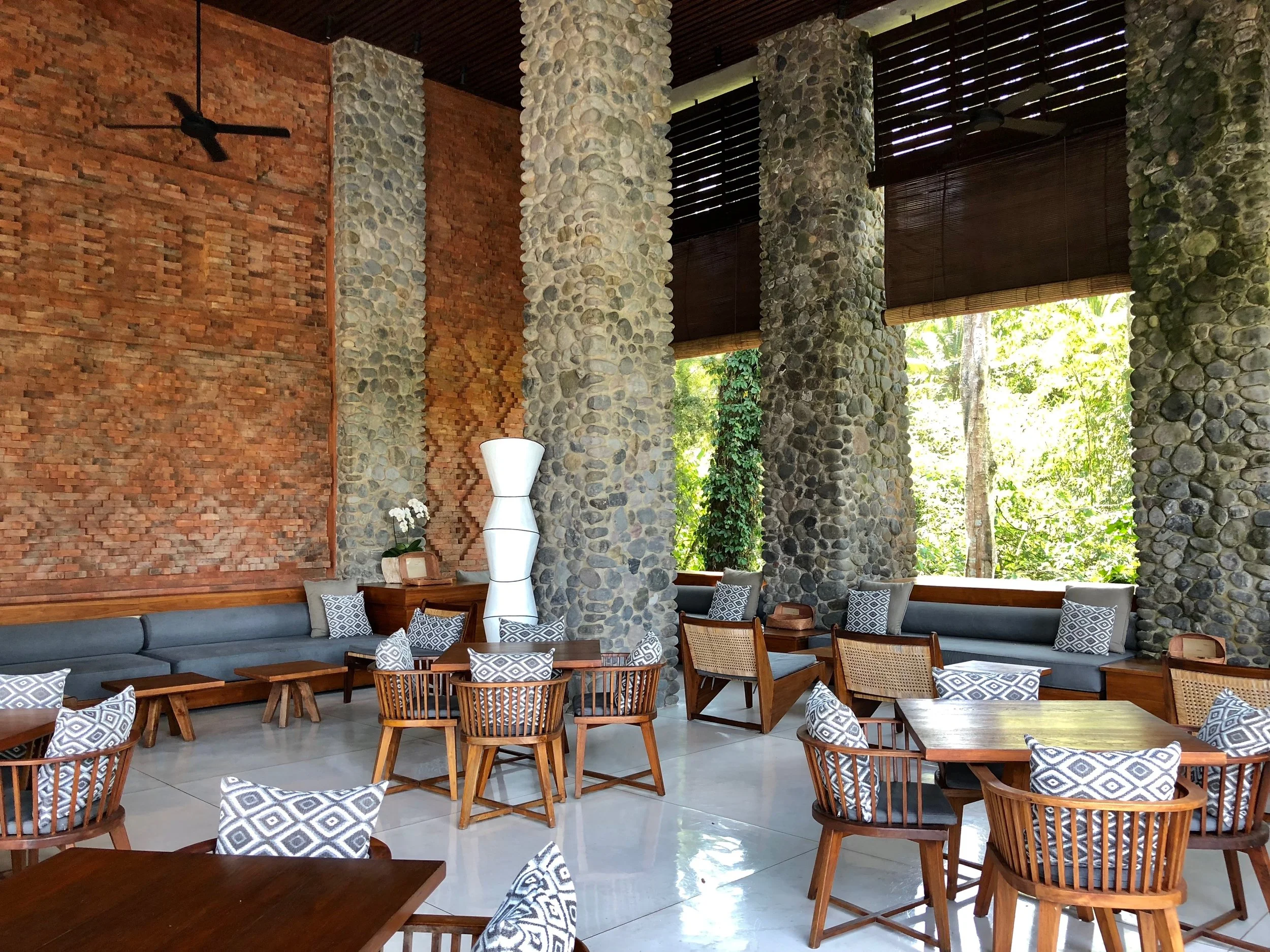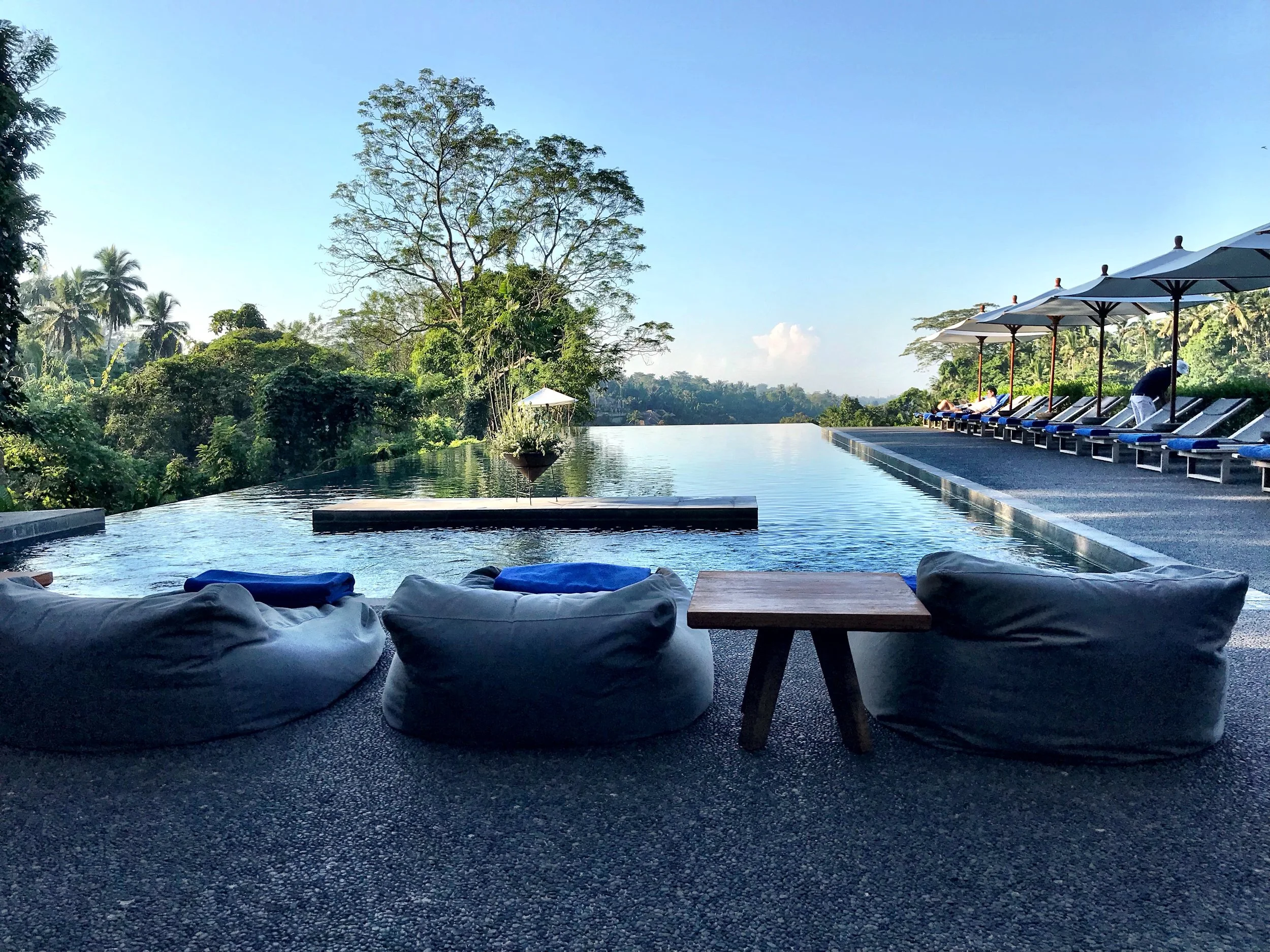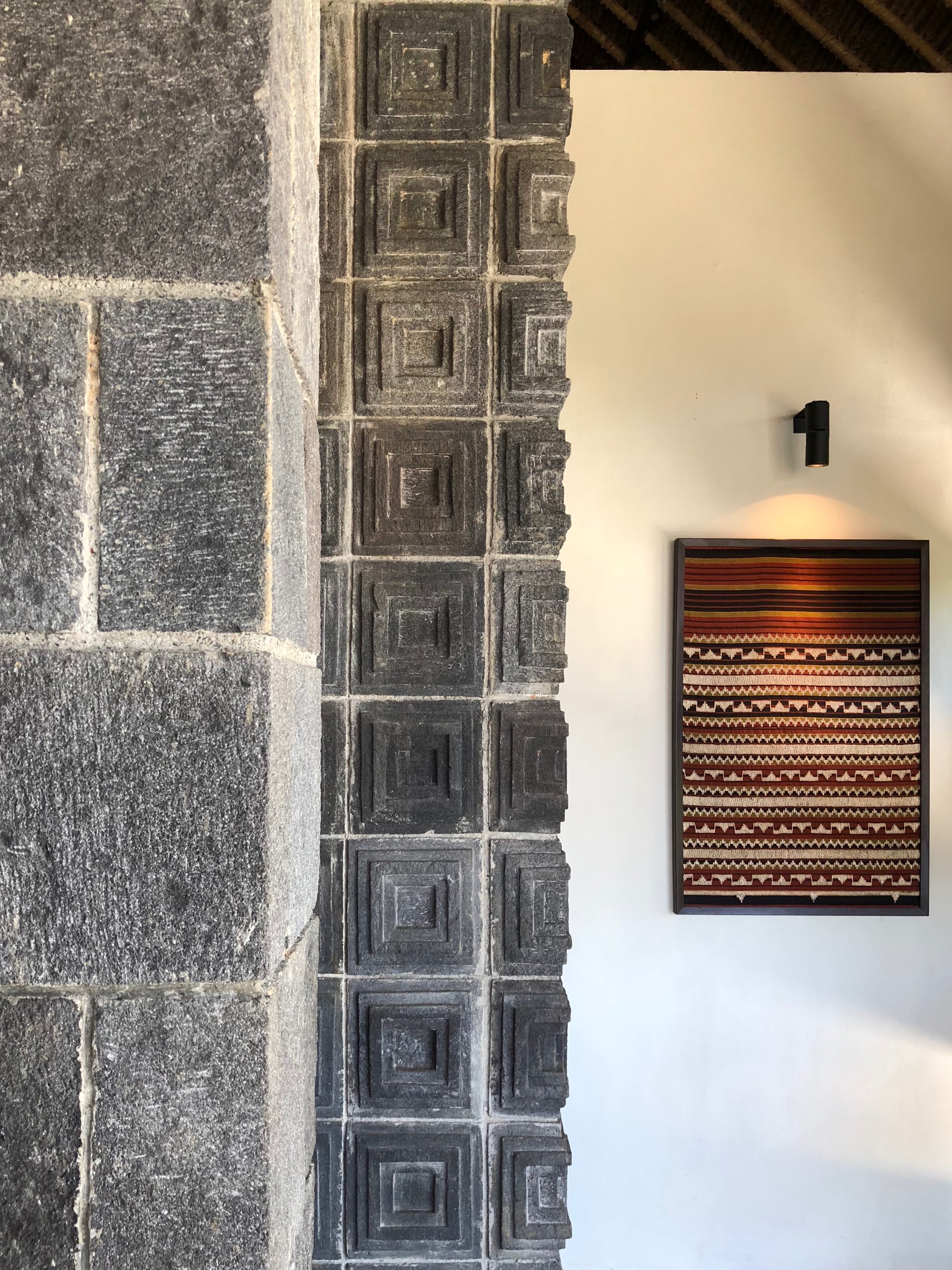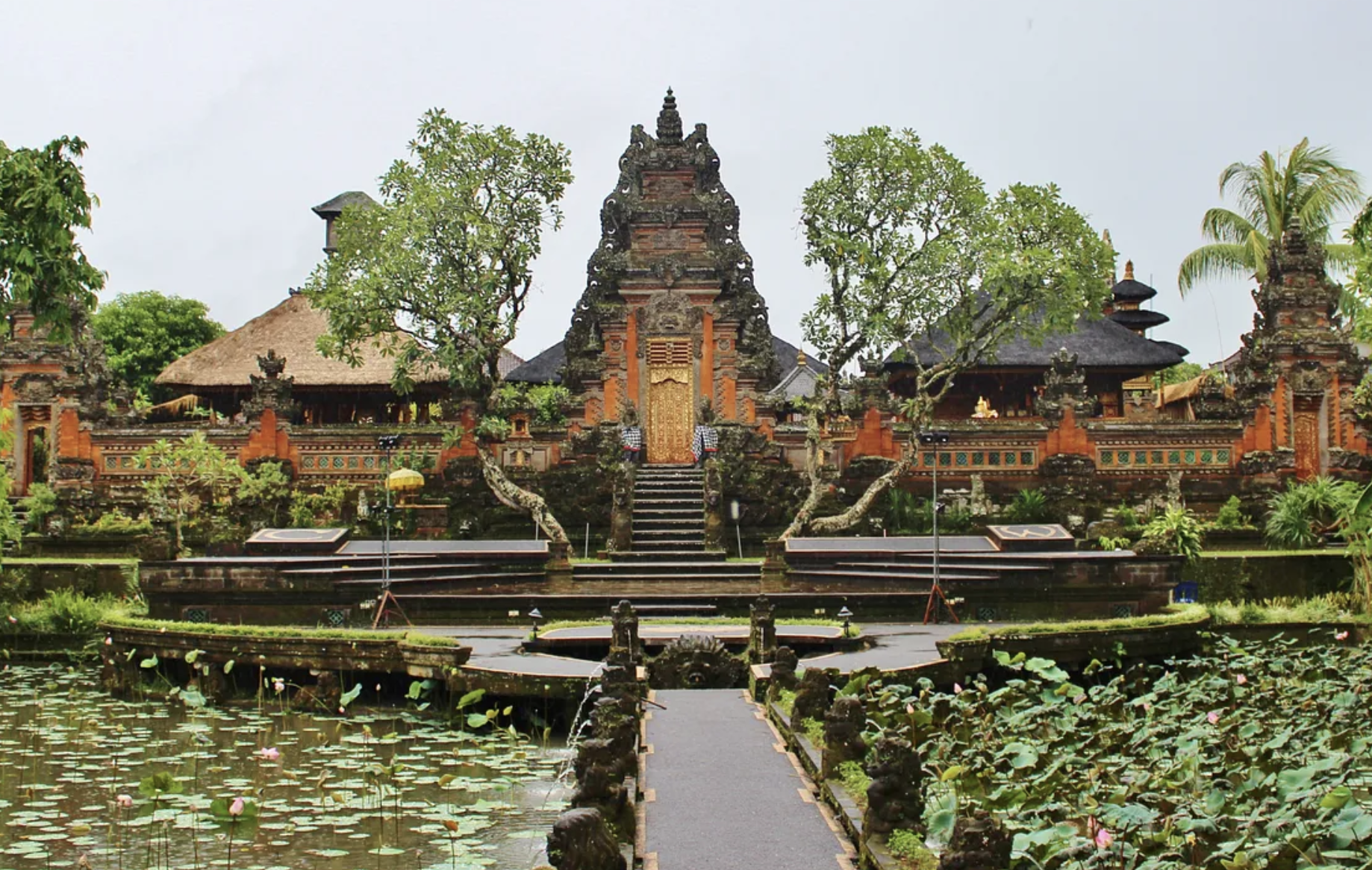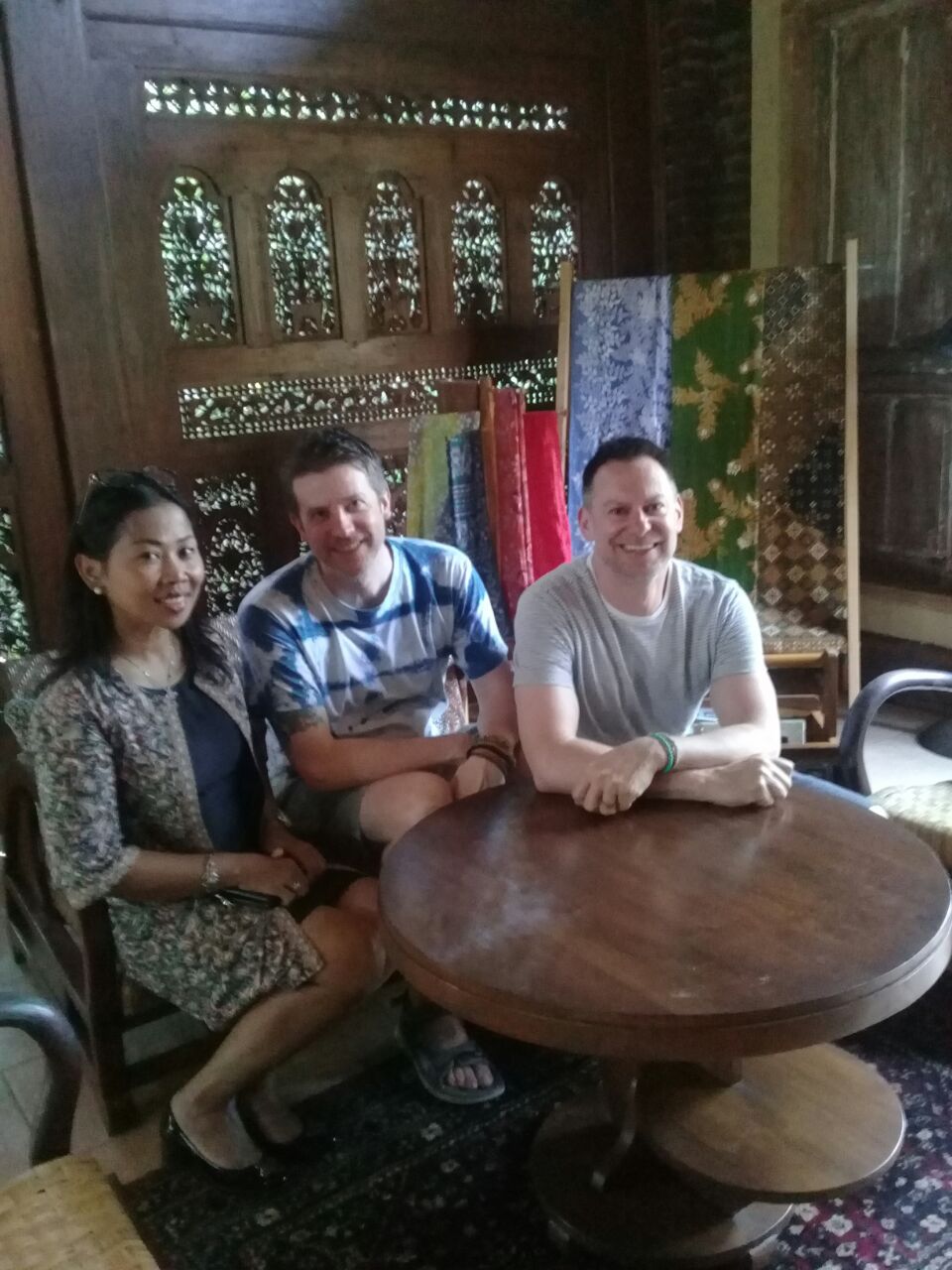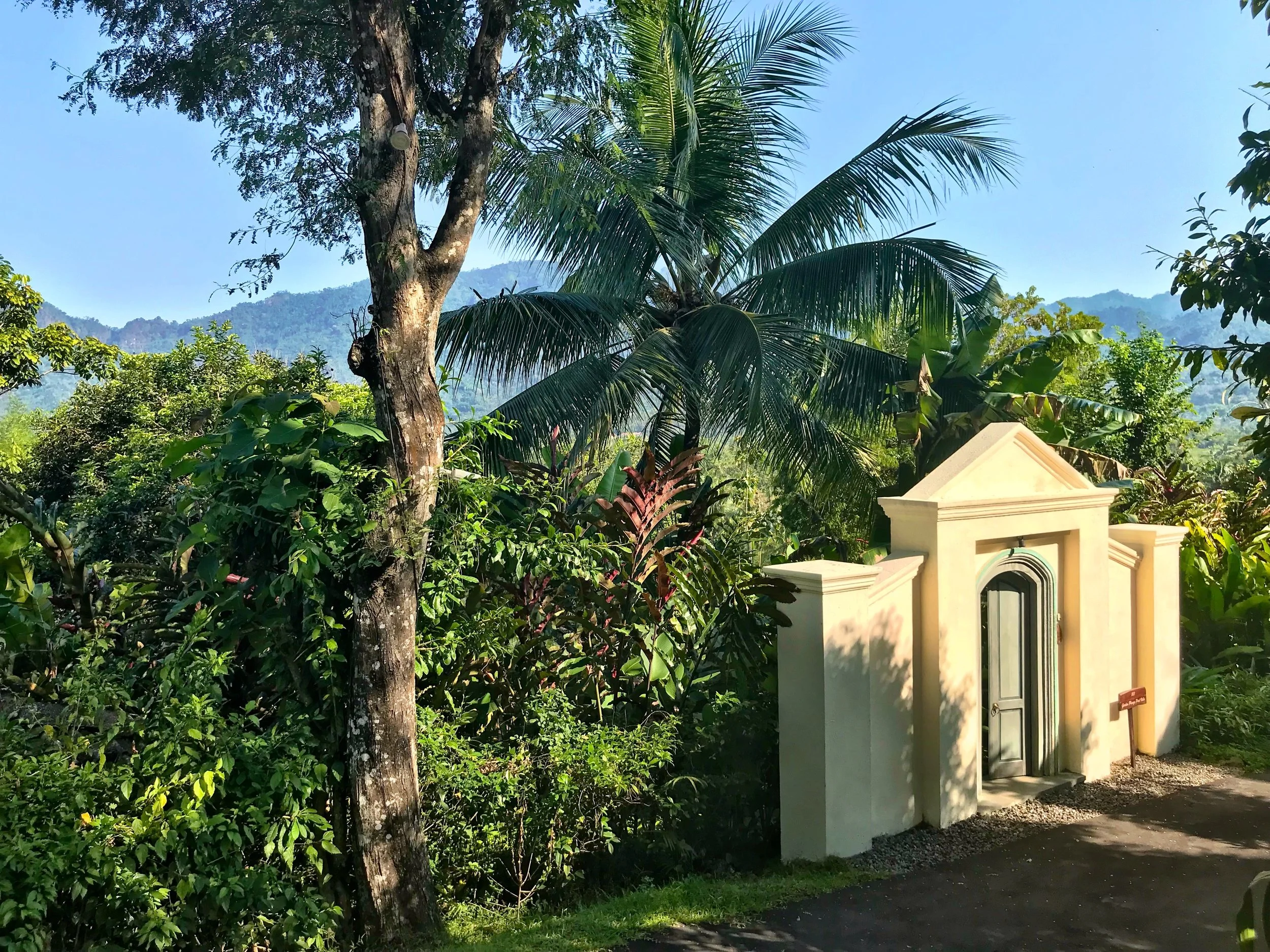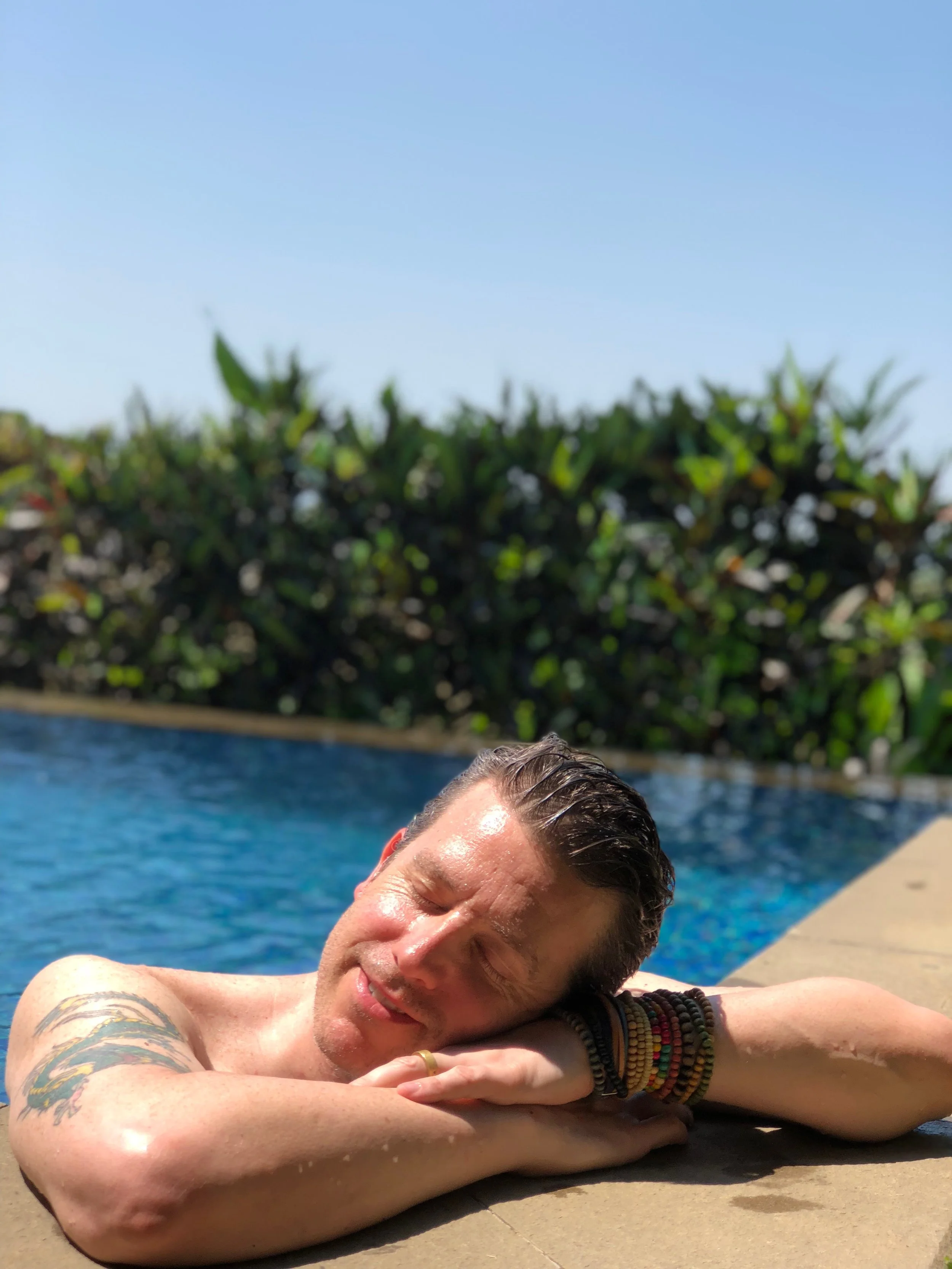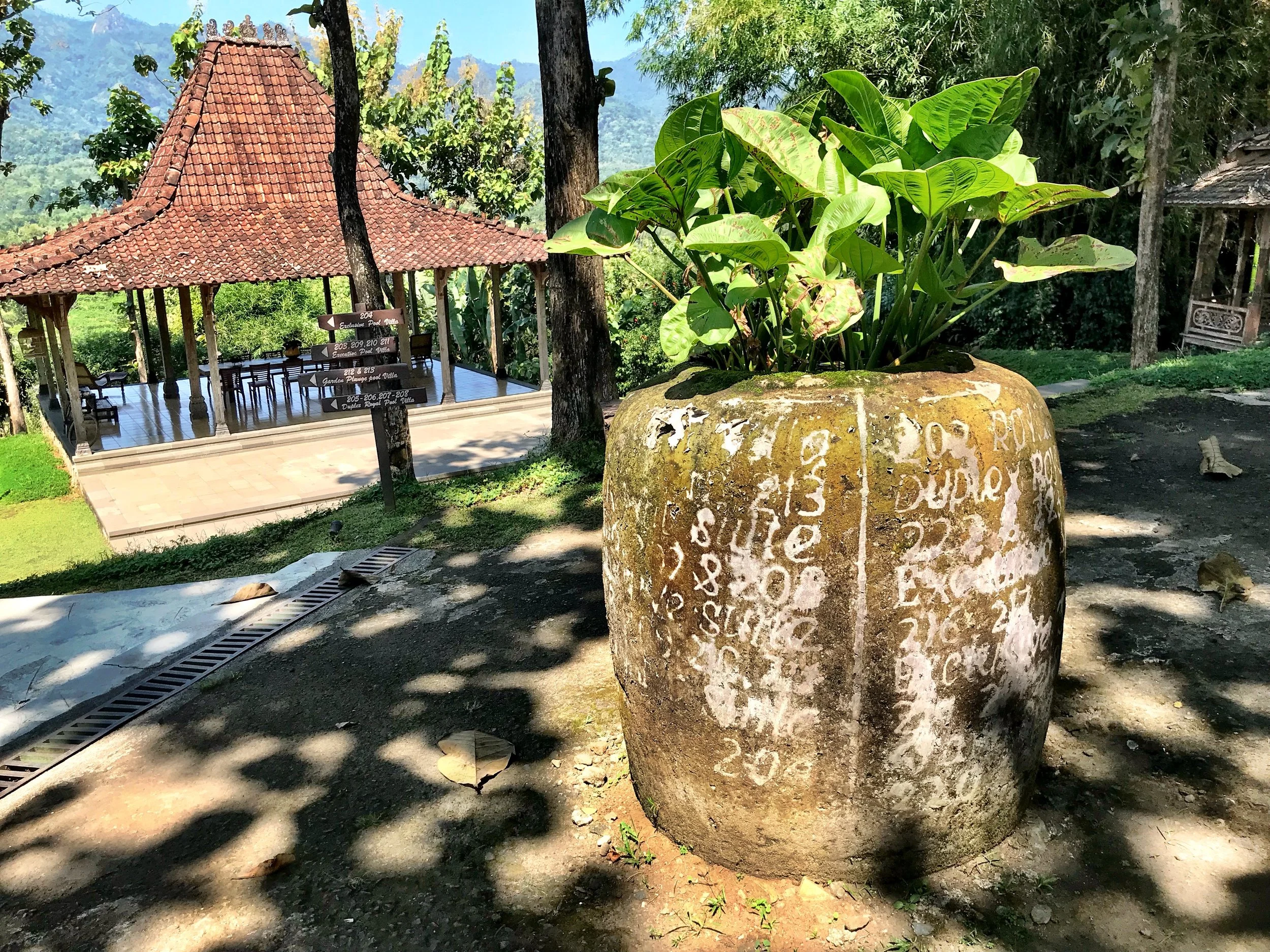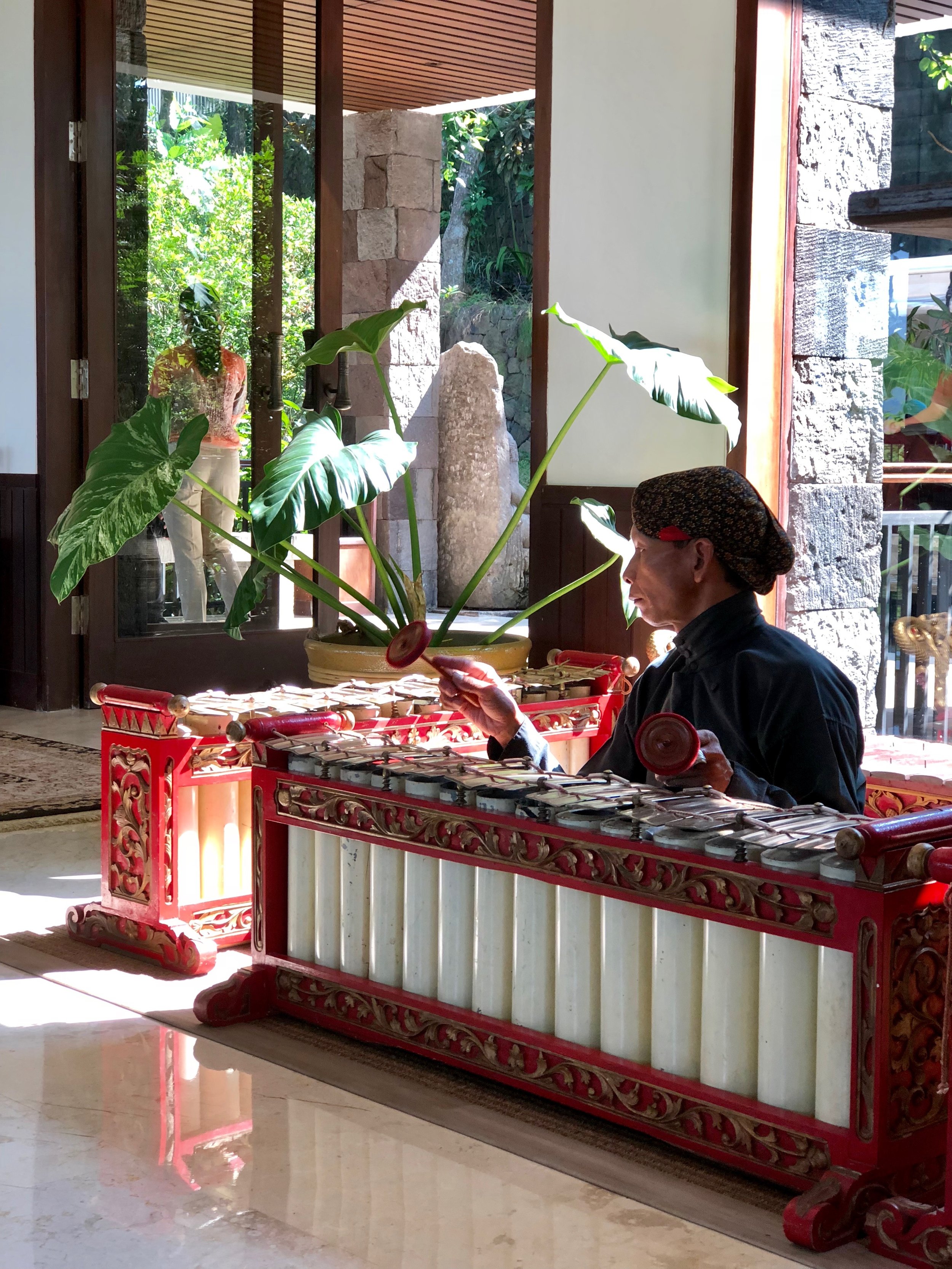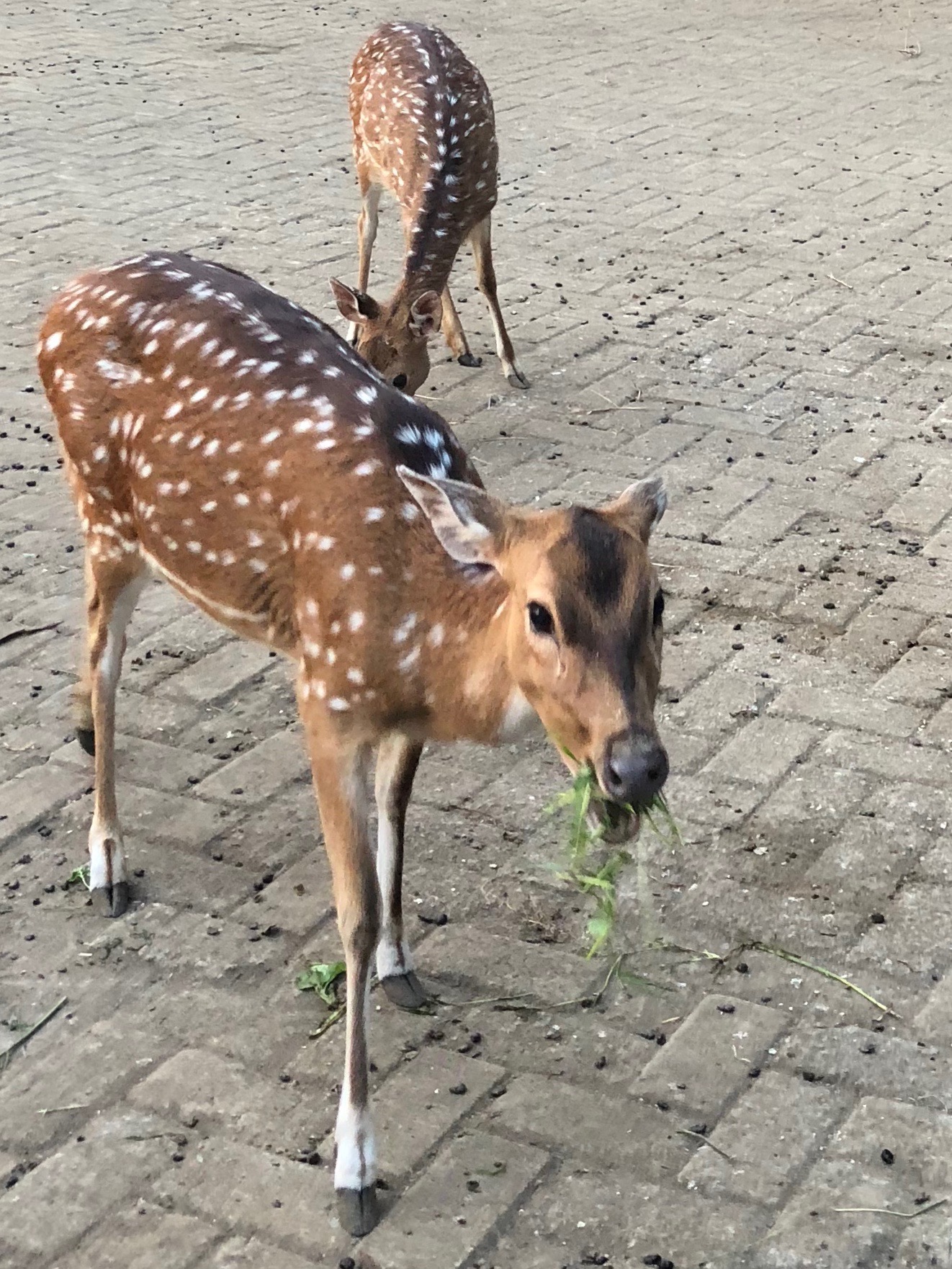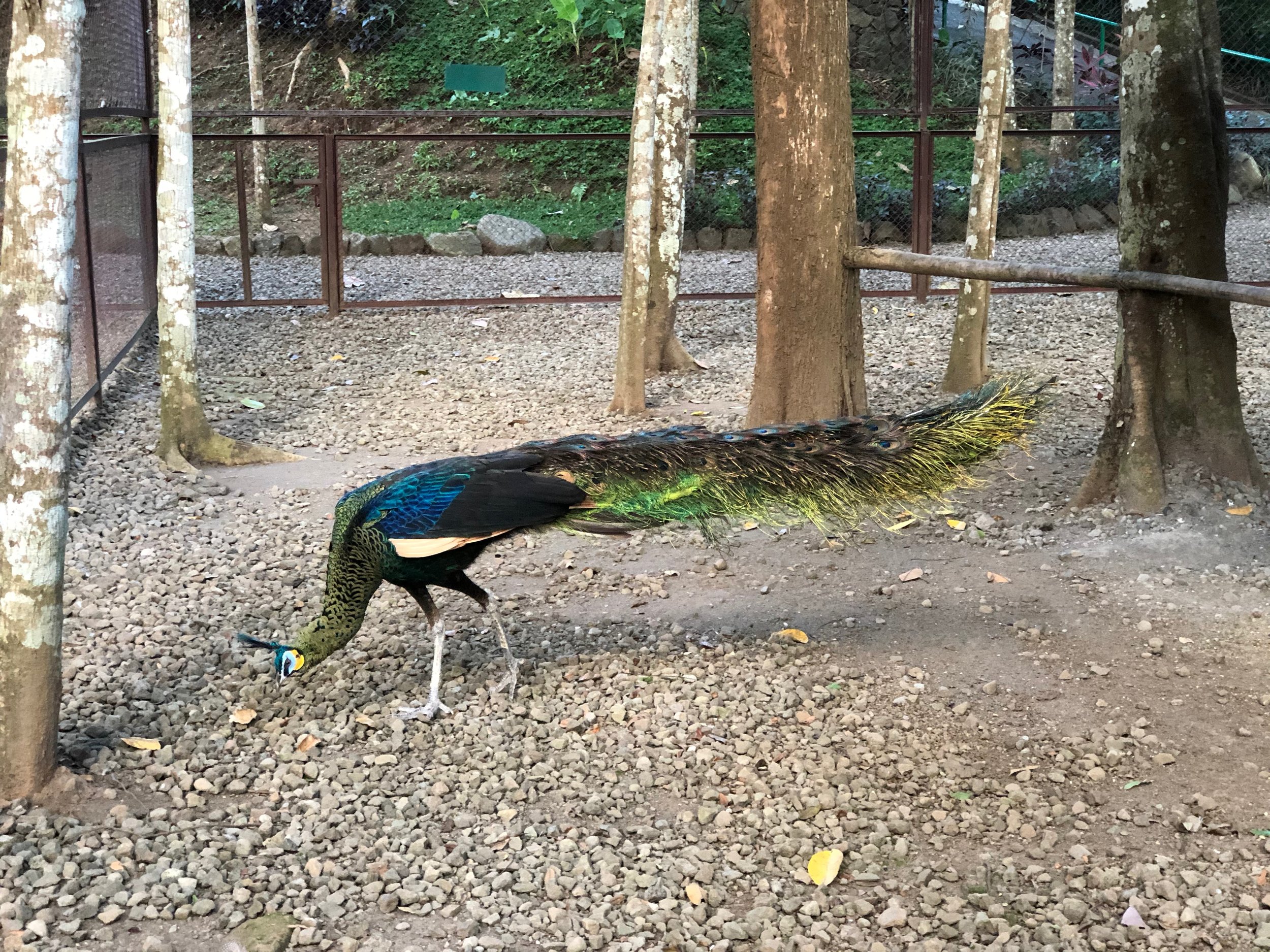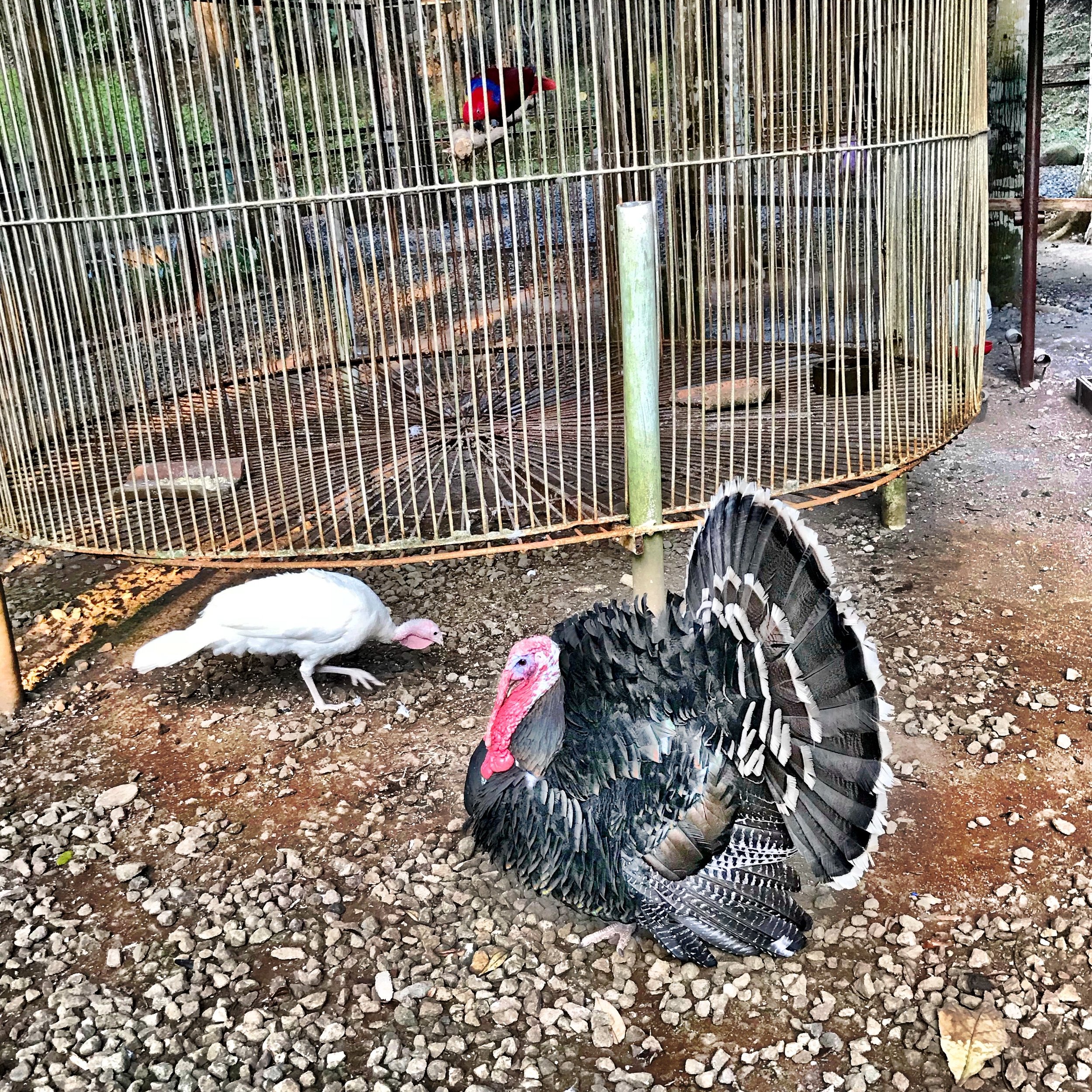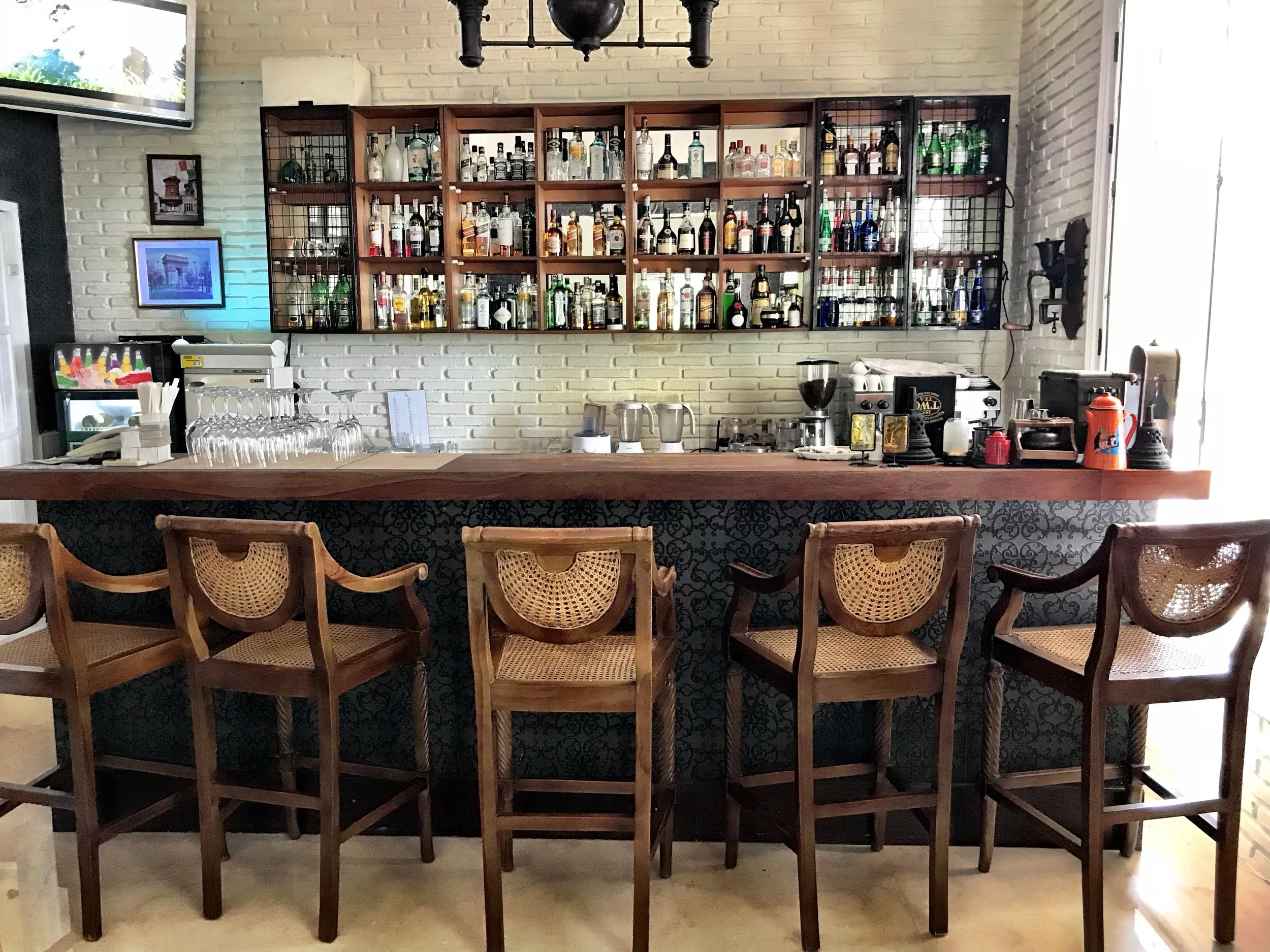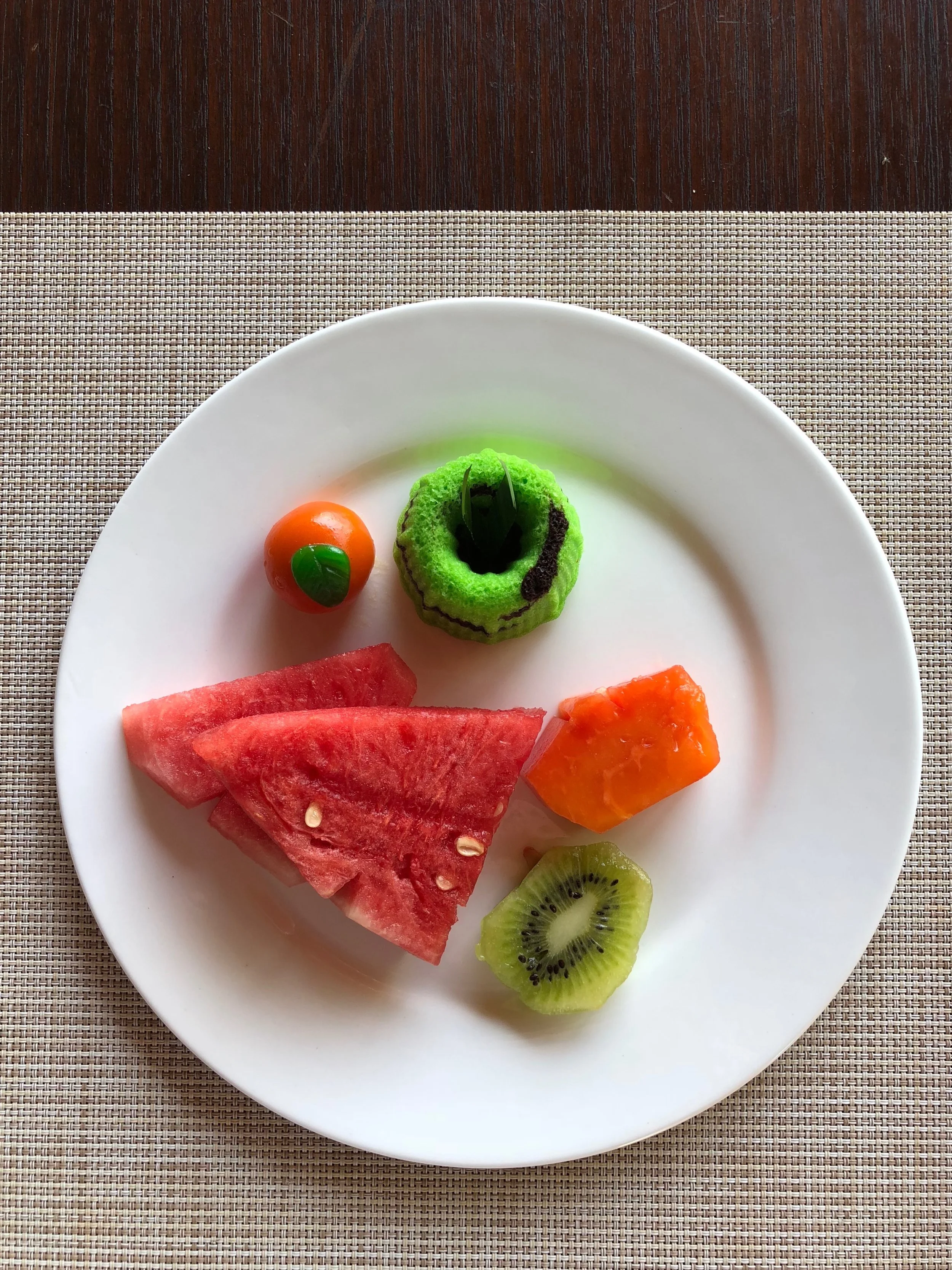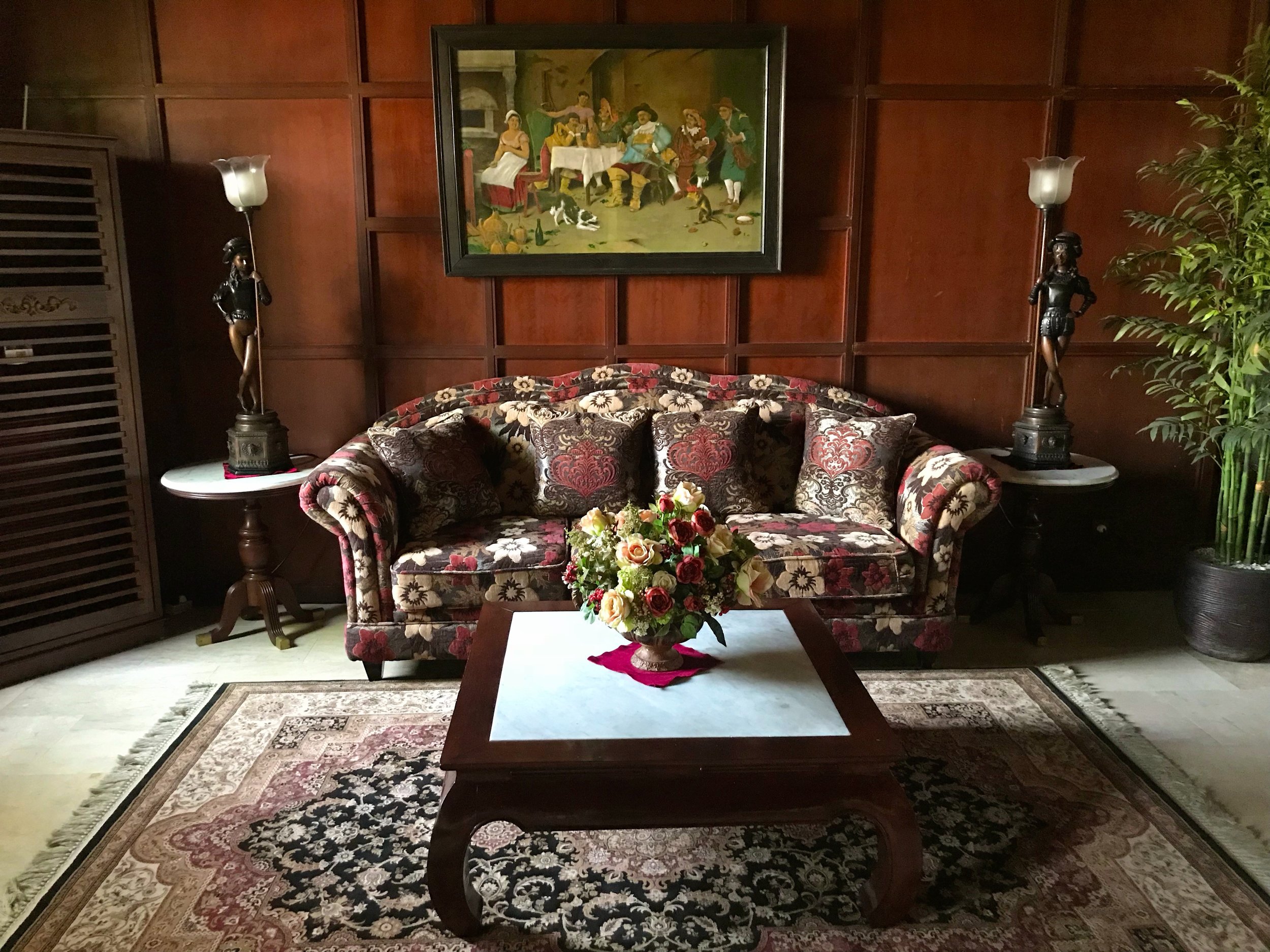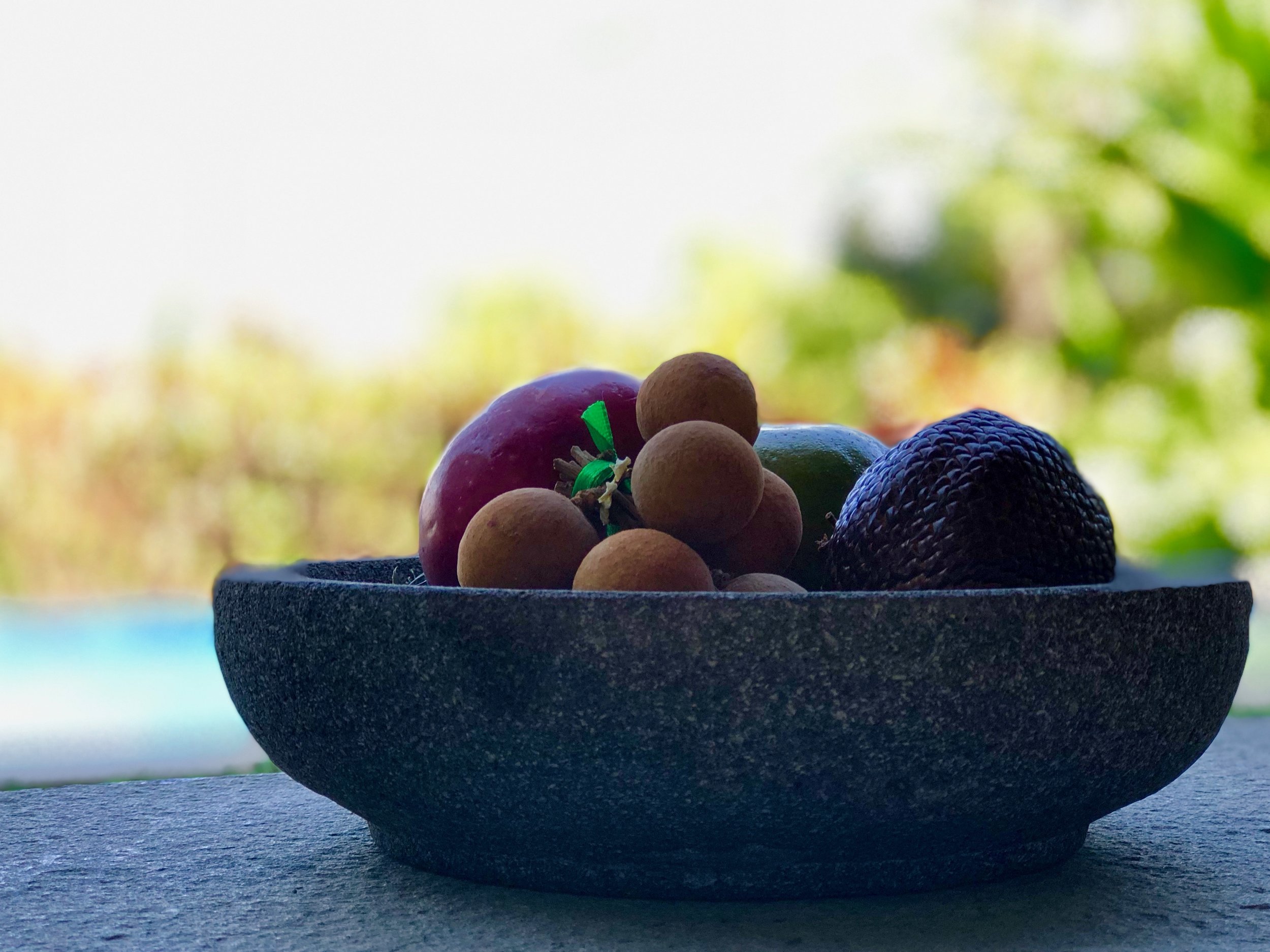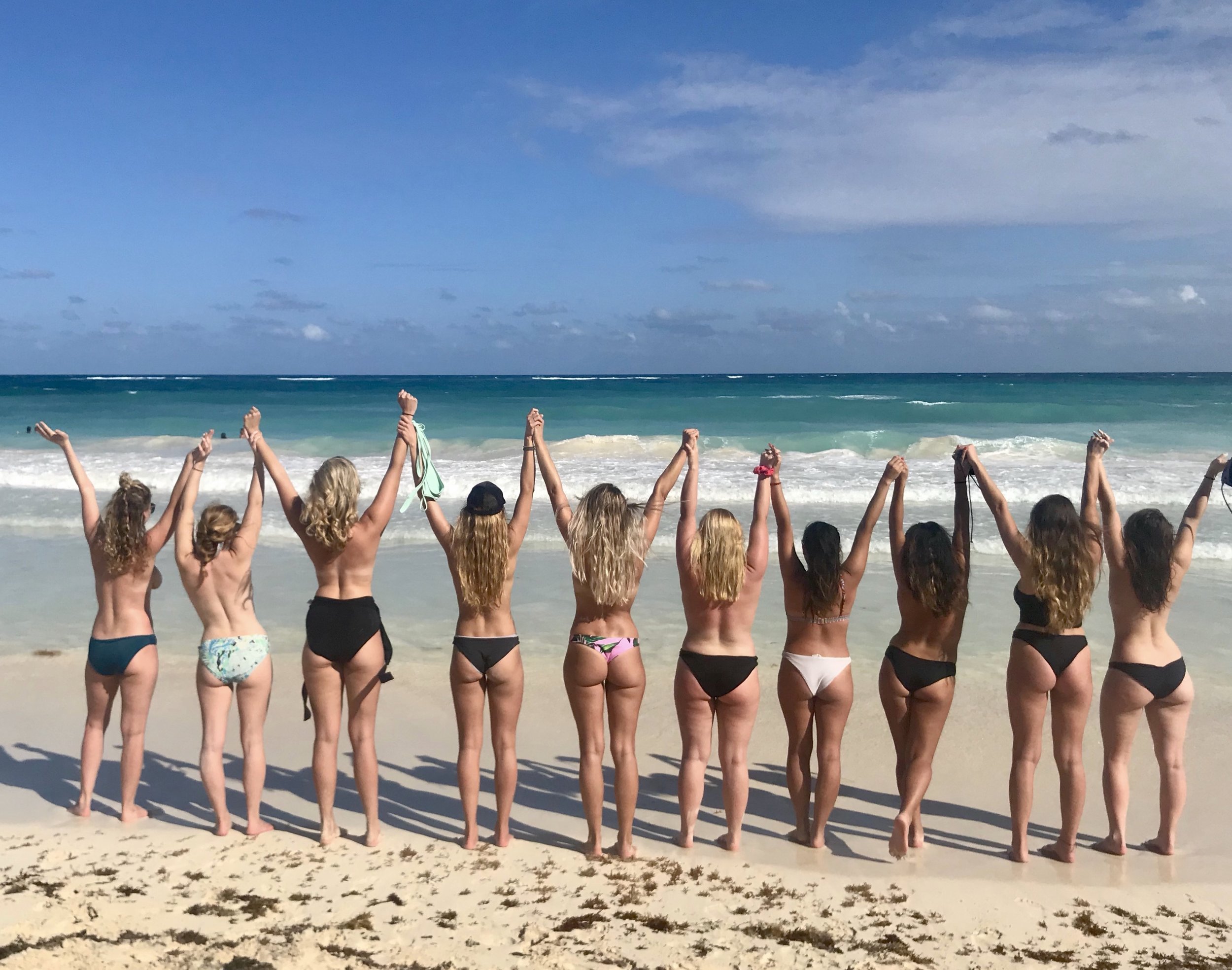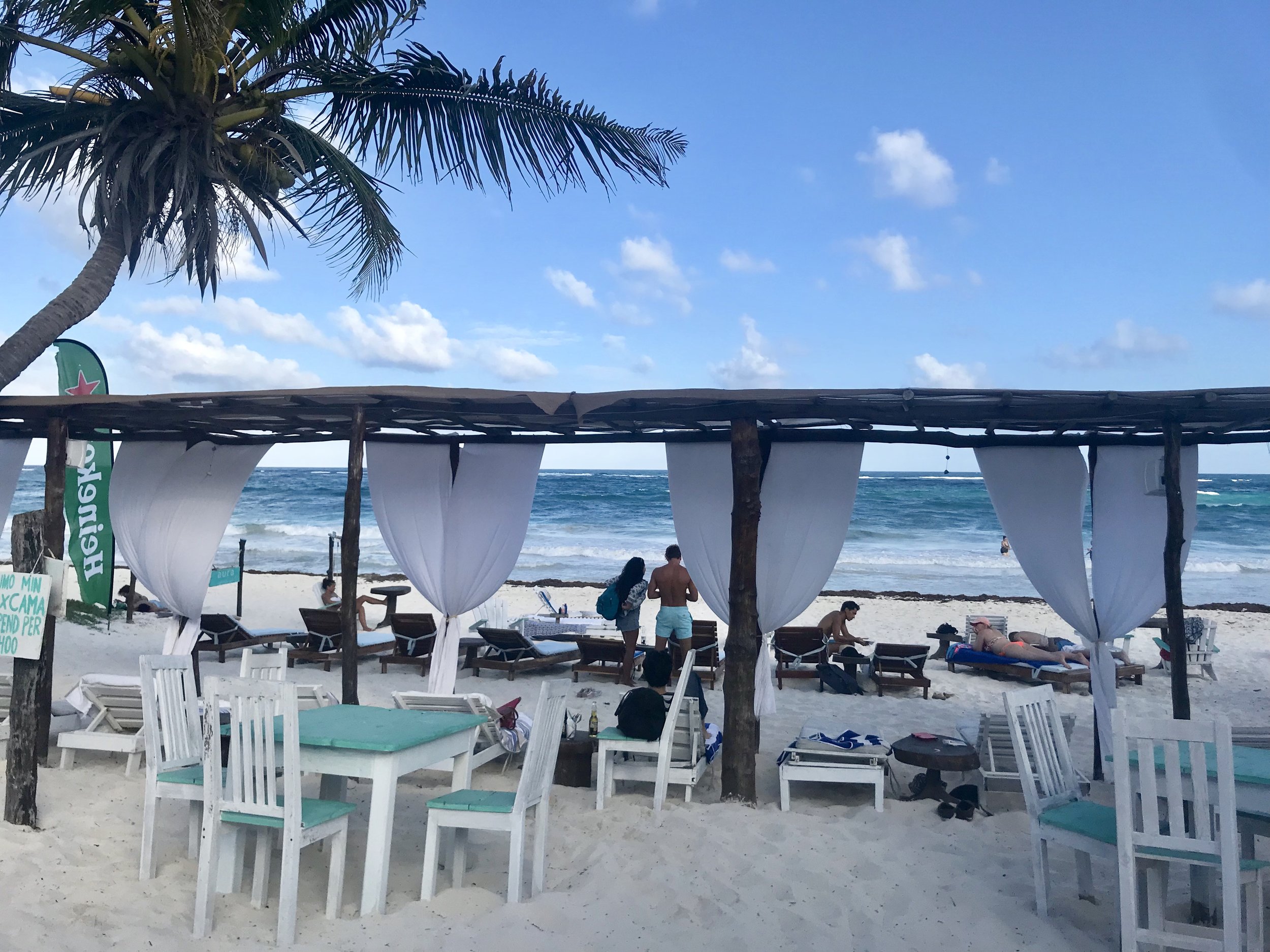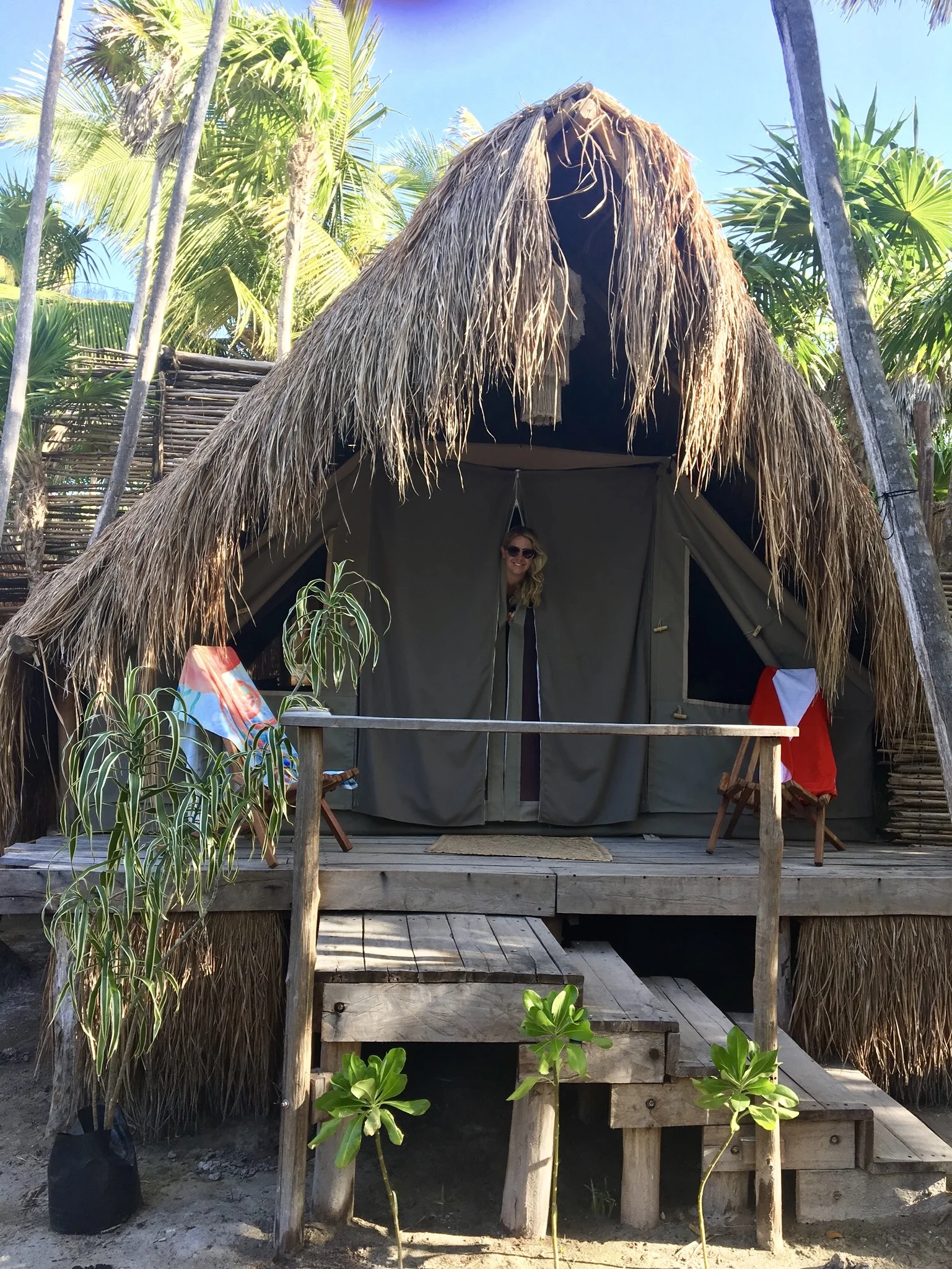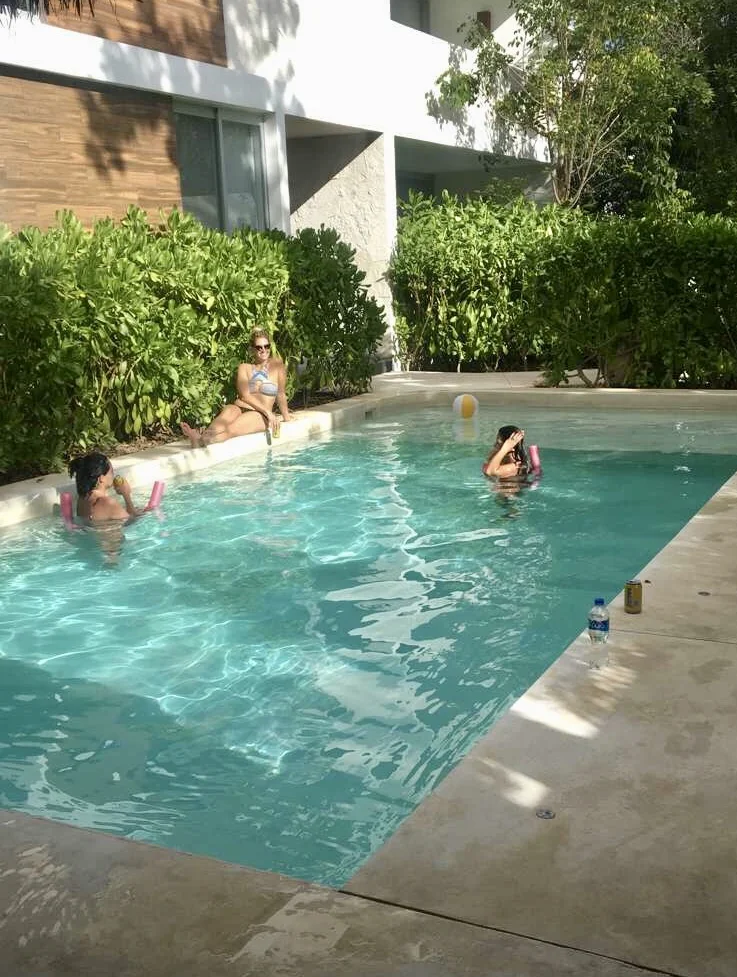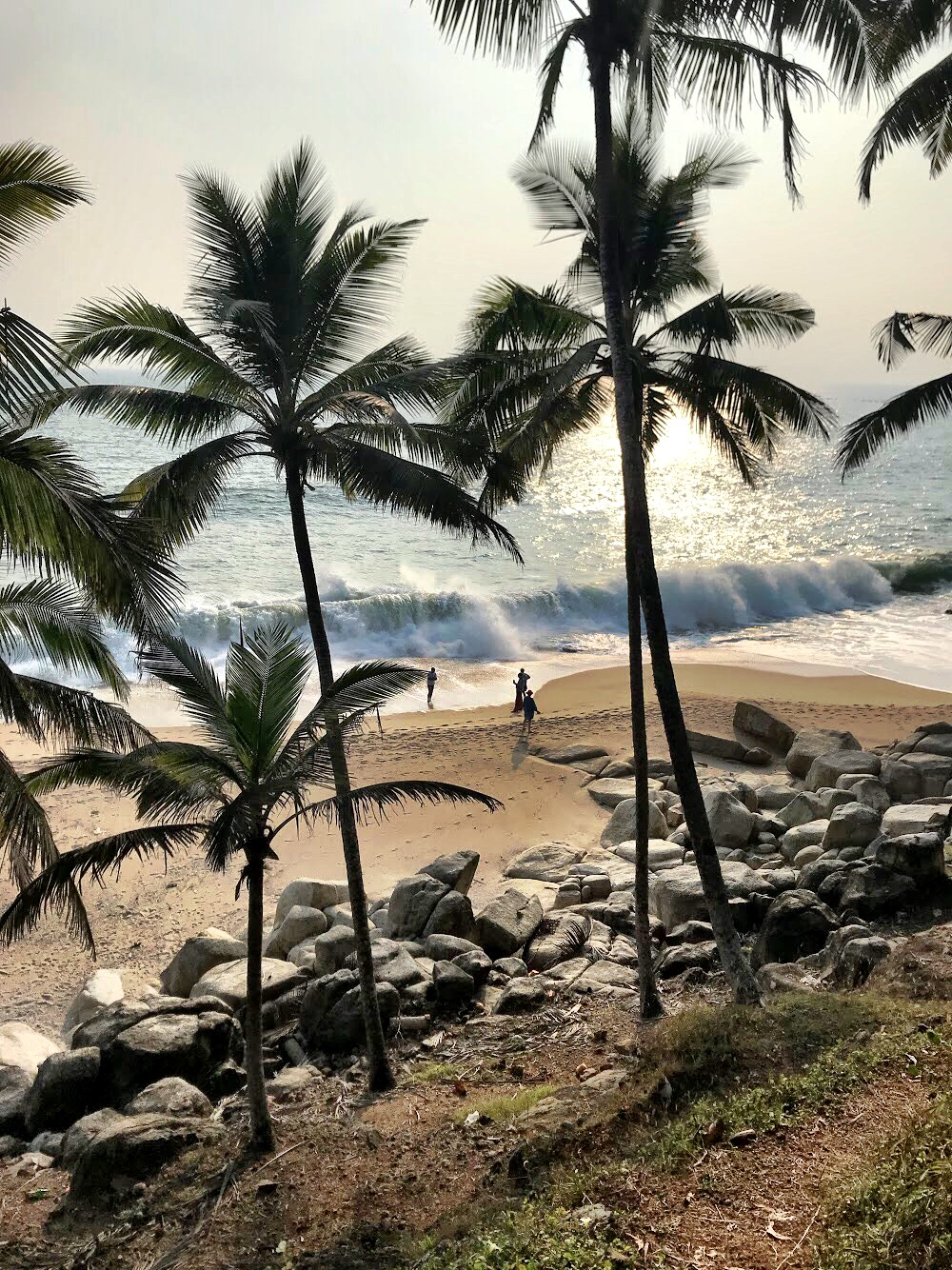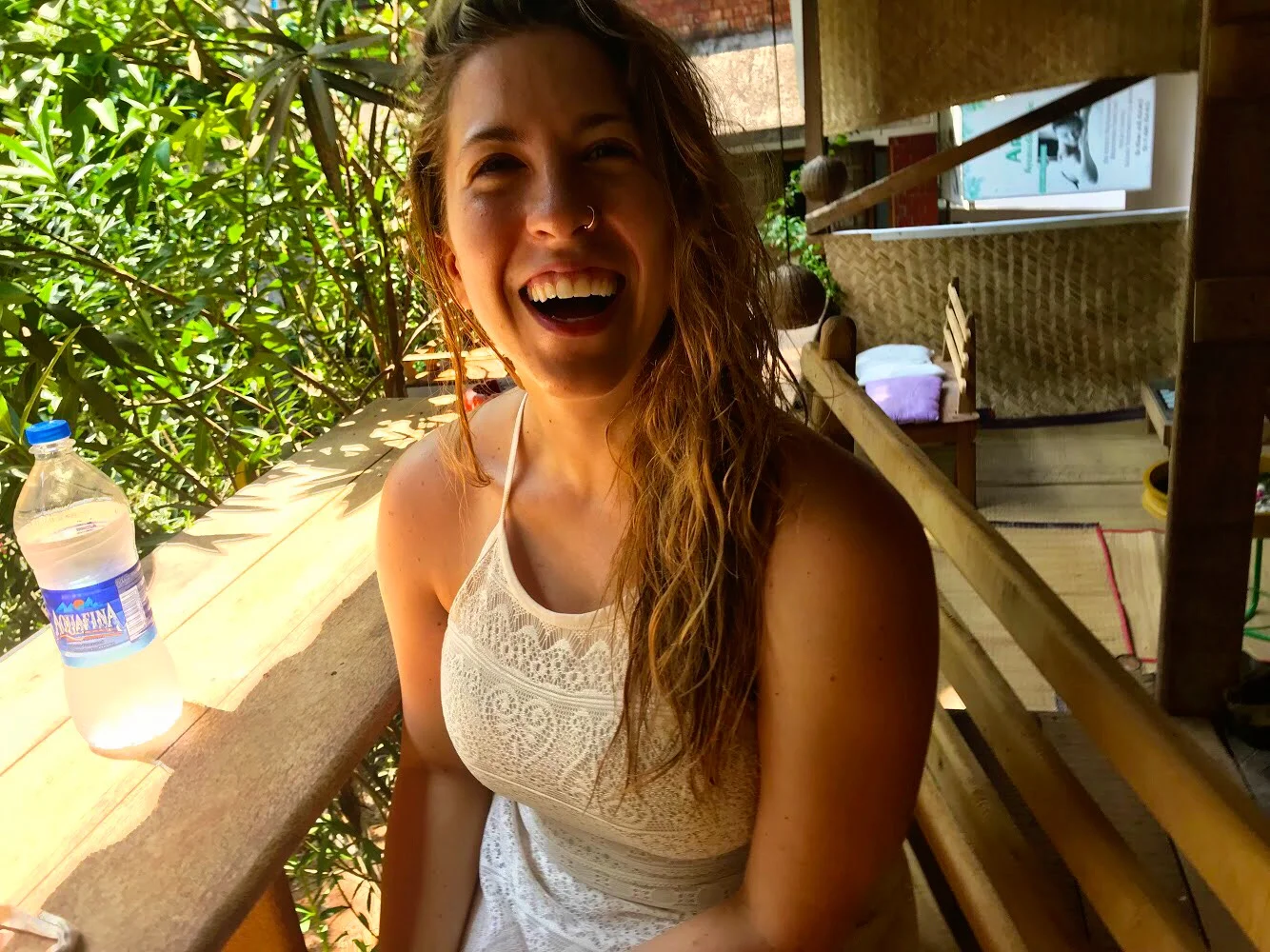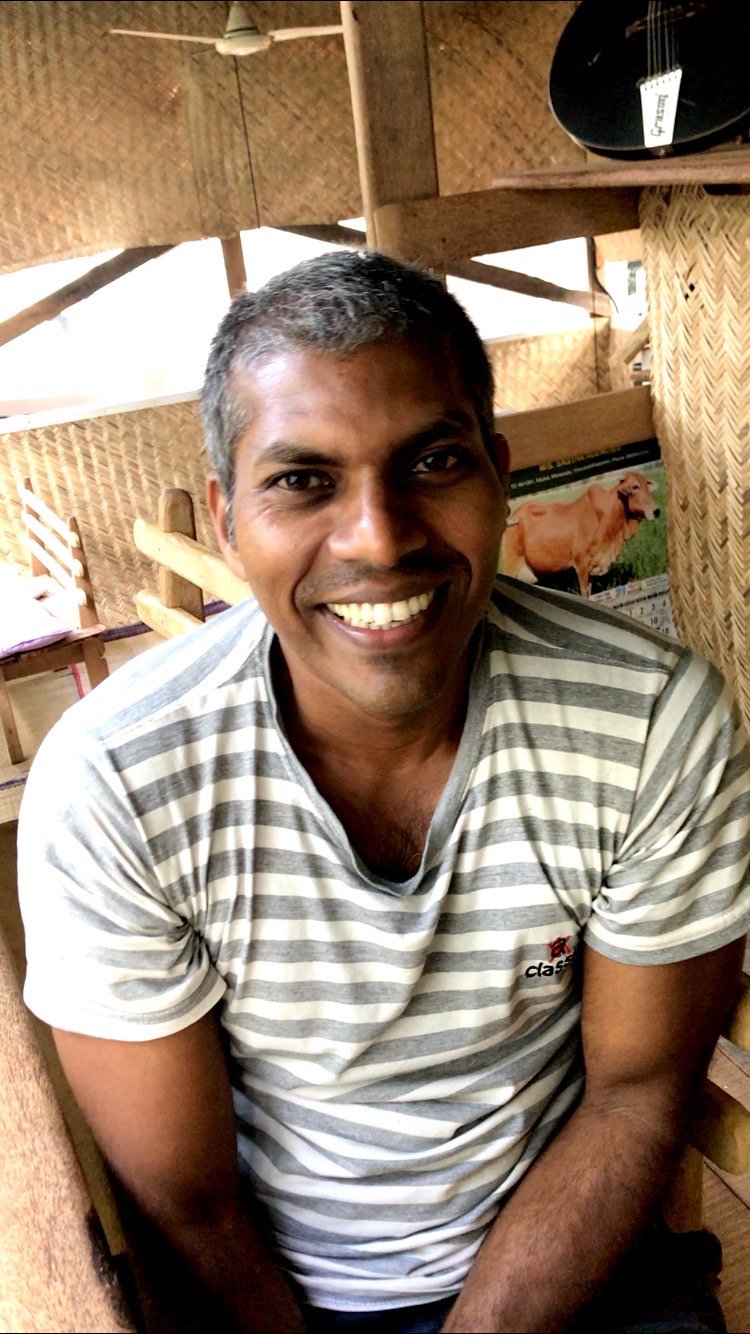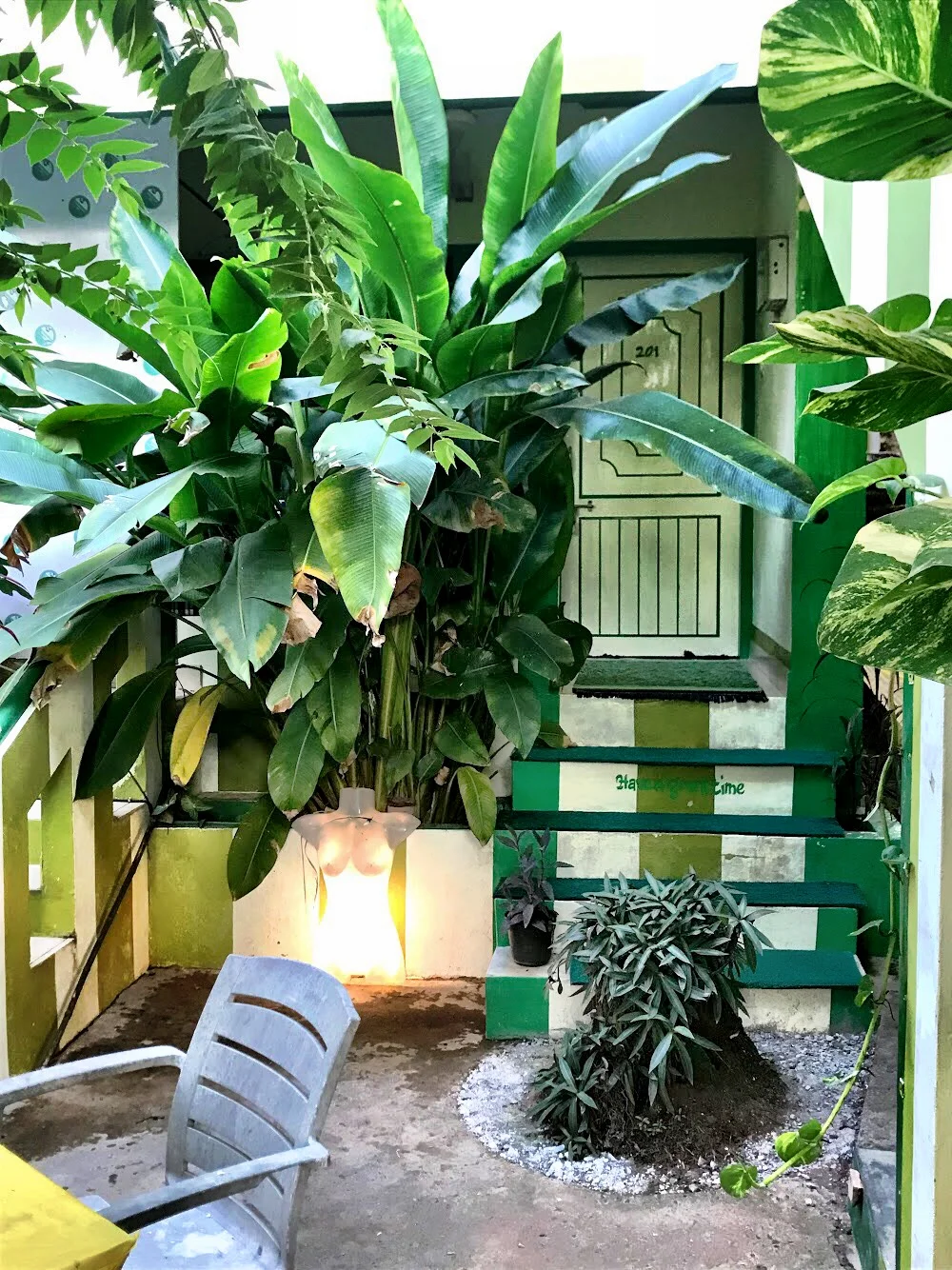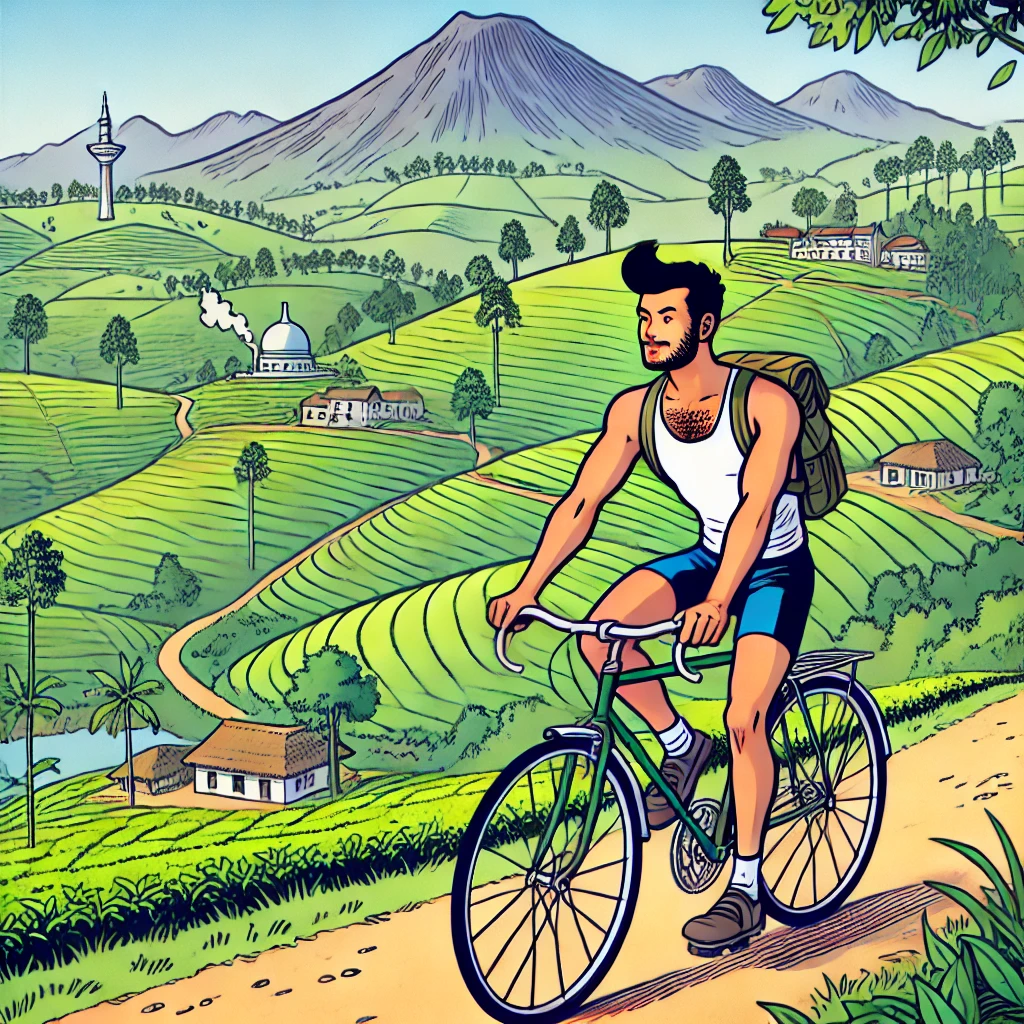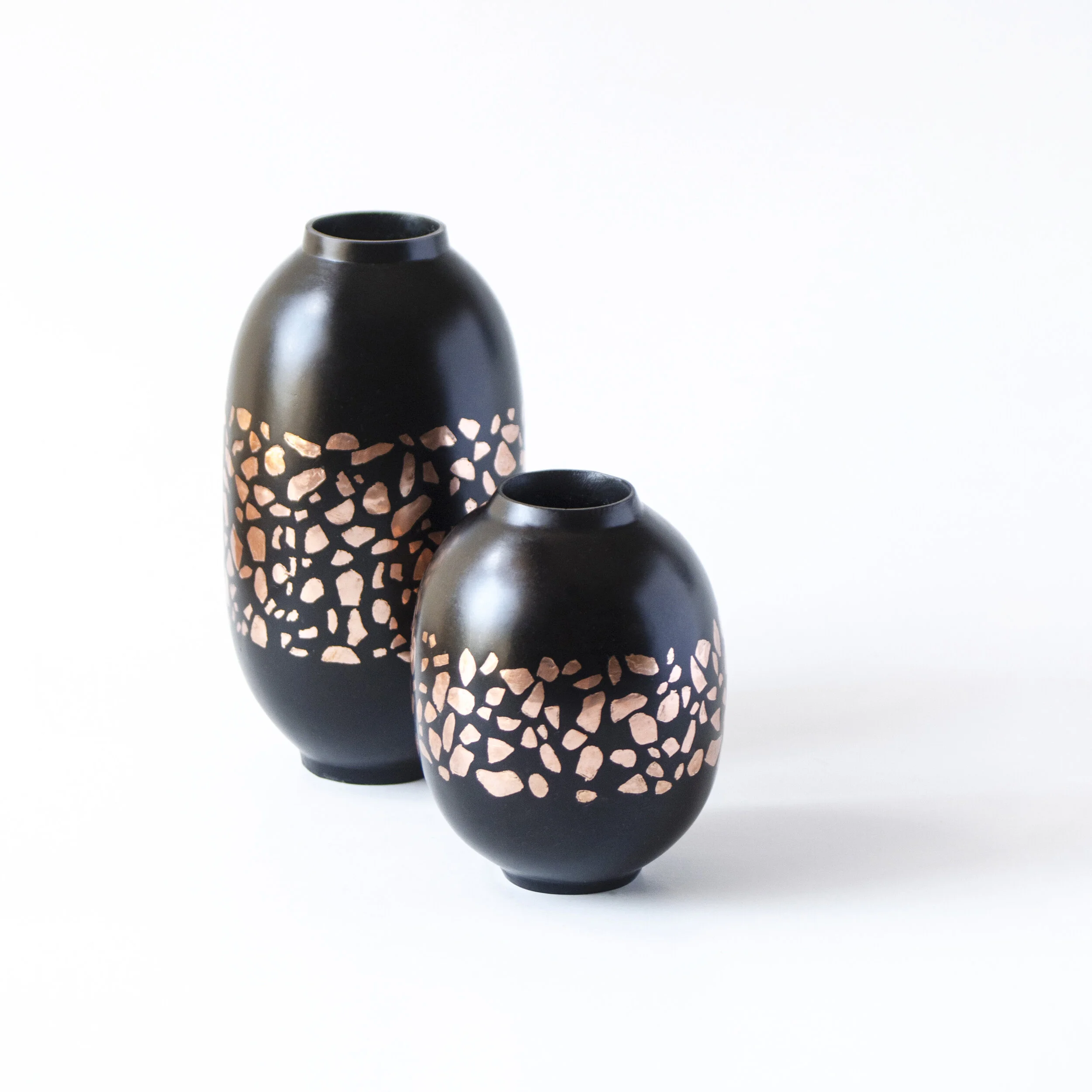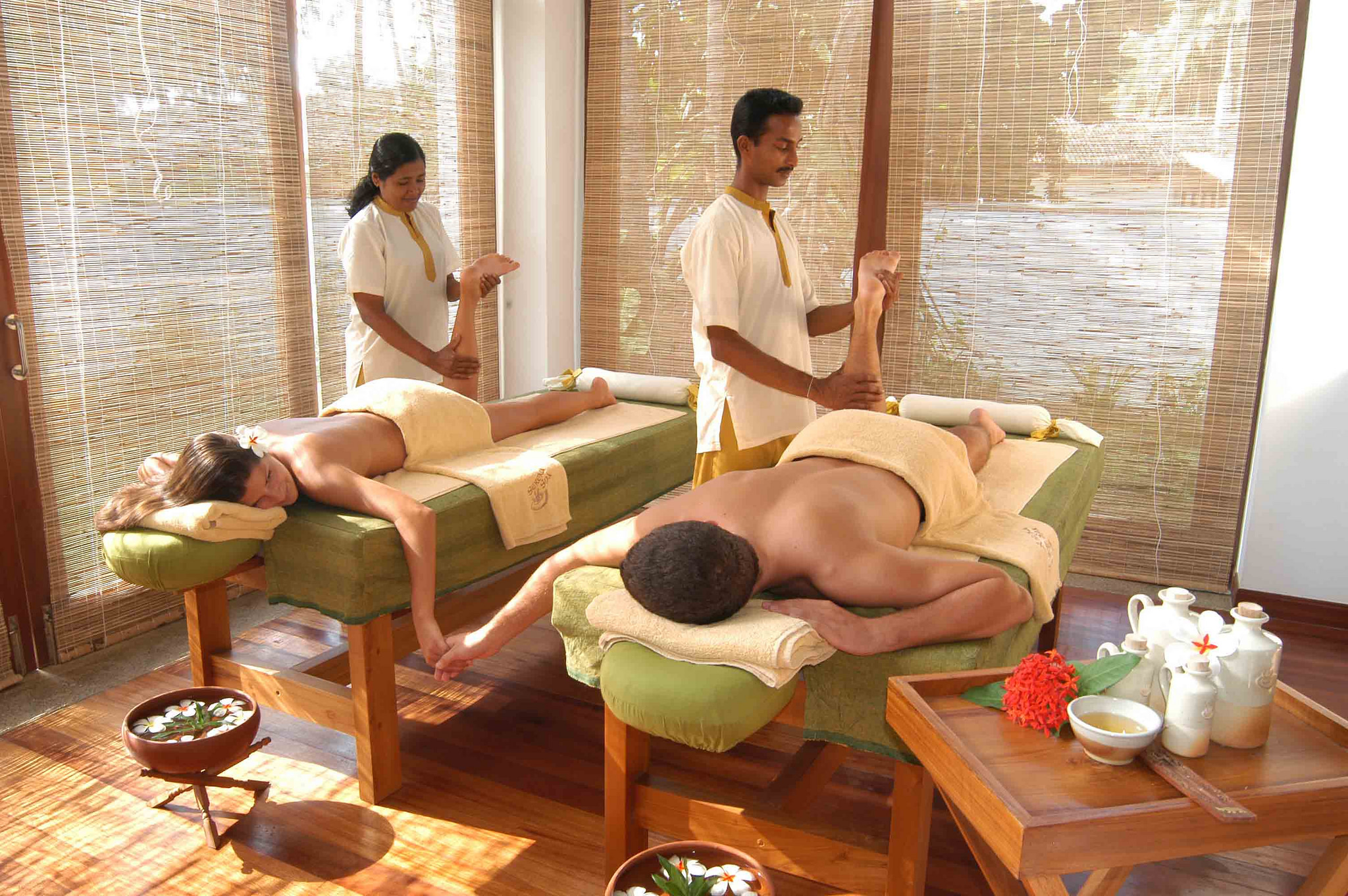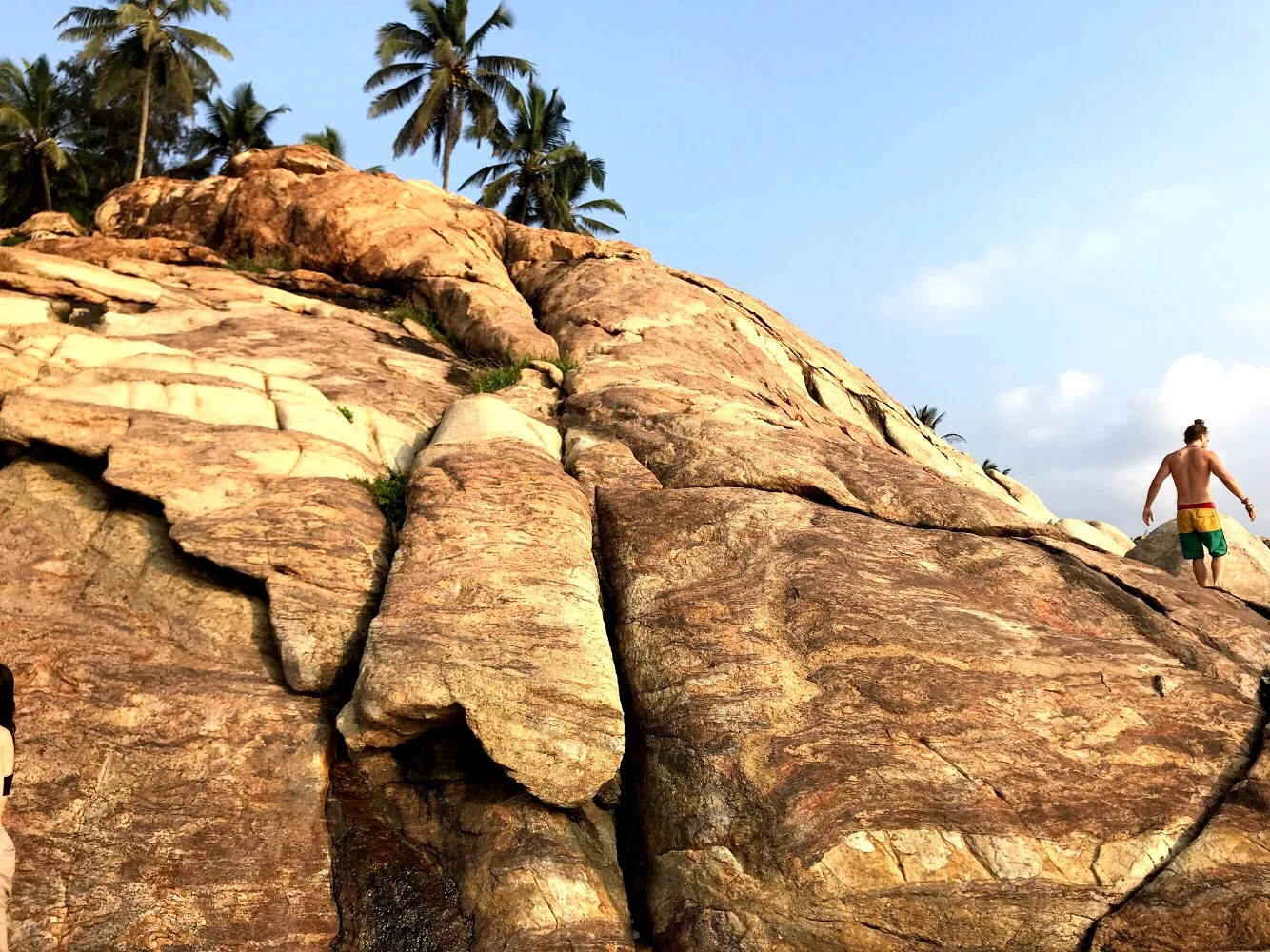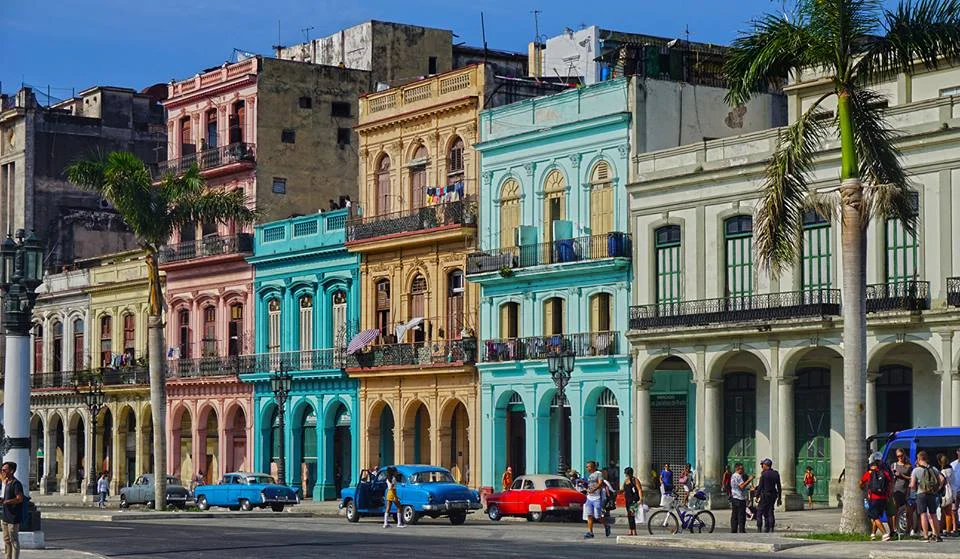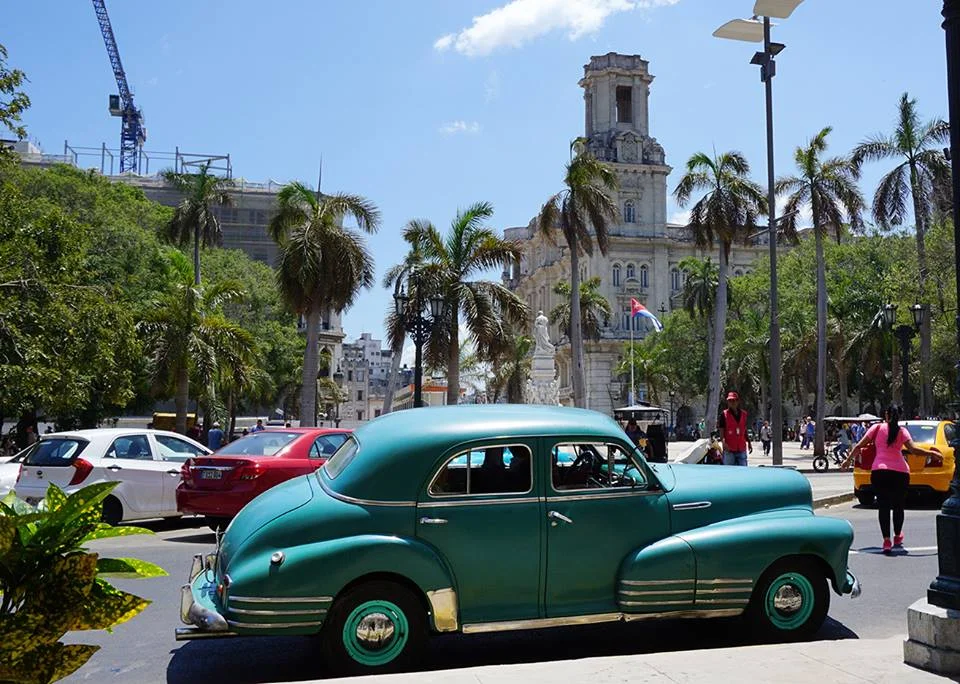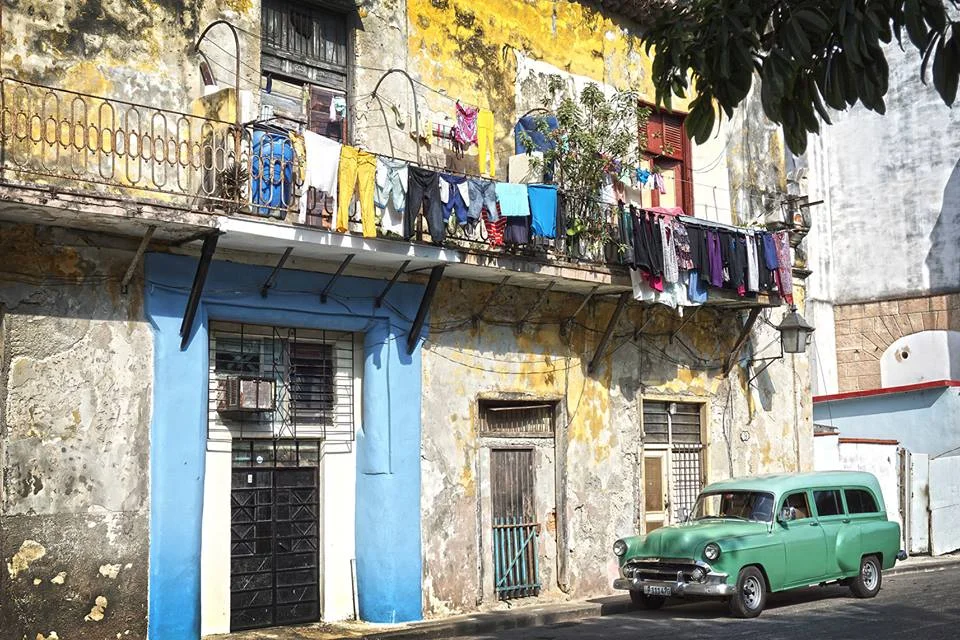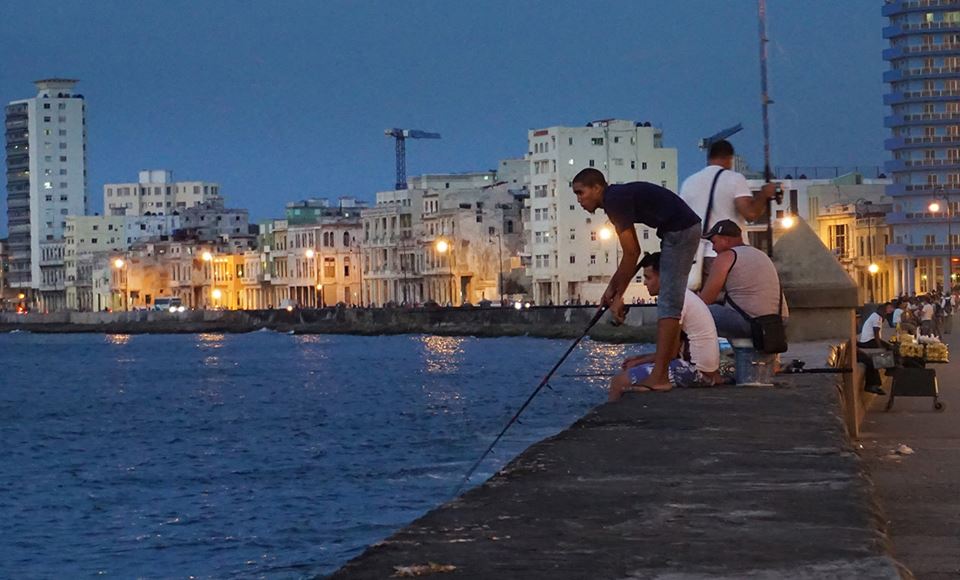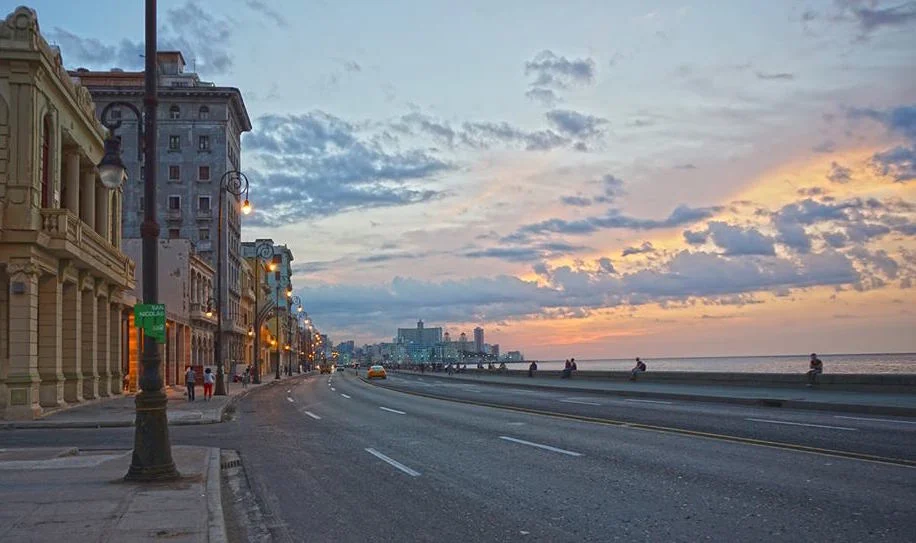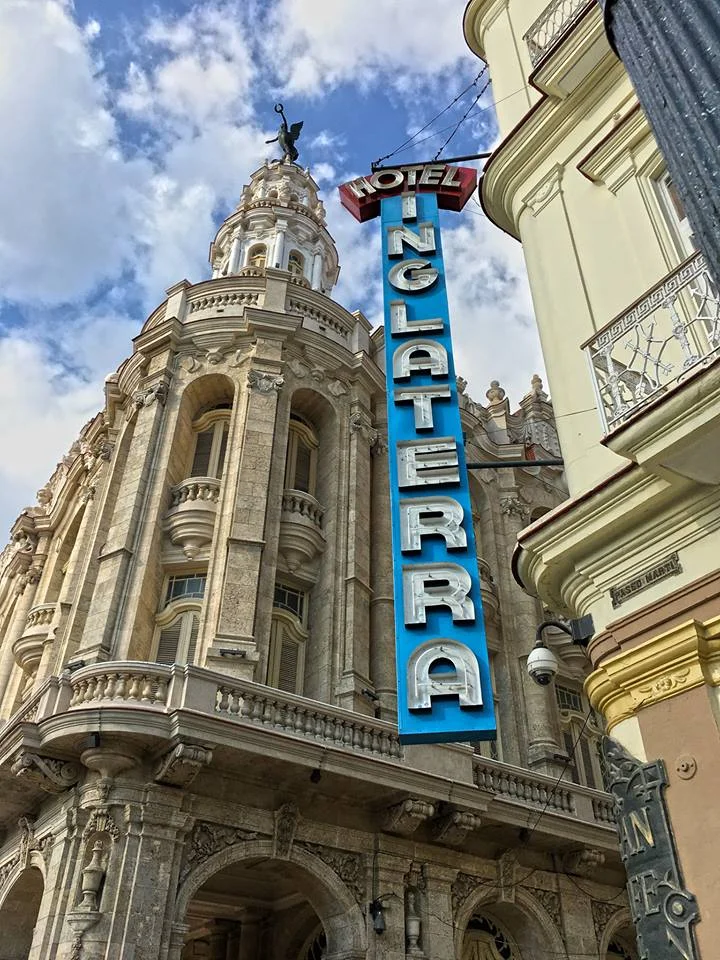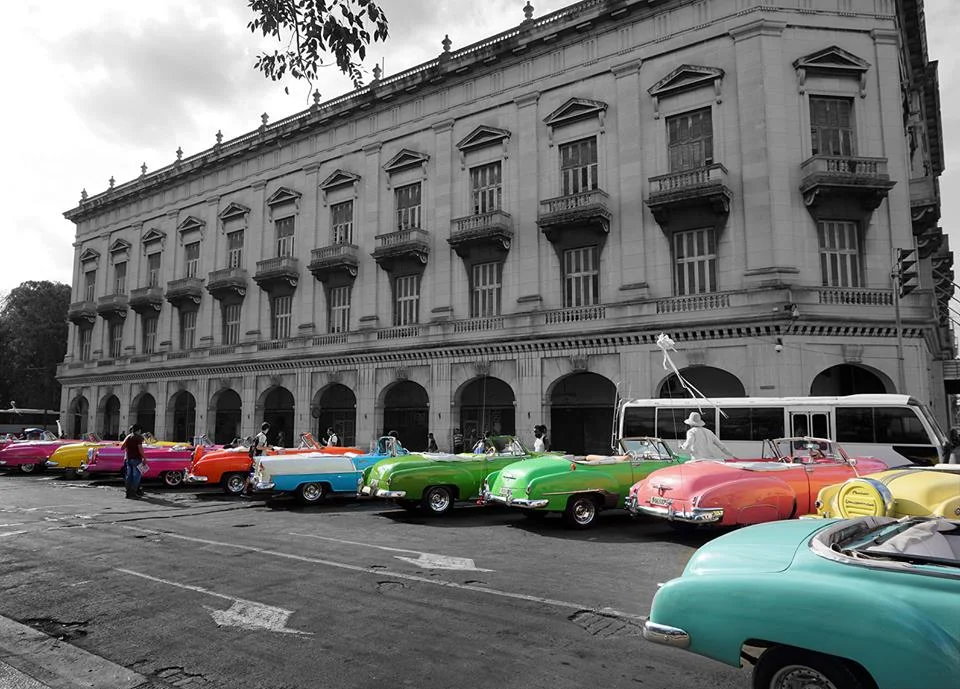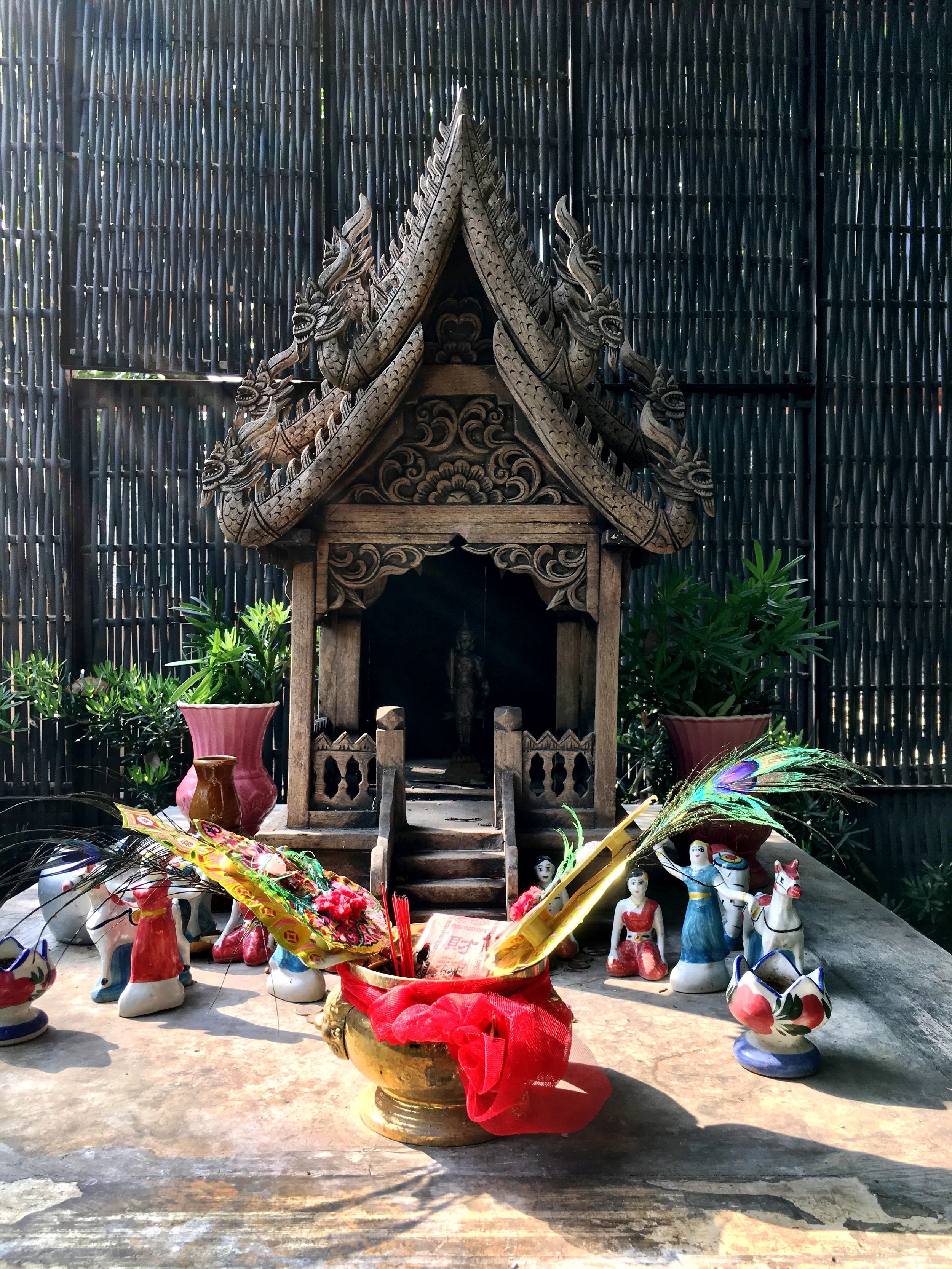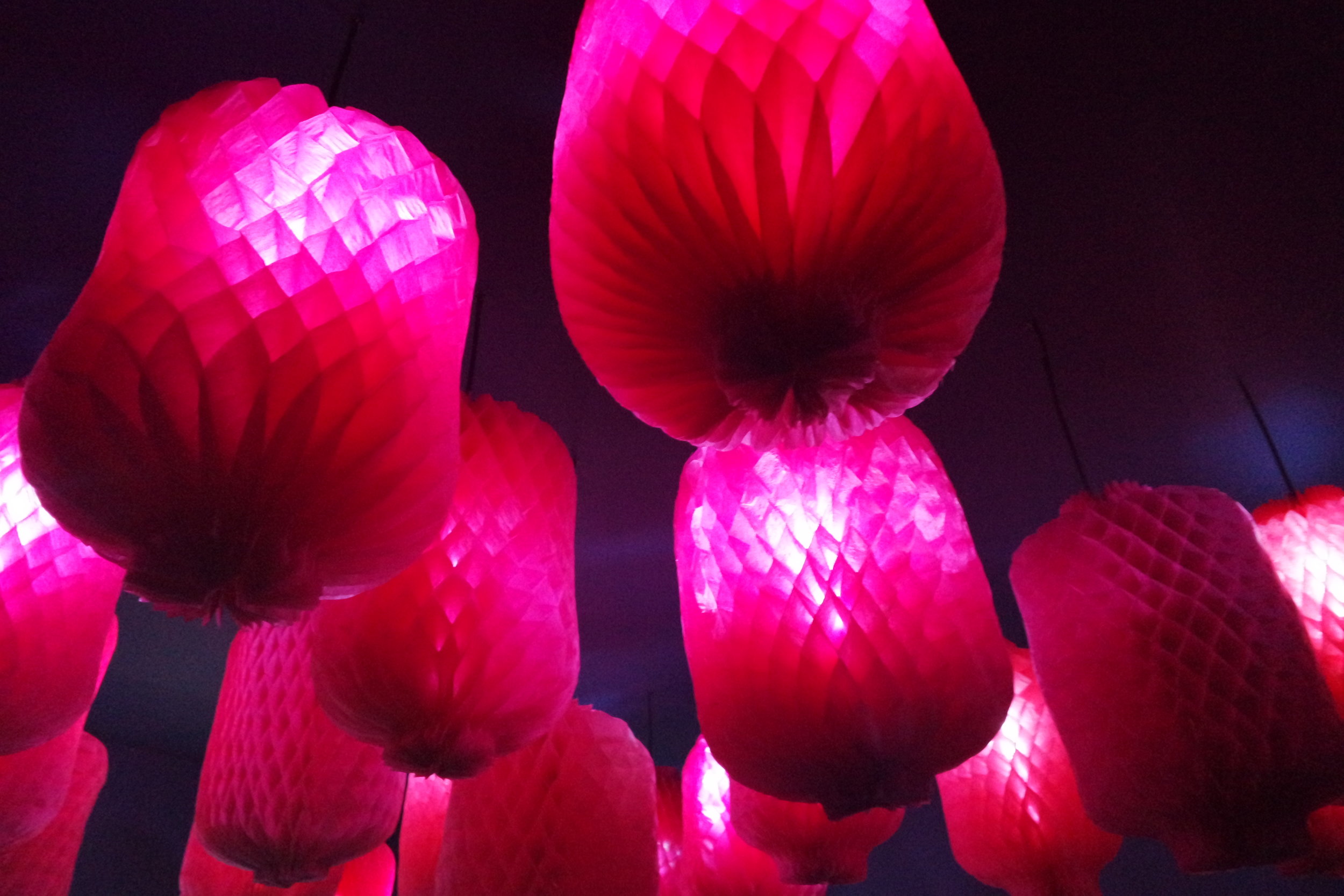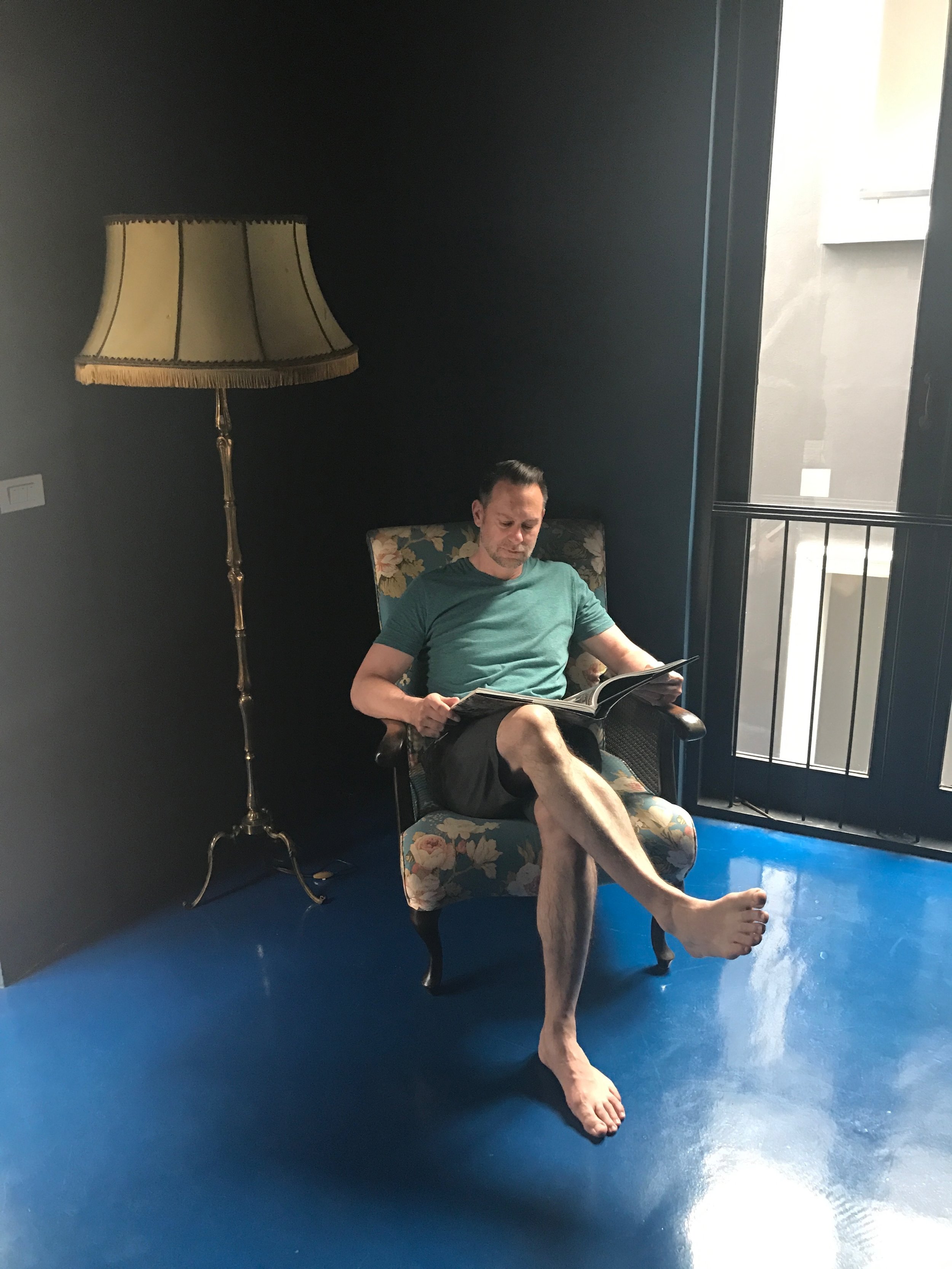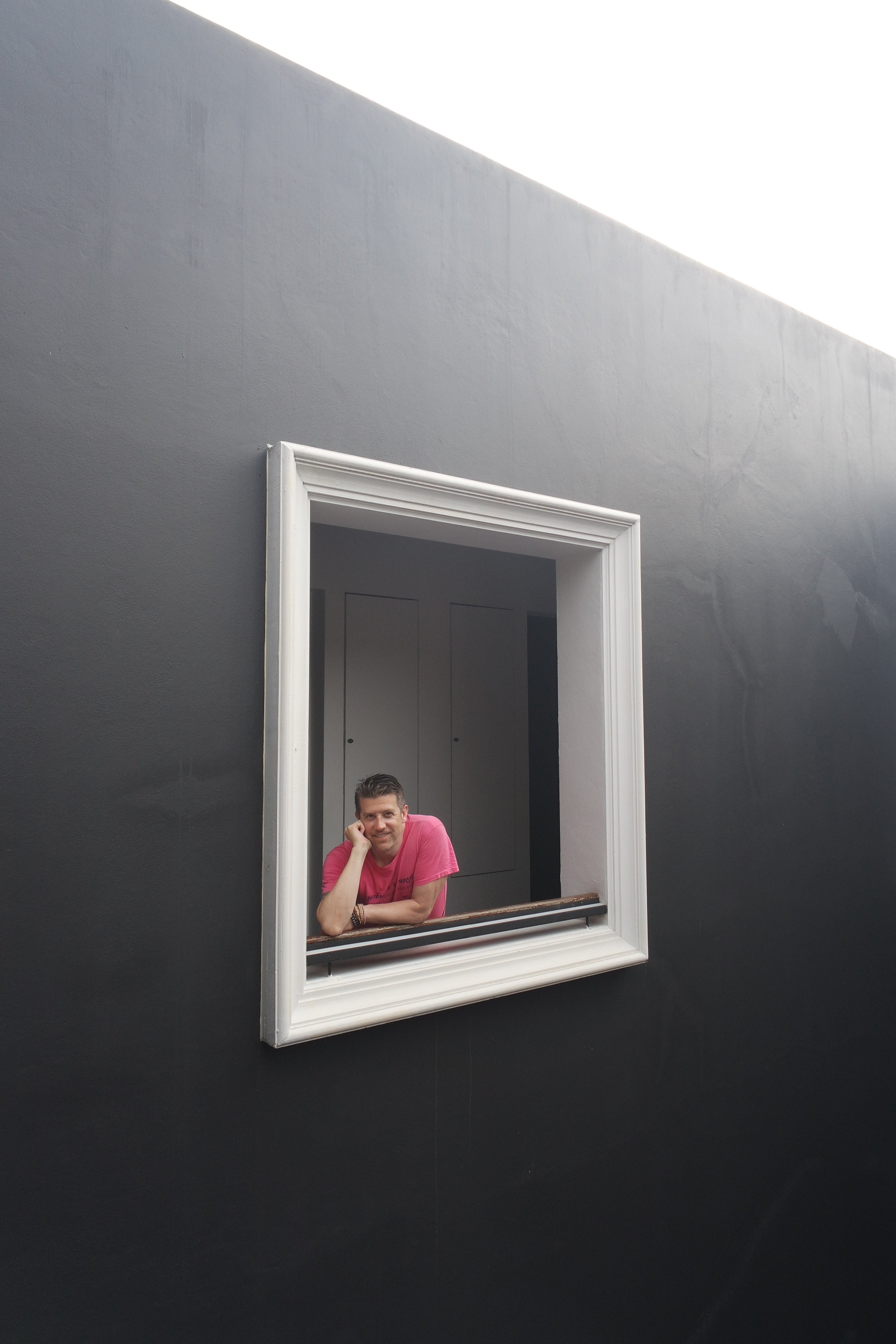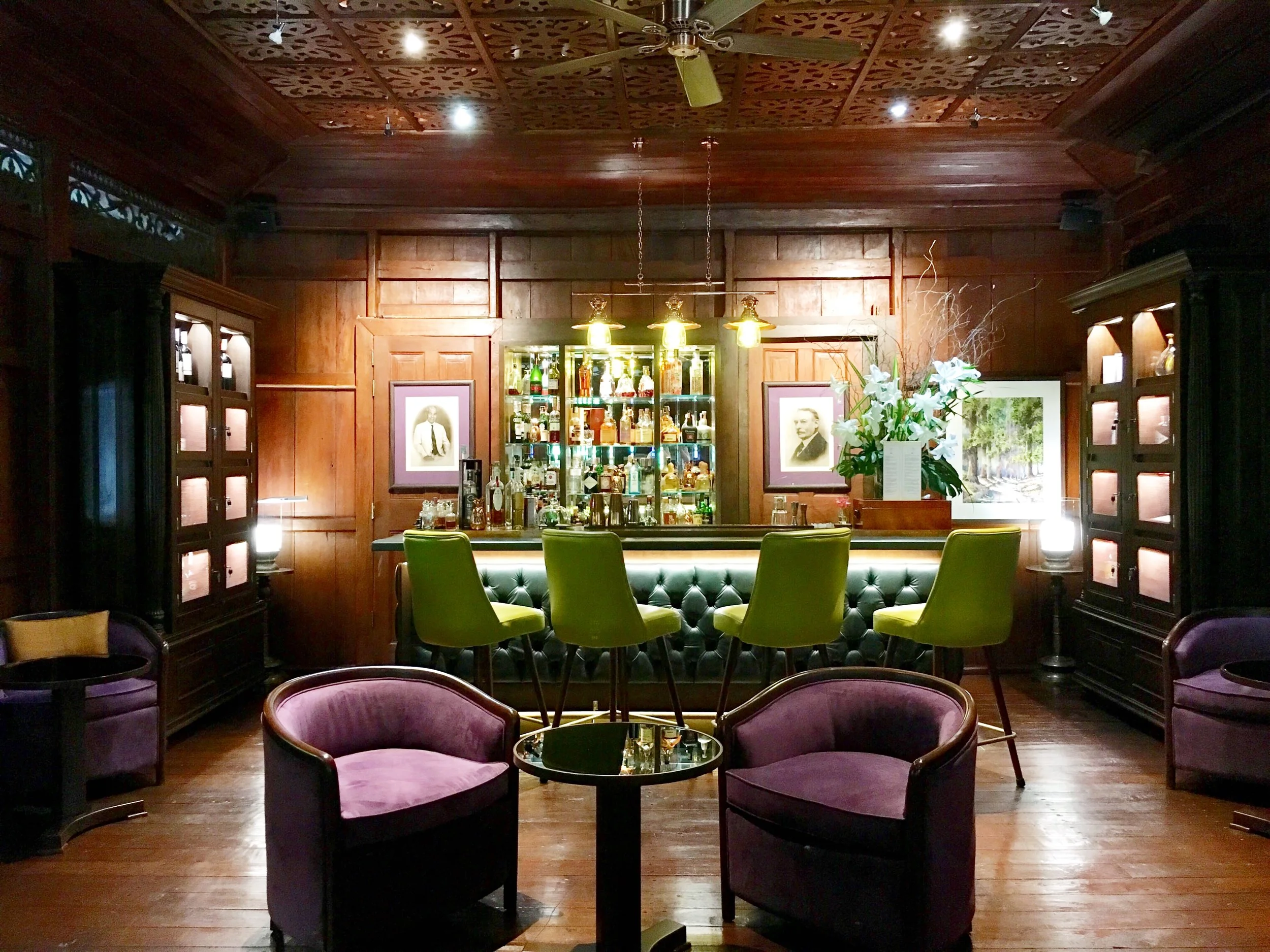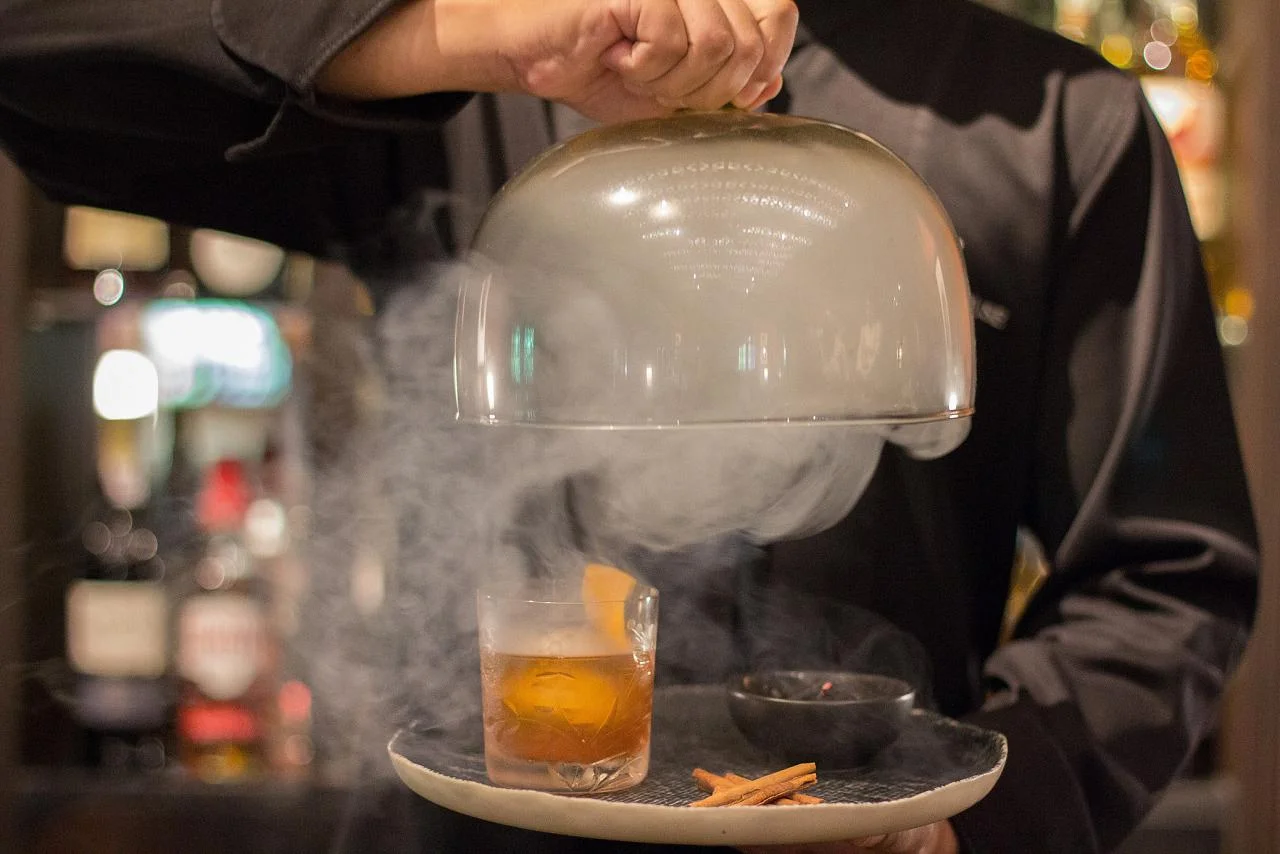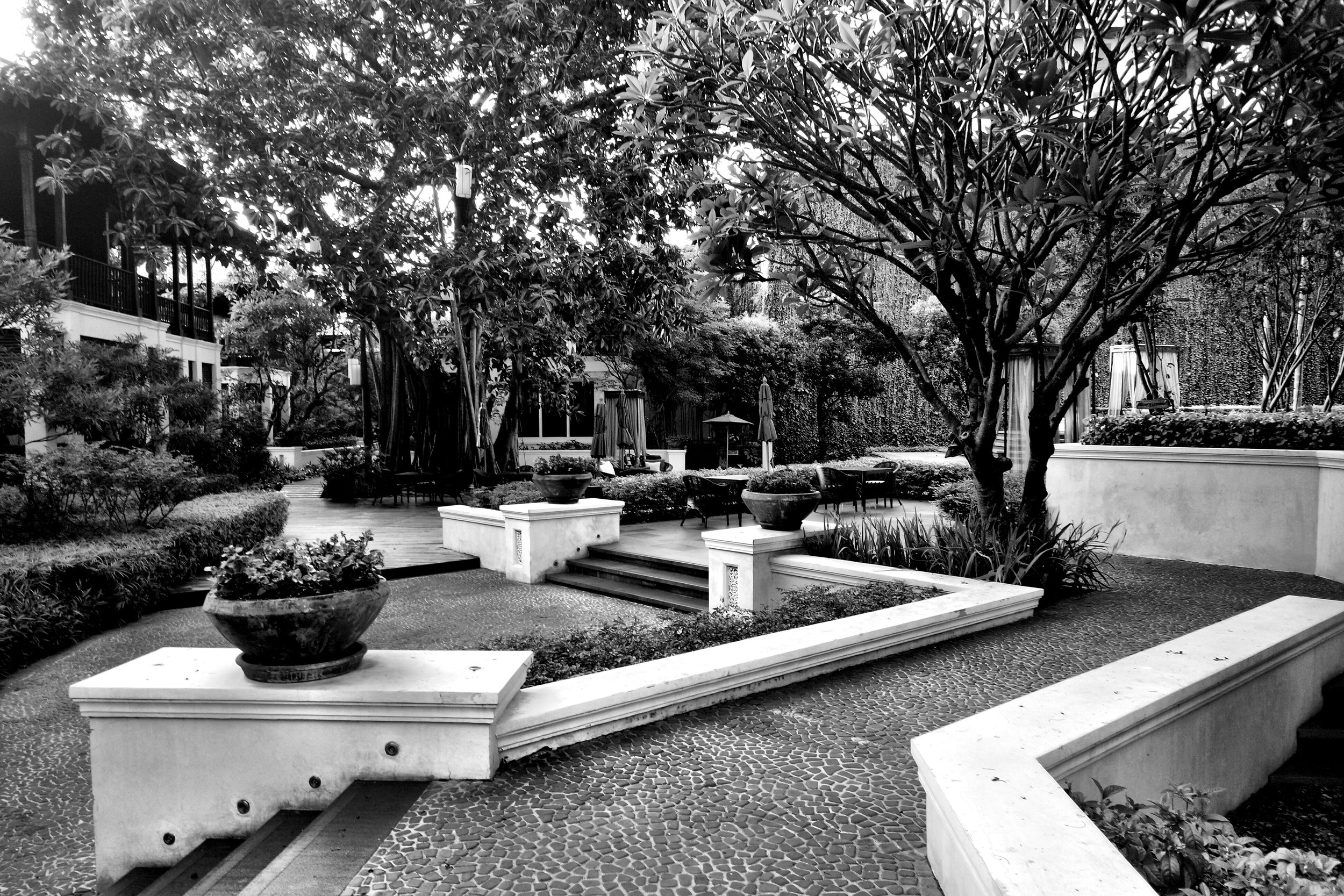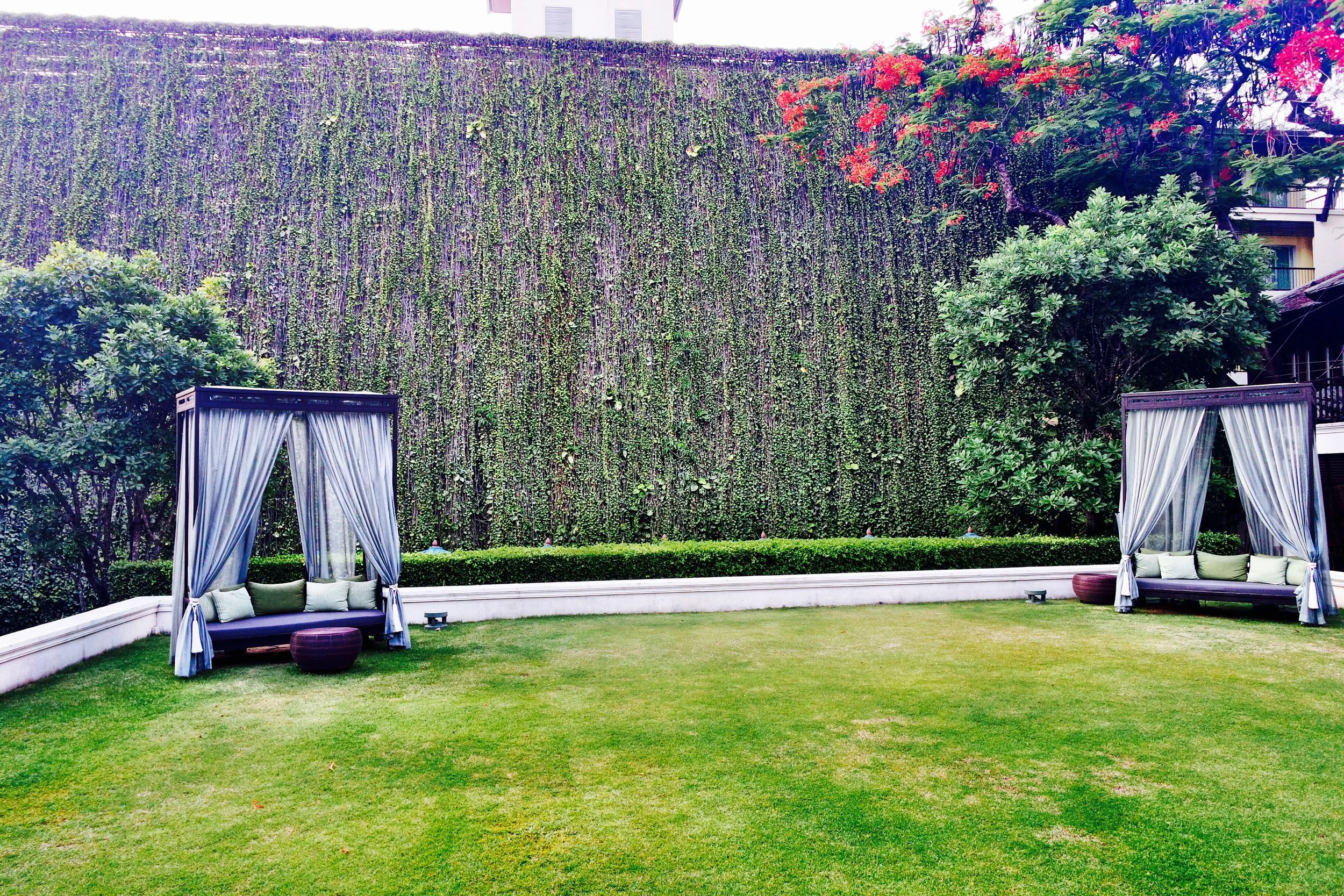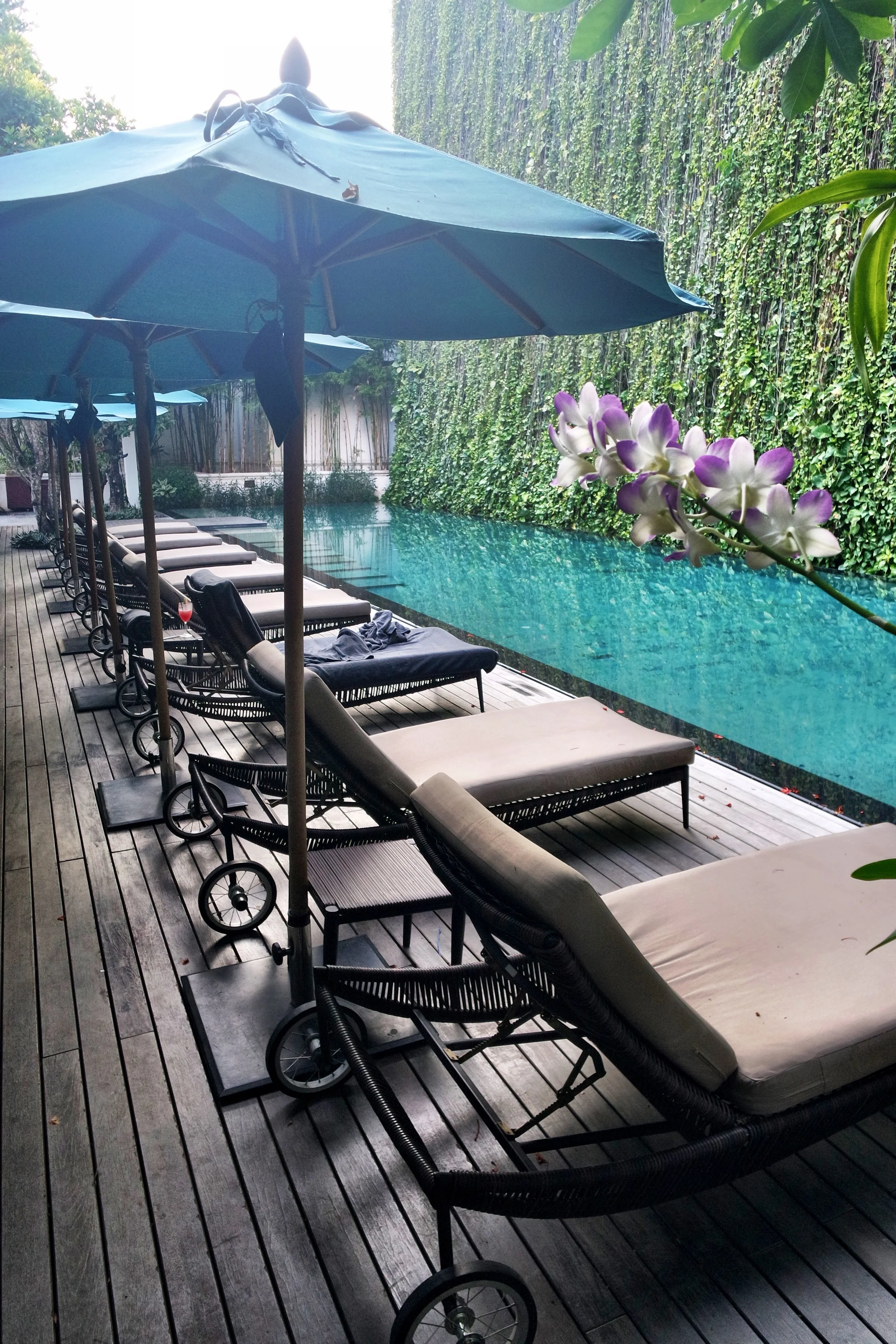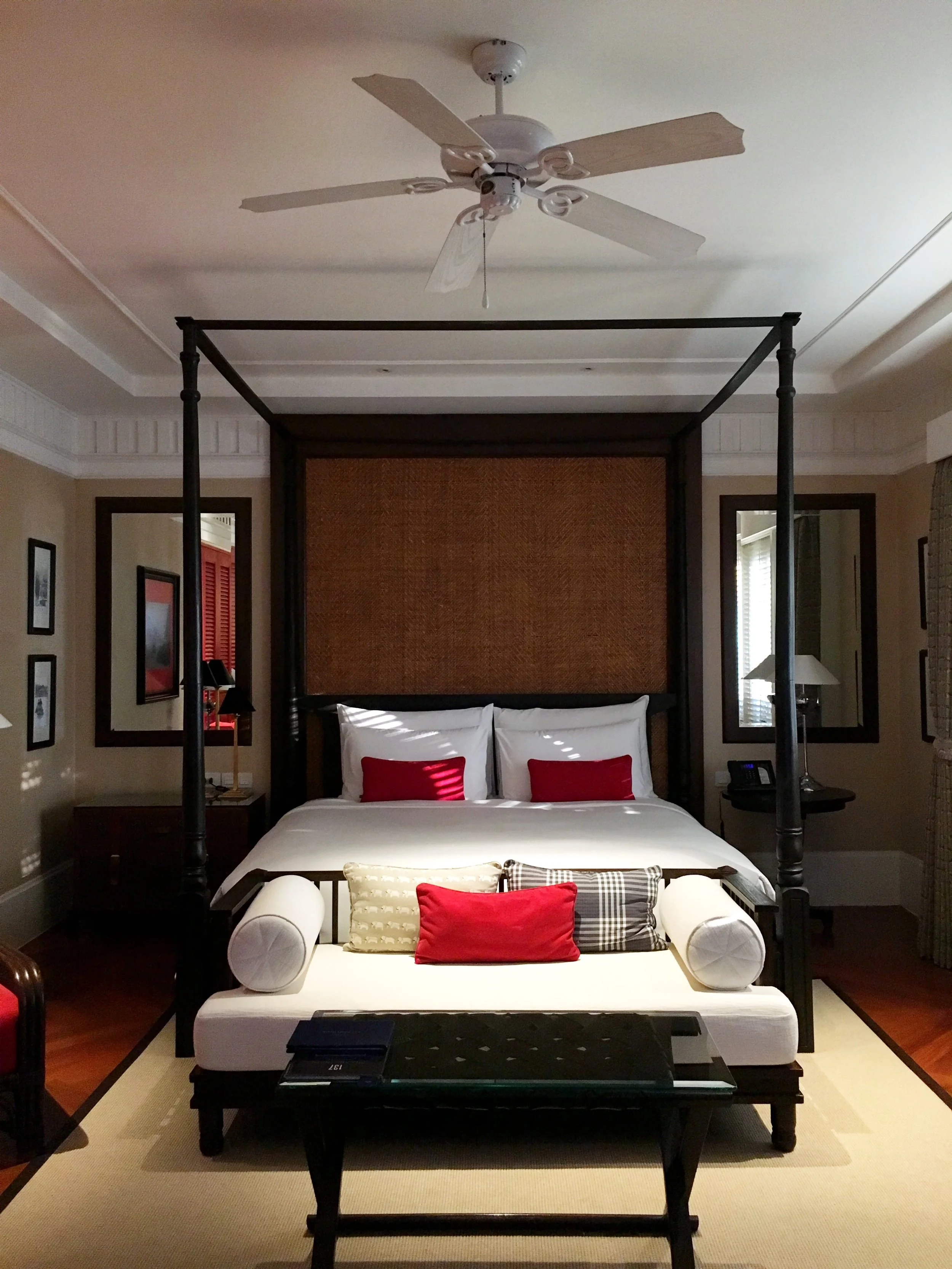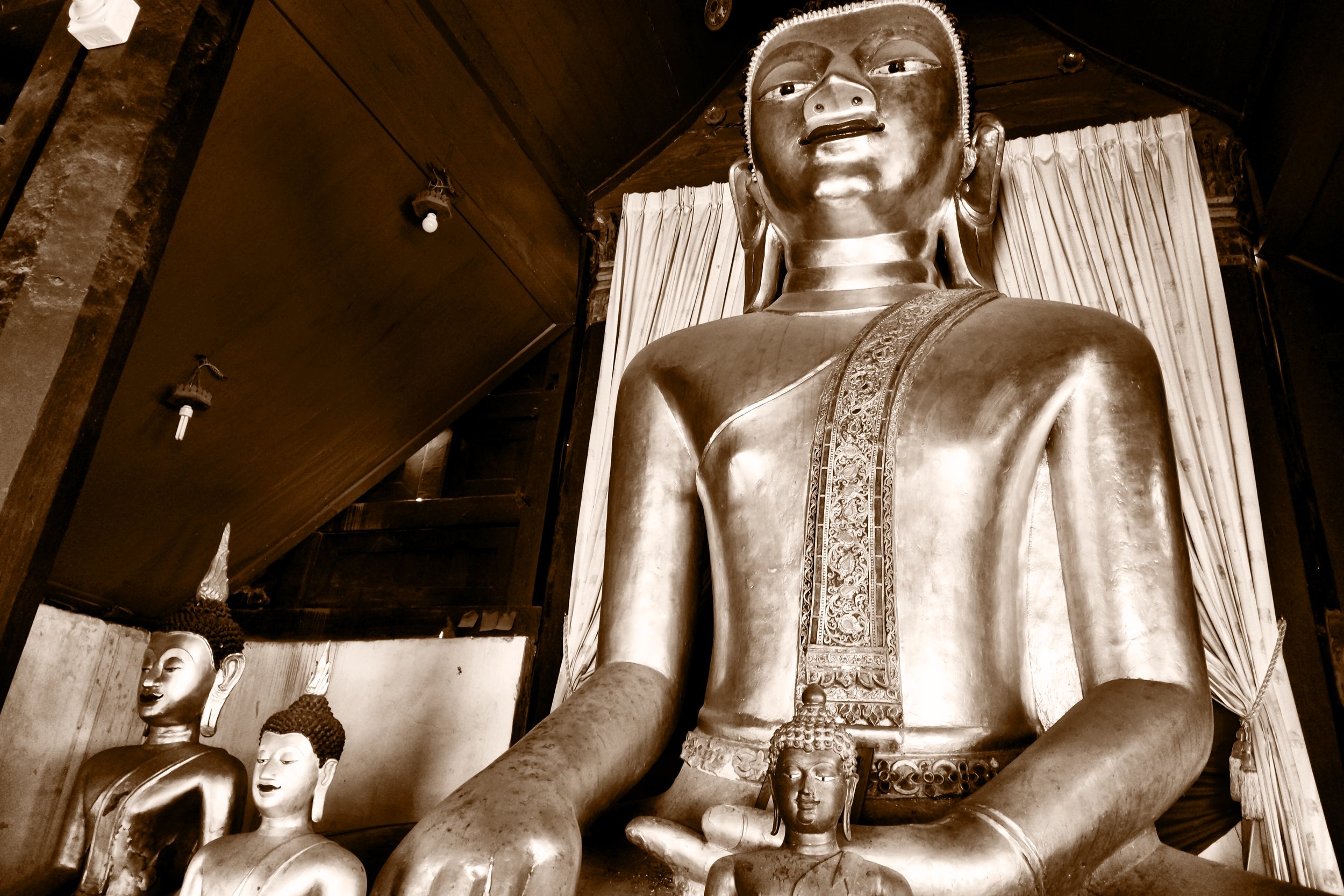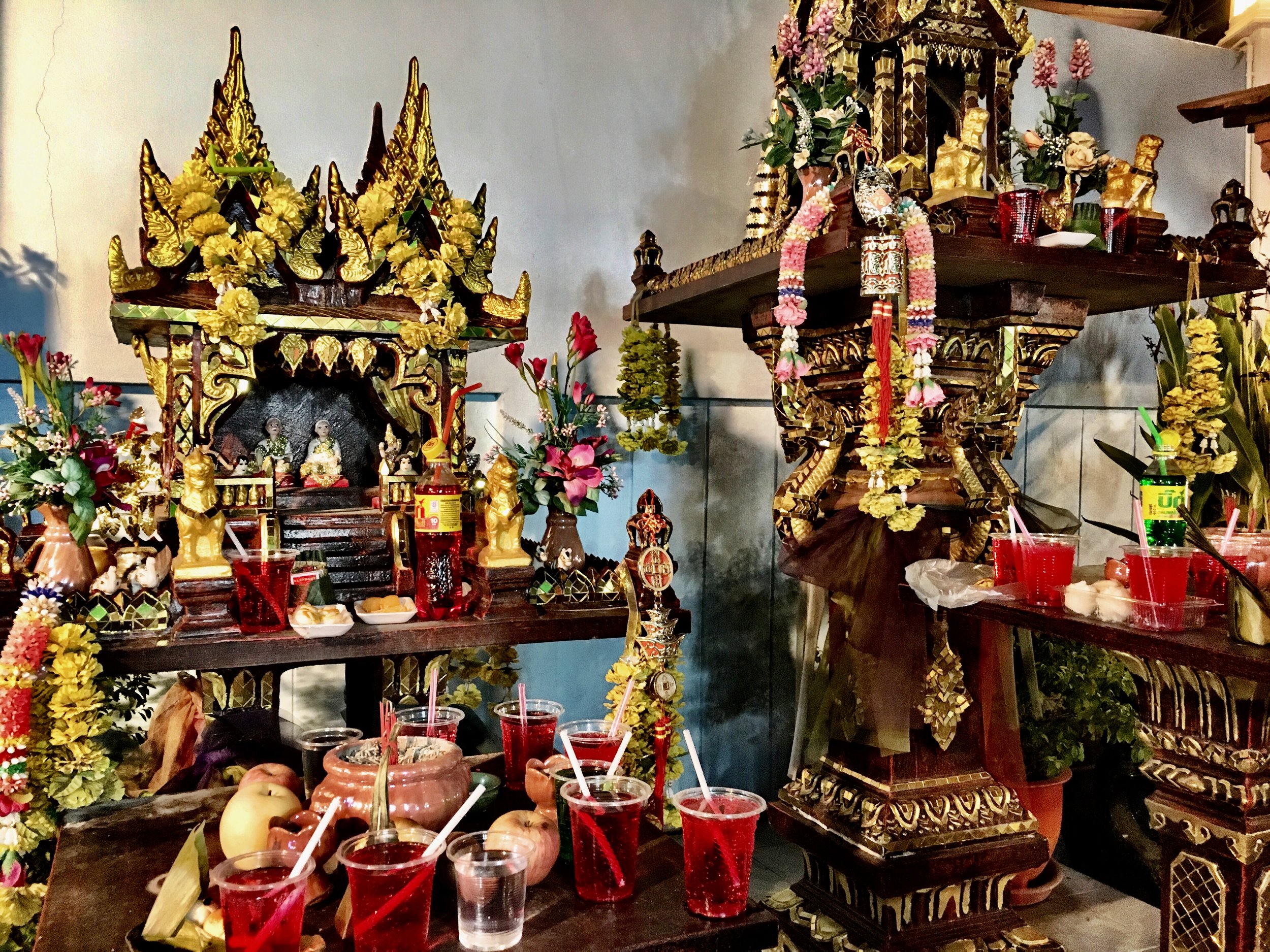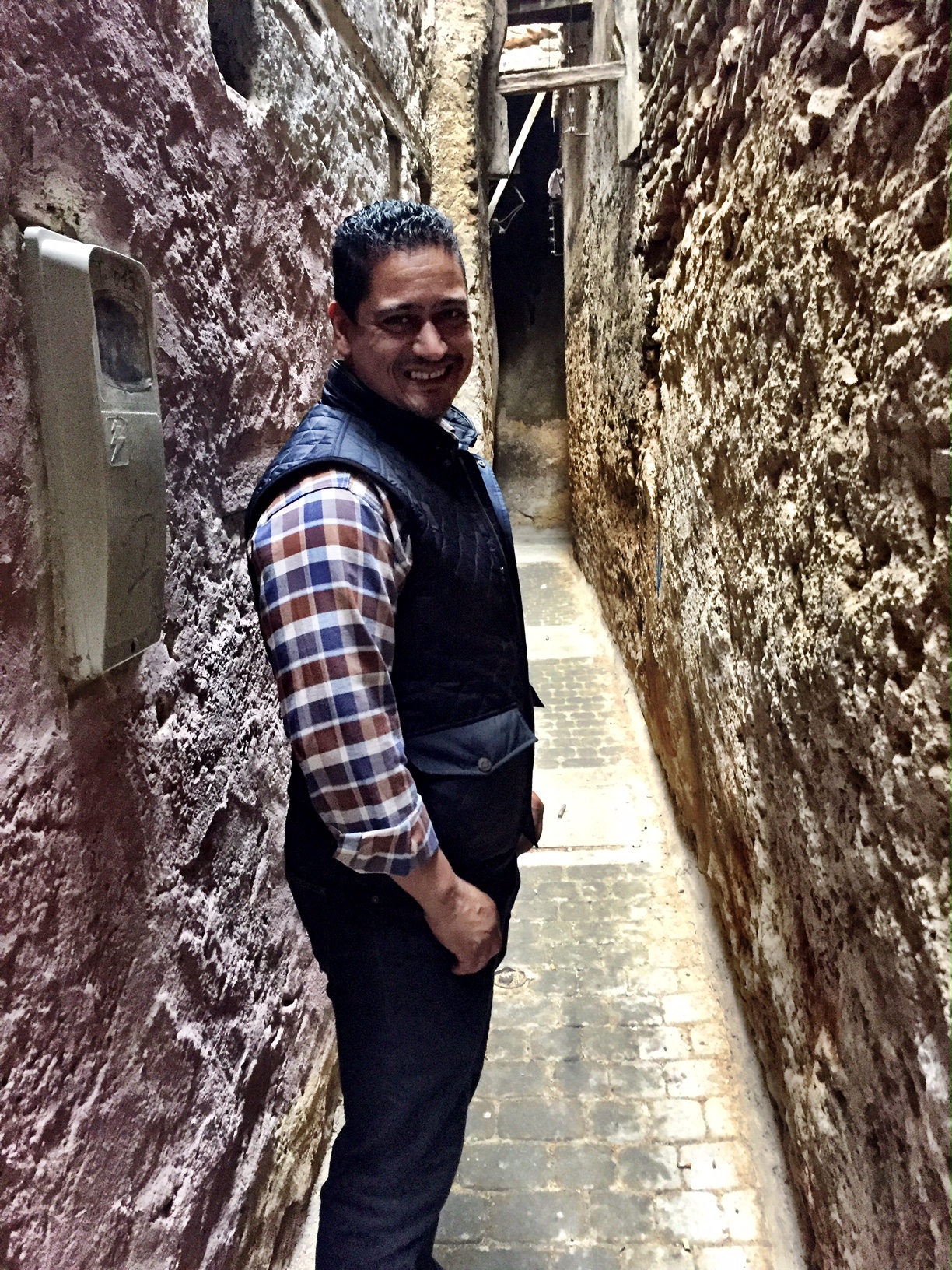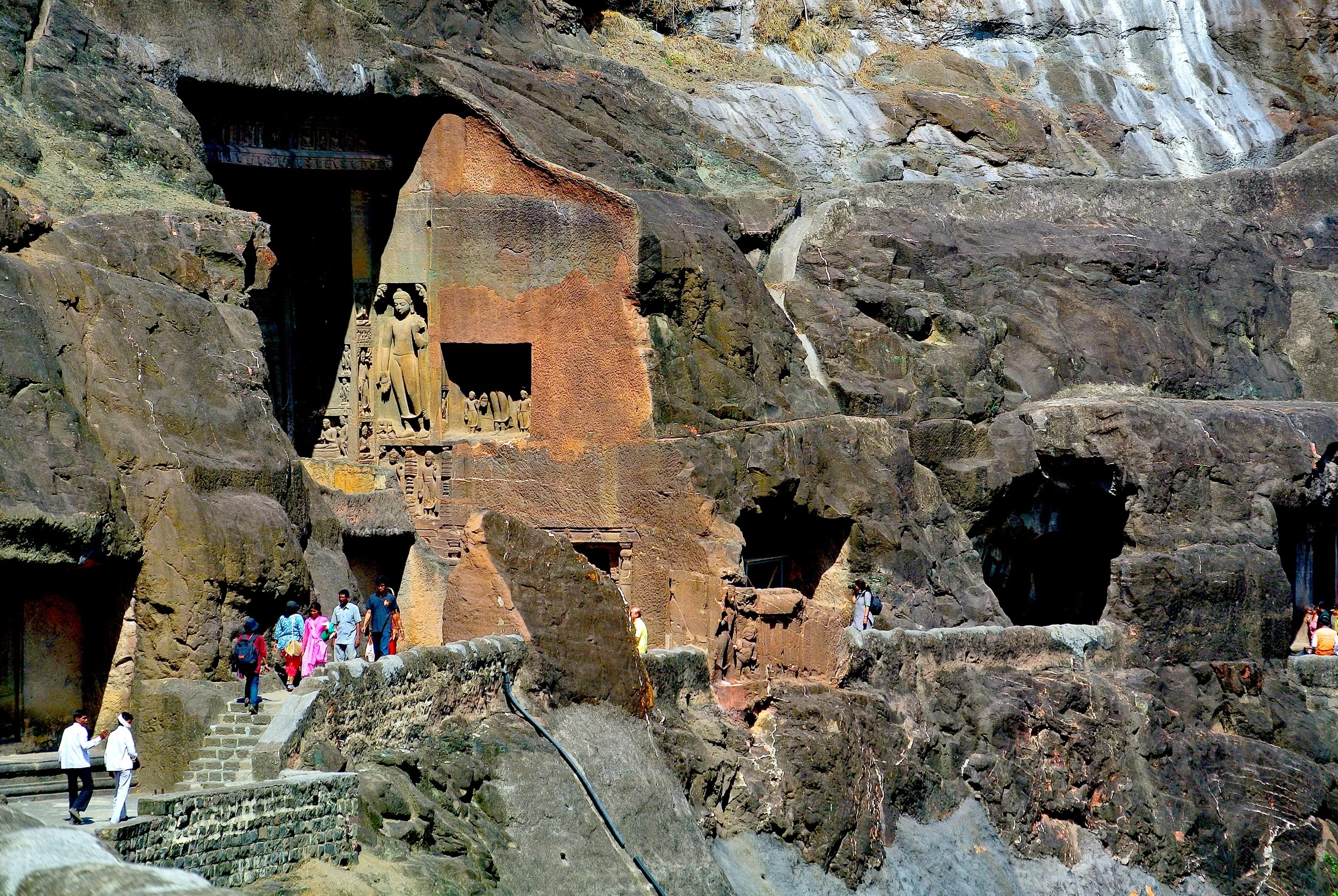Looking for Mexico City hotels? Book one of the color-themed suites at this charming and chic boutique hotel in one of CDMX’s safest neighborhoods.
The back courtyard of Ignacia, with its cactus garden and fountain, lies between the old house and the new suites
In Chicago it had begun to feel a lot like winter and we’d already experienced our first snowfall. So the opportunity for Wally and I to temporarily escape the cold weather for sunshine and 70-degree temperatures in Mexico City (aka CDMX) was just what the doctor ordered.
The staff serves up a different cocktail each evening at this al fresco bar
The Ignacia Guest House
The first thing I do when planning a trip is secure lodging. In my research, I had discovered a couple of charming neighborhoods, or colonias — one of which was Colonia Roma.
This charming tree-lined neighborhood, filled with a mix of Neoclassical, Art Nouveau and Art Deco architecture, is the setting for Alfonso Cuarón’s latest movie, the critical darling Roma. Located on Jalapa Street, one of these historic gems is the Ignacia Guest House, which was our home away from home for five nights. The stylish boutique hotel takes its name from its former beloved housekeeper Ignacia, who lived and worked at the house for more than 70 years.
This woodcut, off the check-in area, shows the beloved housekeeper-cook-nanny Ignacia as a young woman
And here’s the other woodcut of Ignacia, as an older woman. Note the signature cows below
Inside the former estate, the palette is restrained to pale pink-colored walls, which truly allows the custom furnishings, lighting and artisanal objects chosen by interior designer Andrés Gutiérrez to shine.
The front sitting room at the hotel
A variety of magazines and other publications are available
(Make sure to check out the super-chic bathroom with its oxblood channel tufted wall panels and illuminated vanity mirror located next to the reception desk — you’ll thank me later.)
On every trip I become obsessed with a particular item, and in this case it happened to be the burnished terra cotta vacas, or cows, that could be seen atop the console table beneath a woodcut image of Ignacia in the main house and on the countertop of the patio bar. Romina Argüelles, one of the guest house managers, told us that the artisans who make these only create one or two per year. Needless to say, there’s quite a waiting list.
Across from the breakfast seating area is the small library
Elements of the historic mansion, which dates to around 1913, have been lovingly preserved and restored, including the window frames, doors, wood floors, ornate plasterwork and pressed tin moldings. That’s thanks to Fermín Espinosa, architect and cofounder of Factor Eficiencia, a Mexico City-based design and construction firm. While the common rooms have been repurposed, the largest and most luxurious suite, Negra, is the only one located in the former mansion and is connected to the additional rooms by an enclosed steel and glass corridor.
This glass corridor leads from the original house to the new modern wing
Between the two structures is an intimate central courtyard patio containing cacti typical of Oaxaca, with ivy-covered walls and a rectilinear steel-clad fountain gently gurgling in the middle. The garden also contains a pair of majestic orange trees planted by Ignacia herself after she began working at the house in 1929.
Looking down upon the courtyard patio
Wally and Duke, mimicking a shot they had seen of a gay couple taking wedding photos the day before
The view from our room’s door. You can see Ignacia’s orange trees to either side, along with the balcony of the Negra suite
The modern two-story addition stands just beyond the original home and is a geometric combination of glass and steel where the other four monochromatic suites, Rosa, Amarilla, Azul and Verde, are found. The palette was inspired by Ignacia’s memories of growing up in the town of Guerrero.
Breakfast is made daily from scratch in the kitchen, the recipes culled from Ignacia’s extensive repertoire. Each breakfast comes with freshly squeezed orange juice, a choice of coffee or espresso drink, seasonal fruit with muesli, yogurt and honey, and a basket filled with buttery puff-pastry orejas — as well as a main dish. One nice touch: They remembered how we liked our coffee the following morning, and every morning thereafter, bringing me a café americano and Wally his latte with leche light, the local colloquialism for reduced fat milk.
Where breakfast is served each morning
The curlicue pastries they call orejas, or “ears,” a main dish (this one with cecina, rehydrated salted dried beef) and coffee
Another delicious breakfast from Ignacia’s recipe book
After our first breakfast, the delightful Romina checked in with us to see how our flight was and gave us a quick tour of the guest house, pointing out the two woodcut portraits of Ignacia by the artist Pau Masiques and commissioned by the property’s co-owner Gina Lozado. One depicts the Ignacia at the age of 16, the other at 87. “She was the heart of the home,” Romina told us. As she finished the tour, she let us know that cocktail hour is held between 5-7 p.m. “Maybe we’ll have some local snacks,” she said with a grin. I had a sneaking suspicion of what that might mean.
The Azul room
Azul Like It
We stayed in the Azul suite located off the central courtyard to the left. Our room included a screen print of the Castillo de Chapultepec by graphic designer Miguel Alpulche and maple flooring with inlaid dark walnut arrows that led us to guess, correctly, that it was reclaimed from bowling alley lanes!
There’s plenty of storage in the rooms, including this dresser
A Nespresso machine sat atop the dresser and we were told that the television is set up with Netflix, a nice feature we didn’t bother to use. There’s artesian bottled water from Casa del Agua adorned with line drawings of whimsical steampunk contraptions (never drink the local water, and use bottled water even when brushing your teeth!), and natural bath products by CDMX brand Loredana inside the bathroom, which is covered floor to ceiling in Carrara marble.
When we visited in November, the weather was in the 70s, so we spent a lot of time in the courtyard
Courtyard Cocktails and Our First Crickets
The courtyard patio was also where we returned in the evening to enjoy cocktails and snacks at the bar. Our first evening, the cocktail was a refreshing combination of freshly squeezed fruit juice, mezcal and an ancho chile liqueur rimmed with sal de gusano, pulverized maguey worms with chili powder, and garnished with a sprig of mint, which reminded me of the rebujitos Wally and I enjoyed in Seville during Feria.
We struck up a conversation with Magda Navarrete, another one of Ignacia’s managers, who asked if we’d be interested in trying a local snack. I perhaps too eagerly agreed. When she returned from the kitchen, she had a small ramekin filled with crispy, salted chapulines, or grasshoppers. She was so endearing, we figured what the hell, we might as well try it.
I popped the grasshopper into my mouth. “Respect!” Magda called out. Wally, meanwhile, grimaced as he swallowed his chalupine. “It’s not bad — except when you feel the little legs catching on your throat,” he said.
If you’d prefer to embark on a hands-on culinary adventure, you can take a cooking class and spend the day with chefs Beto Estúa and Jorge Fitz at Casa Jacaranda, located in the same building as the Ignacia.
Duke and Wally imitating Ignacia’s pose
With so much to see, it was impossible for us to fit everything on our original itinerary into one trip. Wally and I are already dreaming of our next visit to CDMX and staying in one of the suites at 208 Jalapa Street. And while the spirit of Ignacia may have lent the property its character, it was the incredible staff that made our experience memorable. –Duke
A chic and friendly option in one of the safest neighborhoods in Mexico City
Ignacia Guest House
Jalapa 208
Roma Norte
06700 Ciudad de México
CDMX
México


